

















































































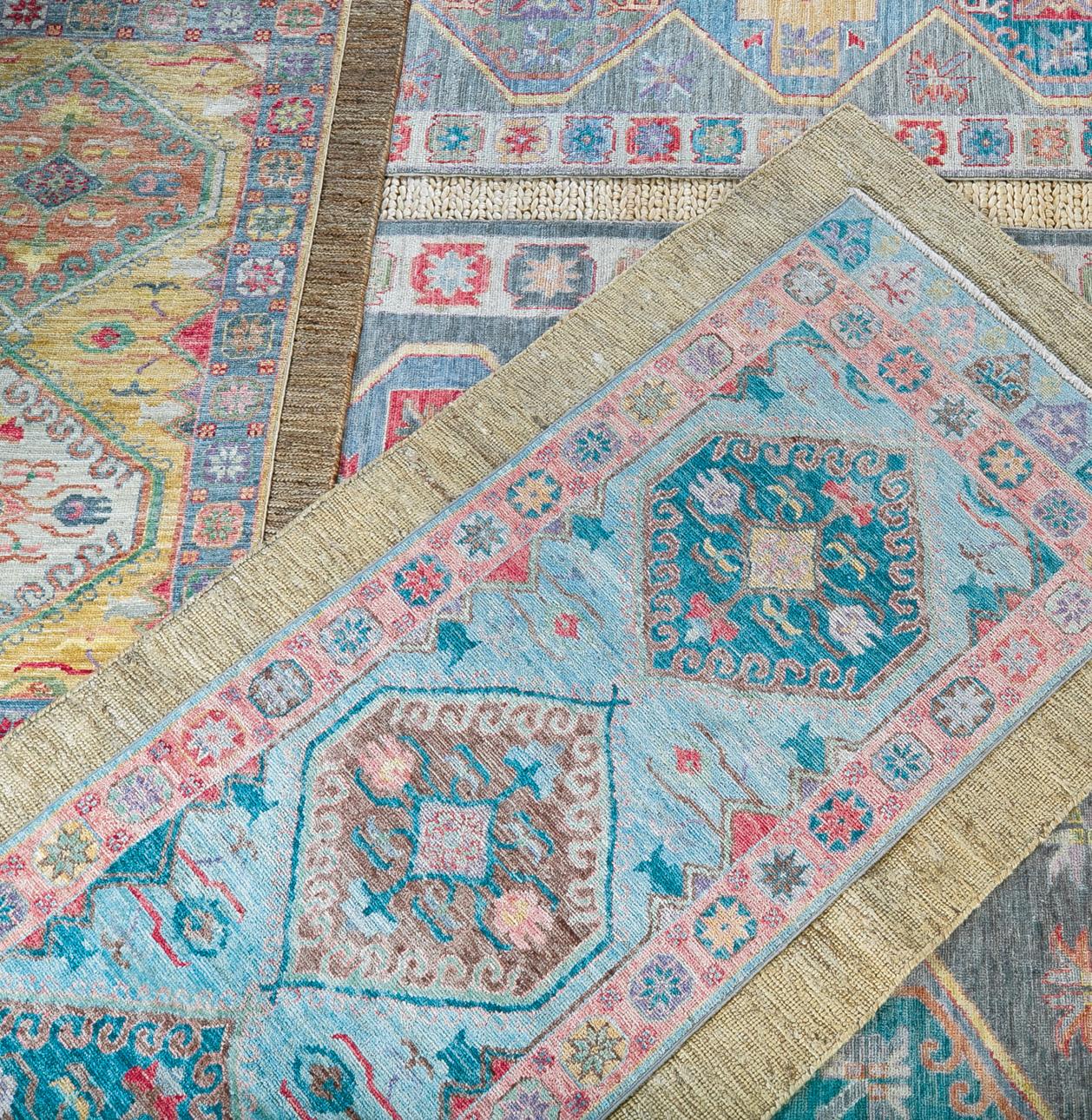




















































































Green Front has been importing rugs from around the world since 1968. Each rug is distinctly unique and made by an artisan whose loom has been producing hand-knotted rugs for generations.
As the holiday season quickly approaches, add the soft, textured feel of these storied rugs as you prepare for guests or if you need a meaningful gift. Flooring is the foundation of any beautiful room. Start with a great rug and the rest will fall into place.
Visit today to find the piece that will warm your home in time for the holidays.
 Turkish OUSHAK designs hand knotted in Pakistan over Jute Rugs
Turkish OUSHAK designs hand knotted in Pakistan over Jute Rugs
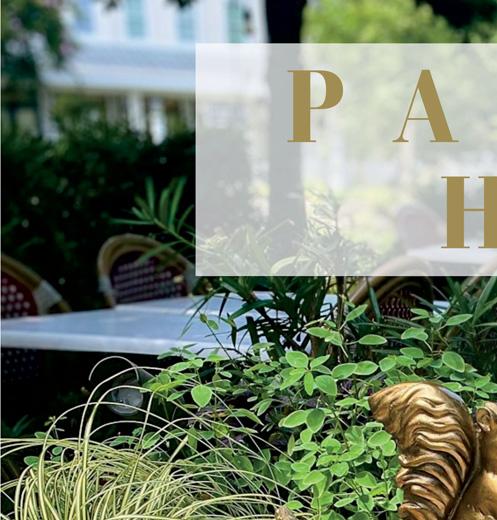




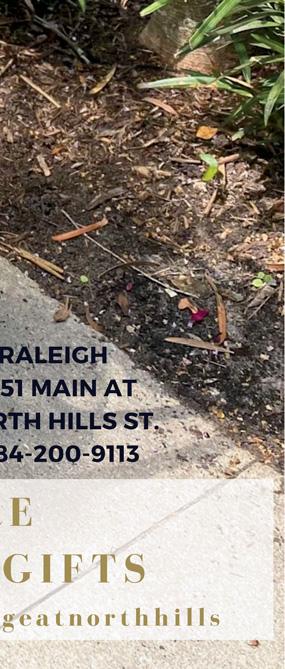












OUR TOWN
31VAULT: Country Crooners
A spotlight on female musicians at the history museum
35 ART: Sacred Figures Sculptor Cristina Córdova
39MUSIC: Sound Scenes

Jason Graves creates the tracks for video games like Fortnite
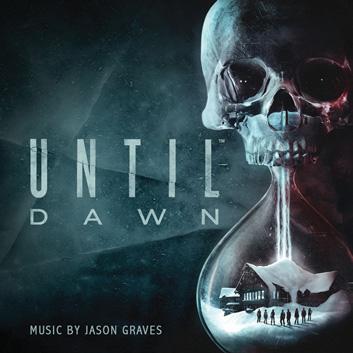
43NATURE: The Pumpkin Spider This orange-and-black arachnid is often seen near Halloween
47CREATORS: Leaning Into Purpose The other side of Scott Avett
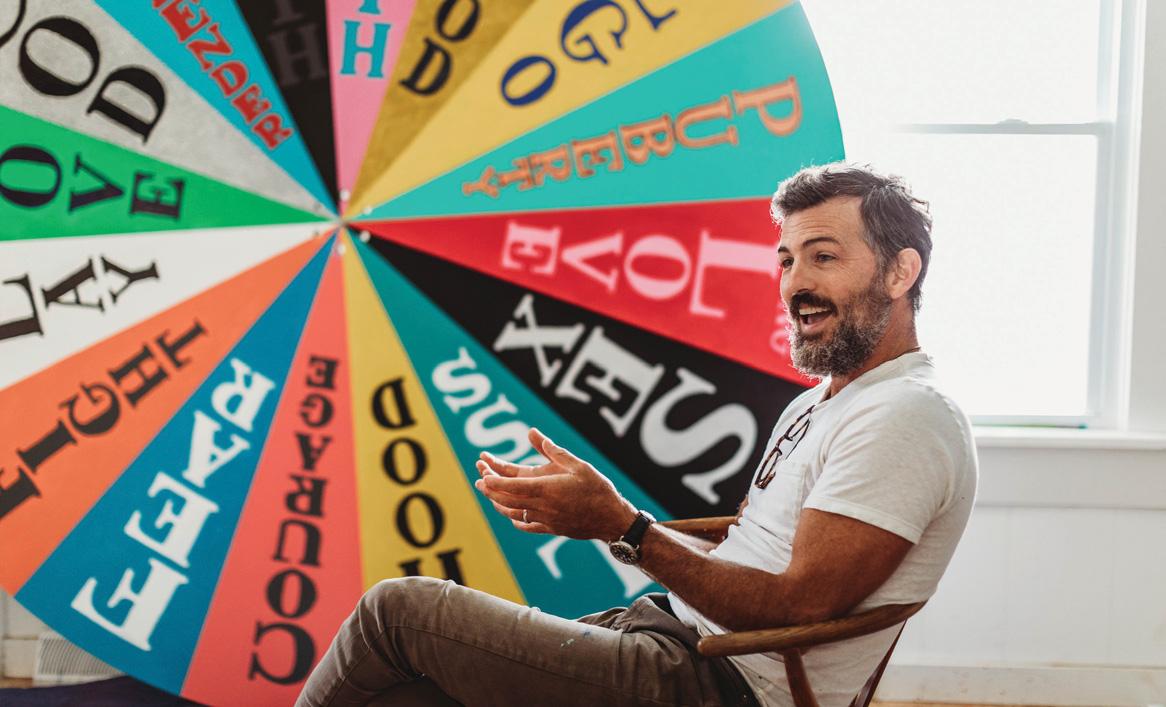
52 SIMPLE LIFE: Coach & The Bull Two influential teachers
54 FICTION: Candles Solace turns to fear in the Raleigh City Cemetery


61 Stairs at Weymouth by Maureen Sherbondy illustration by Thom Middlebrook
62 Conscious Modern Bridging contemporary design with period nods in Oakwood by Ayn-Monique Klahre photography by Keith Isaacs
70 Life, Collected
A Raleigh artist fills her space with personal, curated finds by Ayn-Monique Klahre photography by Taylor McDonald
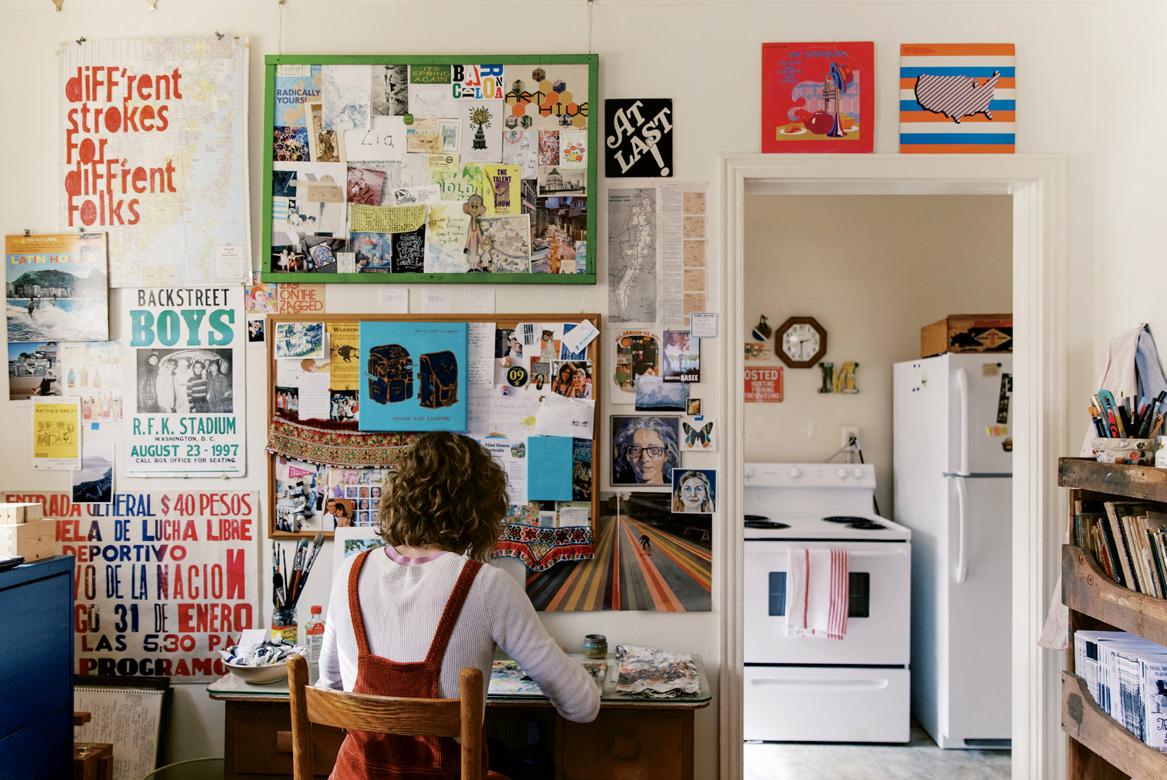
76 Sowing Seeds
A couple’s love of gardening extends beyond their borders by Helen Yoest photography by Liz Condo

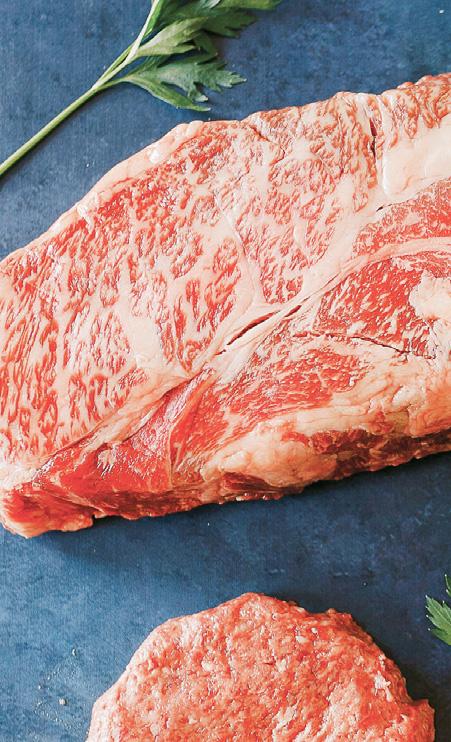



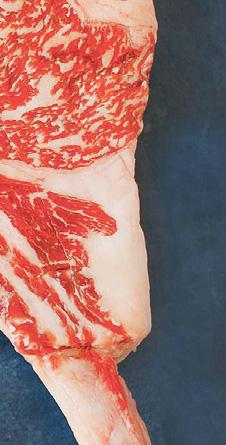

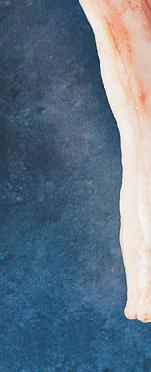





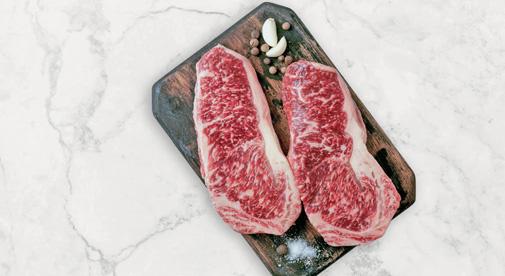









Ijust went to the post office to mail my wedding veil to my sister. She wore it to her wedding five years ago, and (thinking that it was in her attic) had offered it as “something borrowed” to a friend who’s getting married next week. So right now the veil is in a box trucking its way up to Washington, D.C., and soon it will be in her suitcase, on an airplane headed for Greece! It’s especially fitting, because in October she and I both celebrate our wedding anniversaries.

This is a big month for us: we also have both of our daughters’ birthdays. (Wish me luck — I’ll officially have a “tween”!) Plus, there’s my mom’s birthday and my good friend Bailey’s birthday: this year, she turned 40, so we used it as an excuse to plan a visit to her native South Africa over the summer.
After two years of traveling mostly by car, and mostly within the eastern United States, the idea of traveling across the world was thrilling… and daunting. Did we know where our passports were? How would we all do on a 15-hour flight? Would our kids get along with her kids, whom they’d never met?


I needn’t have worried. We clicked right into travel mode, me bursting with pride watching my girls wheel their own suitcases through the airport. And once we got there, it was amazing. The landscape, the culture, the food, the people.
“Why does everyone here have an accent?” asked my youngest. “Honey, it’s you who has the accent here,” I replied.
We spent five days at Bailey’s family home in Kruger National Park. Each morning we’d get up at dawn, grab coffee and drive around to look at zebras, giraffes, elephants and lions. We’d eat breakfast overlooking a dry riverbed or watering hole, head home for lunch and naps, then repeat the drive in the afternoon, swapping the coffee for cocktails. Our children were instant best friends, giggling in the back of the vehicle and digging in the dirt. The back half of the trip we explored Cape Town and Johannesburg, sampling the city life.
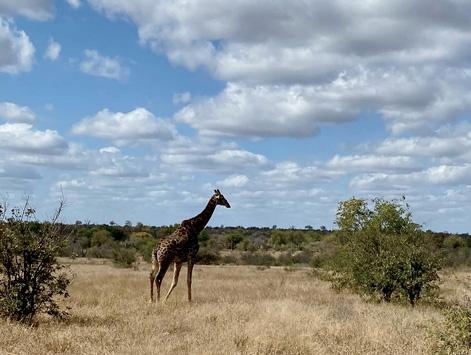
We returned with our carry-ons full of treasures. I have a leopard-patterned dish towel in my kitchen, my oldest has a collection of tiny giraffes and my youngest says that today is her stuffed lion’s birthday (another birthday!).

We’re all trying to hold on to our sense of wonder from our travels, to invite it to live among the other souvenirs, photos and mementos from the special moments and people in our lives.
Ayn-Monique Klahre Editor



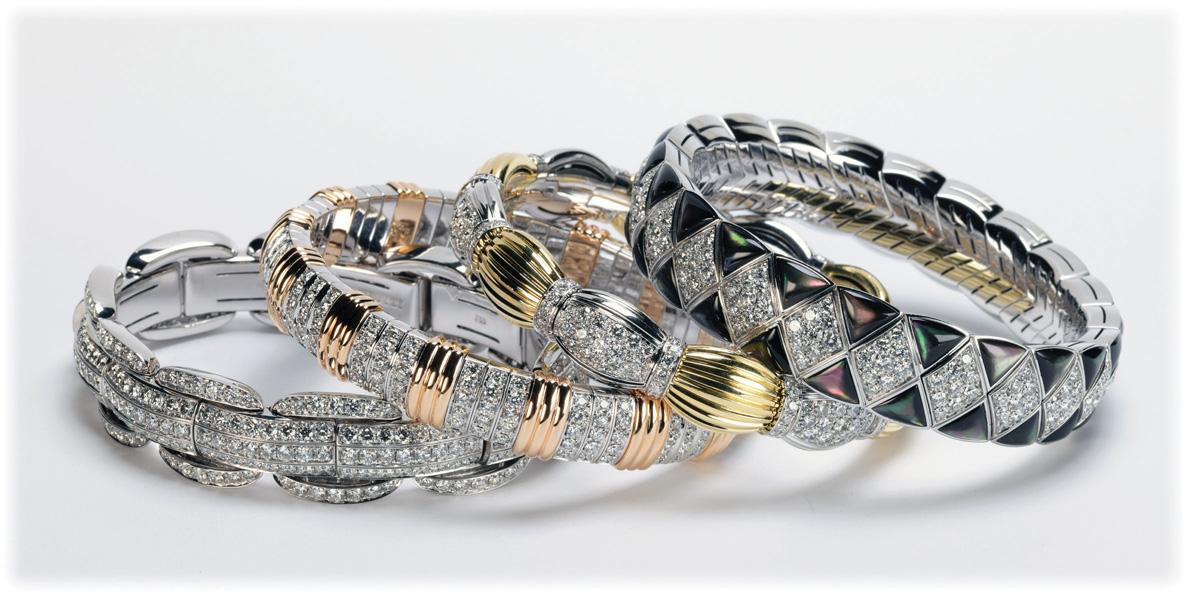

EDITORIAL
Editor
Beethoven
FRI/SAT, OCT 14-15, 2022 | 8PM
Rachmaninoff
Concerto No. 2

FRI/SAT, OCT 21-22, 2022 | 8PM
Concert Sponsor: Roux MacNeil Studio
FRI/SAT, NOV 4-5, 2022 | 8PM
FRI/SAT, NOV 18-19, 2022 | 8PM
AYN-MONIQUE KLAHRE ayn-monique@waltermagazine.com
Creative Director
LAURA PETRIDES WALL laura@waltermagazine.com
Associate Editor ADDIE LADNER addie@waltermagazine.com
Contributing Writers Wiley Cash, Jim Dodson, Mike Dunn, Hampton Williams Hofer, David Menconi, Mamie Potter, Liza Roberts, Maureen Sherbondy, Helen Yoest
Contributing Copy Editor Finn Cohen
Contributing Photographers Mallory Cash, Liz Condo, Keith Isaacs, Taylor McDonald, Bryan Regan, Kevin Seifert, Alex Williams
Contributing Illustrators
Brian Hubble, Thom Middlebrook, Gerry O’Neill
PUBLISHING
Publisher
DAVID WORONOFF
Advertising Sales Manager
JULIE NICKENS julie@waltermagazine.com
Senior Account Executive & Operations CRISTINA HURLEY cristina@waltermagazine.com
Events Manager
KAIT GORMAN kait@waltermagazine.com
Finance STEVE ANDERSON
910-693-2497
Distribution
JACK BURTON
Inquiries?
WALTER OFFICE
984-286-0928
Address all correspondence to: WALTER magazine, 421 Fayetteville Street, Suite 104 Raleigh, N.C. 27601
WALTER is available by paid subscriptions for $25 a year in the United States, as well as select rack and advertiser locations throughout the Triangle. Subscribe online at waltermagazine.com/subscribe
For customer service inquiries, please email us at customerservice@waltermagazine.com or call 818-286-3118.
WALTER does not accept unsolicited manuscripts.
Please contact Ayn-Monique Klahre at ayn-monique@waltermagazine.com for freelance guidelines.
Owners
JACK ANDREWS, FRANK DANIELS III, LEE DIRKS, DAVID WORONOFF In memoriam FRANK DANIELS JR.
© WALTER magazine. All rights reserved. No part of this publication may be reproduced in any form without the express written consent of the copyright owner. Published 12 times a year by The Pilot LLC.

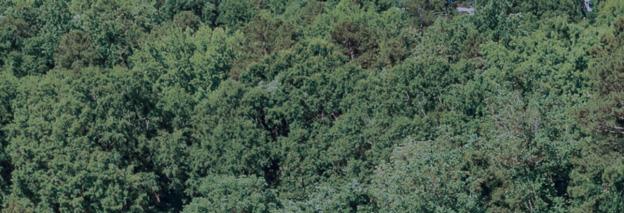



Keith Isaacs is an architectural photographer based in Raleigh. His work has been featured in ARCHITECT Magazine, Architectural Digest, Dezeen, Dwell, Domino and Wallpaper, among others. “It’s always a joy capturing modern homes in historic neighborhoods that successfully manage to walk the line between old and new. The Bailey family is a wonderful bunch, to boot!” Find more of his work at isaacsphoto.com
THURSDAY 5PM-8PM OCTOBER 27




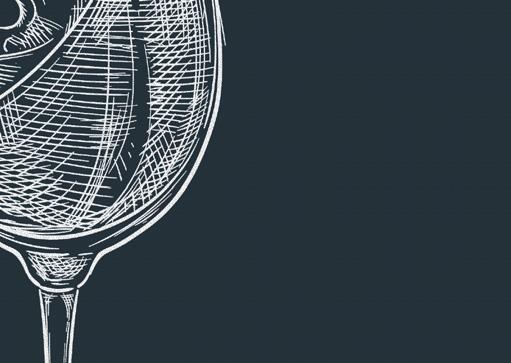
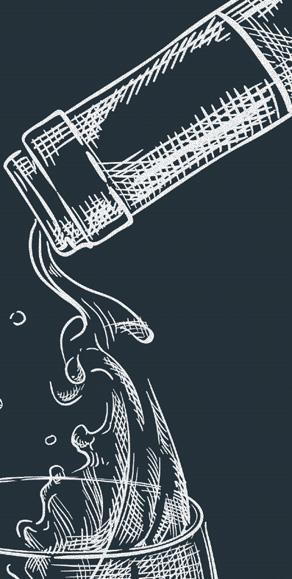
Mamie Potter is the accounting manager at Builders Unlimited, Inc. and a long-time volunteer and bookseller at Quail Ridge Books. She lives in Raleigh where she spends her free time reading, writing stories and taking FaceTime photographs of her three grandchildren. “The idea for the ghost story in this month’s issue came to me in a writing workshop, and the good doctor has haunted me every day since.”
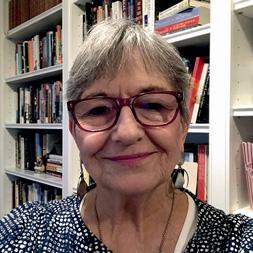
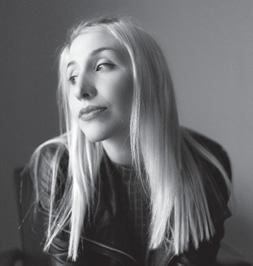
Helen Yoest has spent a lifetime caring for the environment through nature, gardening, writing, publishing, speaking and in her corporate career as an air pollution engineer. “When I visit a garden like Karen Stratton-Guy and David Guy’s Wake Forest garden, I know all’s good in the world. Each of us can make a difference!” Learn more about her work at beebetternaturally.com.

Taylor McDonald grew up in Raleigh. She graduated from The Savannah College of Art and Design in 2015 with a BFA in Photography. After school, she moved back to the Triangle to start her own business. In her free time, she loves shooting personal projects with her film camera. “Creatives leave clues to their artistry in the spaces they keep. Megan O’Connor’s home is an oasis for the creative mind. Her space tells her visitors just who she is: an artist.” Learn more about her work at taylorelizabethmcdonald.com
 Courtesy contributors
Courtesy contributors
“What a fabulous article about the Equinox Moon Party. Lori truly captured the spirit of the event. I am overwhelmed with how well she conveyed an ambiance in words.”
We heard from many of you about our tribute to our late owner, Frank Daniels Jr...

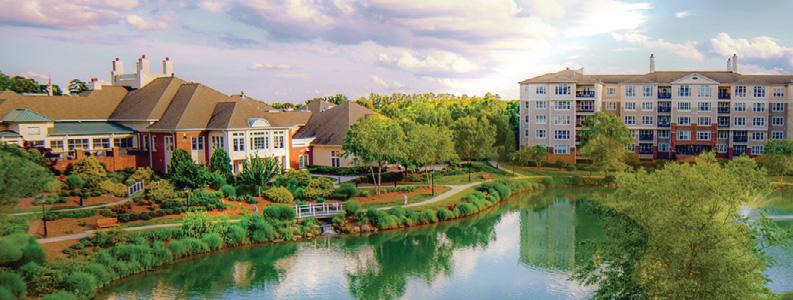
“Thank you for the wonderful stories about Frank Daniels Jr., my friend and mentor, and Webb Simpson, the son of an old acquaintance. In these days of so many feeling ‘entitled,’ it is nice to read of a young man whose priorities are in order. And there won’t be another Frank Jr.! He was the best friend anyone could ever have.”
 — Alice Watkins
— Alice Watkins
“I do love articles that show other sides of people who have led fairly public lives — Jenkins did a great job!”
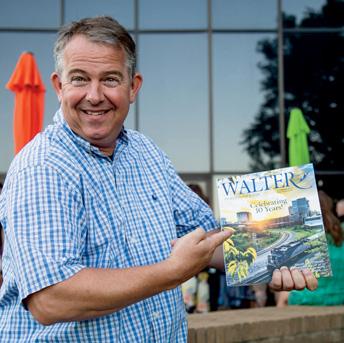
“Along with Mr. A.C. Snow, gone but not forgotten.”
— Teresa Davis





NOTED

Oct 8 | 11:30 a.m. - 6:30 p.m.
North Carolina is home to eight recognized American Indian tribes: the Coharie, the Haliwa-Saponi, the Eastern Band of Cherokee Indians, the Lumbee Tribe of North Carolina, the Meherrin, the Occaneechi Band of the Saponi Nation and the Sappony. The second annual Inter-Tribal Pow Wow at Dix Park’s Big Field will celebrate the legacy of each of these tribes. Dix Park Conservancy community engagement manager Trey Roberts, who is a HaliwaSaponi tribal citizen, says the land that’s today known as Dix Park used to be a popular area for hunting and gathering. “It’s one of my passion projects. When I learned that the land was used as a gathering space for tribes, it became important to bring that element and the live culture to the park,” he says. Last year’s event exceeded his expectations: “We had between four and five thousand people there, 80 dancers and 25 native vendors. The day was incredible.” He expects to match that energy this year with dancing and drumming led by local tribe members, vendors selling handmade items, friendly competition and the tribal regalia specific to each tradition and performance. The day offers a fun, respectful and educational way to experience the history and culture of our state. Free; 101 Blair Drive; dixpark.org

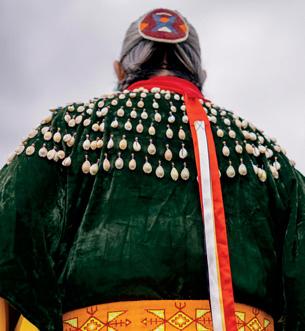

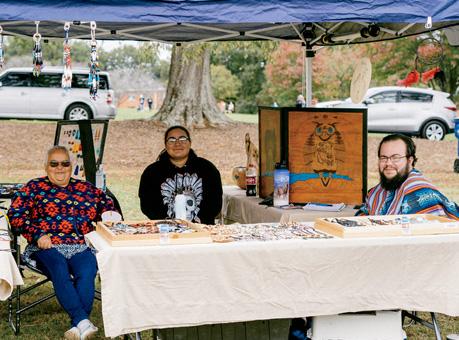

All month | 9:30 a.m. - 5:30 p.m.
Hear ye, hear ye: the Carolina Renaissance Festival returns for its 29th year, featuring all the jousting, feasting, falconry and general time-warp fun you can handle. It runs Saturdays and Sundays through November 20 in Huntersville (about two and a half hours from Raleigh). In addition to Renaissance-era activities, performances, beverages and food there will be more imaginative performers on hand, including swimming mermaids, dragons, swordsmen, acrobats and jugglers — and plenty of other costumed characters. From $20 for children, $32 for adults; 16445 Poplar Tent Road, Huntersville; carolina.renfestinfo.com
Oct. 1 | 5:30 - 8:30 p.m.
You don’t have to travel far to experience a true Mediterranean evening in lush
gardens along the water — just to Apex. Sassool will host its inaugural new Fig Mint Farm dinner on Oct. 1 at its event space complete with a verdant herb garden, idyllic pond, nature trails and dense pine forests. Start the evening with mintinfused cocktails (think: mojitos and lemonade) and appetizers like Caprese salad, spanakopita and fried cauliflower while you enjoy jazz music, a belly-dancing performance and yard games. The herb- and vegetable-forward plated dinner features salmon, spiced rice and stewed eggplant, followed by dessert. $100; 1501 Two Pond Lane, Apex; search “Fig Mint Farm” on eventbrite.com
Oct 1- 2 | See website
Kate Hamill’s stage adaptation of Pride and Prejudice wraps Jane Austen’s iconic novel into a boisterous two hours of comedy and romance exploring the intricacies of independence and love. Raleigh Little
Theatre’s fast-paced and bold retelling of headstrong Elizabeth Bennett and ineffable Mr. Darcy’s slow-burn romance will leave hardcore Austenites and newcomers alike in want of more. From $23; 301 Pogue Street; raleighlittletheatre.org
Oct 7 & 8 | 8 p.m.
In this lofty collaboration, the instrumentalists of the North Carolina Symphony provide live accompaniment for the high-flying dancers of Troupe Vertigo. These elegant aerialists and acrobats will perform a unique circus dance show choreographed to the soaring classical melodies of Mussorgsky, Stravinsky and more. From $30; 2 E. South Street; ncsymphony.org
Oct. 11 - March 12 | See website

Durham-based photographer Titus

Brooks Heagins will present Titus Heagins: I Still Love You… in the main gallery at CAM Raleigh. The photos are a series of portraits of trans women that Heagins took in Cuba over the course of 10 years, as he built intimate relationships with them and their families. The exhibit will be guest-curated by Chase B. Quinn, curator of education and programs at The Gibbes Museum of Art in Charleston. “Through intimate, cinematic portraits, the exhibit situates the lives of trans people living in Cuba within the broader human experience, tinged at once with all of its timeless themes of love, loss and longing,” says Quinn. The exhibit opens on National Coming Out Day, with programming over the next few months to highlight LGBTQIA issues. While you’re there, check out work by Asheville-based portraitist Ursula Gullow, Raleigh-based photographer and mixed-media artist Joseph Rafferty, and artist and graphic designer Lincoln Hancock, who’s also from Raleigh. Free admission; 409 W. Martin Street; camraleigh.org
Oct. 11 - 16 | 7:30 p.m.
North Carolina Theatre will take you to heaven with their long-awaited production of Sister Act, a stage-musical comedy adapted from the 1990s hit film of the same name starring Whoopi Goldberg. When disco diva Deloris Van Cartier witnesses a mobster murder, she’s forced to hide out in a convent with a spiritless choir of nuns. Making the most of her new venue, Delores teaches the nuns to rock out, raise their voices and embrace the power of sisterhood. “I can’t wait for our NCT audiences to experience Robert Hartwell’s roof-raising rendition of Sister Act. Featuring some of our most incredible local performers in leading roles, we have an unbelievably talented cast from Broadway and the Triangle,” says producing artistic director Eric Woodall. “Come celebrate the fact that music ties us all together!” From $32; 2 E. South Street.; nctheatre.com
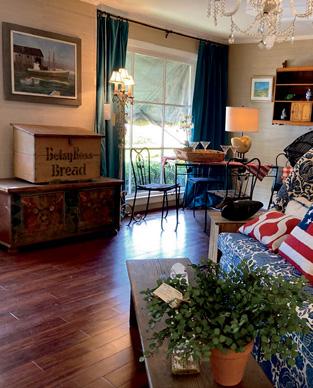
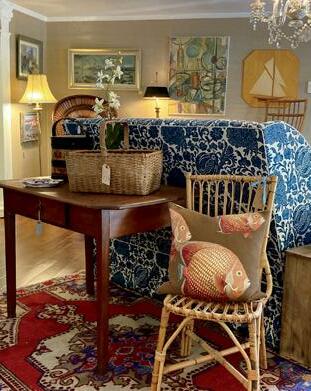


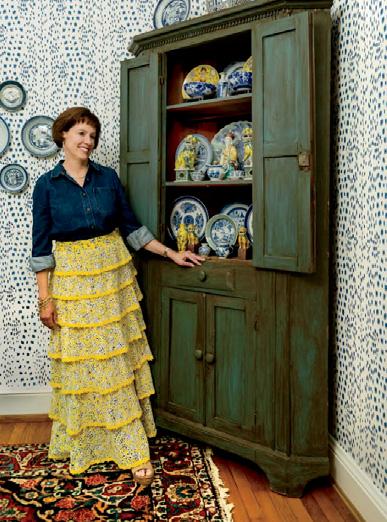
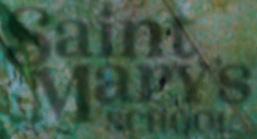



GHOSTBUSTERS
Oct 12 | 6:30 - 8:30 p.m. Who you gonna call? How about your friends and family, to watch Ghostbusters: Answer The Call for Spooky Movie night in Fenton Square, sponsored by Paragon Theaters. Bring a blanket or comfy portable chair to watch an all-star cast of Melissa McCarthy, Kristen Wiig, Chris Hemsworth, Leslie Jones and Dan Aykroyd show off in this 2016 reboot of the classic sci-fi comedy. Pack a picnic, or make an early reservation at a nearby restaurant like Colletta or M Sushi. Free; 21 Fenton Main Street, Cary; fentonnc.com
NORTH CAROLINA STATE FAIR
Oct. 13 - 23 | See website
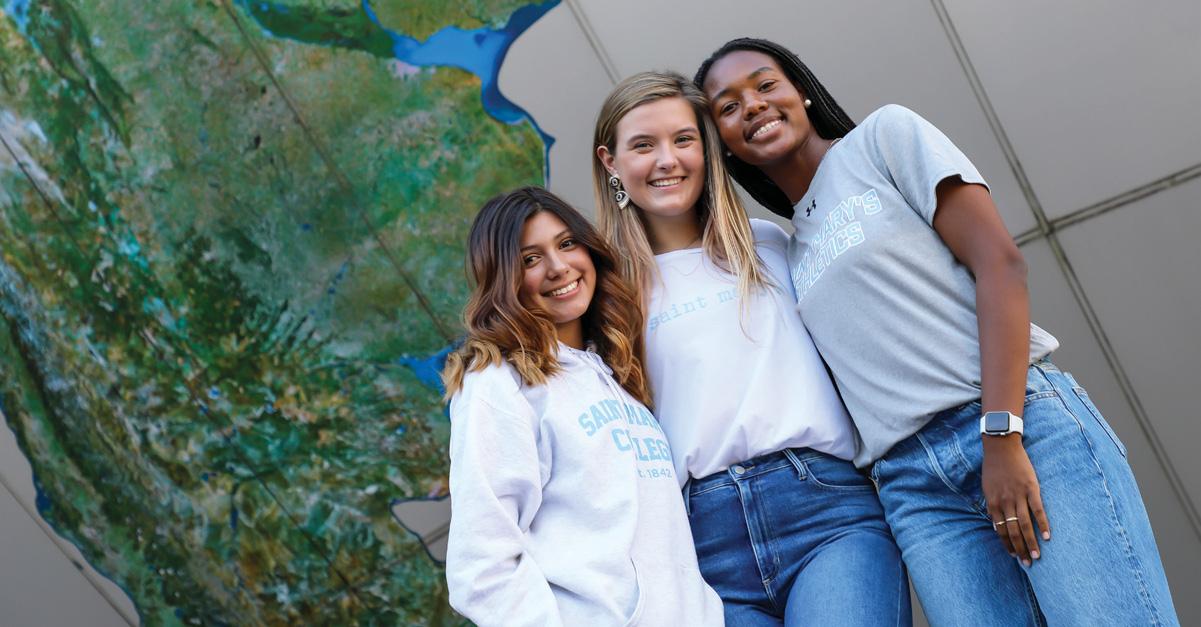
North Carolina’s farmers and artisans provide us with so much of what makes our state special — from the fresh greens we prepare for dinner to the beautiful pottery we serve it in.

Oct. 7 - 9 | see website



NOTED

The North Carolina Museum of Art’s West Building will reopen the first weekend of October. “We are thrilled to welcome visitors to a completely reimagined presentation of the People’s Collection,” says Valerie Hillings, CEO and director of the NCMA. “The updated collection galleries showcase broader representation and fresh perspectives through new works of art, interactive installations and thematic galleries.” To celebrate, the museum will offer free admission to its new exhibition, A Modern Vision: European Masterworks from the Phillips Collection. In addition, there’ll be a NC Artists Party Friday night, block party on Saturday and performances on Sunday. “We look forward to celebrating with North Carolina residents as their state art collection is rededicated to them,” says Kari Stoltz, president of Bank of America of the Triangle, which is the weekend’s opening partner. Free; 2110 Blue Ridge Road; ncartmuseum.org

Celebrate these folks at the N.C. State Fair, where for 11 days you can find carnival rides, interactive educational displays, live music and more. Grab a bite of classic fair fare (turkey legs! Fried Oreos!) while you enjoy a folk dance show or a garden display. Or catch the awards ceremonies for competitions in everything from needlecraft to winemaking to calf rearing — not to mention the Great Pumpkin Weigh-Off, just in time for Halloween! From $5; 4285 Trinity Road; ncstatefair.org
Oct. 13 | 6 - 8 p.m.
Led by longtime Raleigh jazz musician, composer and teacher Dr. Gregg Gelb, the Triangle Youth Jazz Ensemble is offering a free performance at Moore Square this month, part of the Downtown Raleigh Alliance and City of Raleigh’s Jazz in the Square series. “Our team was blown away by the positive reception Jazz in the Square had last year, and we’re proud and excited to bring it back,” says DRA president and CEO Bill King. “The legacy of jazz in North Carolina is one we are truly honored to invest in for generations to come.” Grab a bite from Square Burger, a glass of vino from Short Walk Wines or take advantage of the on-site food and beverage options to complete this very classy evening out on the town. Free; 201 S. Blount Street; downtownraleigh.org
Oct. 28 | See website
In late October, pumpkins will set sail at twilight. Carved by community members and accompanied by local musicians, dozens of jack-o-lanterns sit atop trains of floats as kayakers row them across Cary’s Bond Park Lake. To add a pumpkin to the parade, carve one up and drop it off at the Bond Park Boathouse on Oct. 27. The evening also includes snacks and family-friendly Halloween activities. Free; 801 High House Road, Cary; townofcary.org
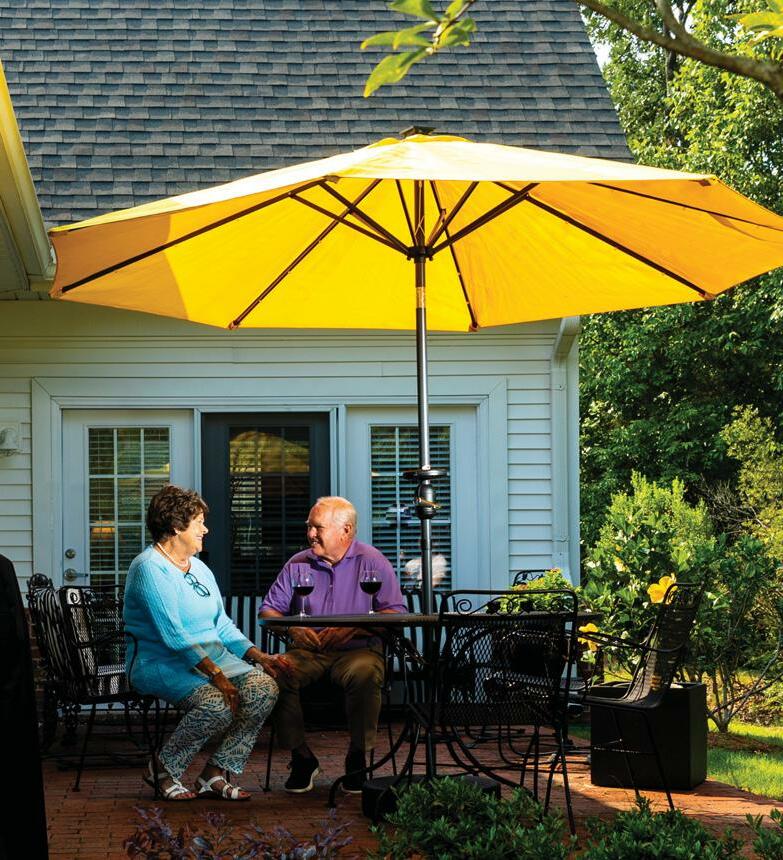
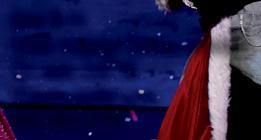


Restaurateur Angela Salamanca, owner of Centro, started the Day of the Dead 5K in 2012. Part race, part cultural celebration, this tradition began when some of her staffers asked to create an ofrenda, an altar to honor deceased loved ones for Dia de Los Muertos. It has grown into a race that benefits the Boys & Girls Clubs, starting at Centro on S. Wilmington Street and ending at a large ofrenda in the Historic Oakwood Cemetery. For the race’s 10th year, Salamanca has partnered with Brentwood Boys & Girls Club to receive donations and sponsor runners. The day will also include a kids’ race, costume contest, face painting, arts and crafts, and beer from Trophy Brewing. From $35 to run; 106 S. Wilmington Street; dayofthedeadrun.com
Oct. 27 | 6:30 - 8:00 p.m. NOTED







Did you know the bubbly you’ve long enjoyed over Sunday brunch or at wedding toasts might not actually be considered champagne? Only the Champagne region of France can claim that name — but there’s a breadth of effervescent wine drinks from the likes of Slovenia, Greece and Argentina that are just as delicious, according to Doreen Colondres, a chef, wine educator and owner of Vitis House Wine School. Colondres, who spent 20 years studying the world of food and wine while living in three different countries and visiting over 40 others, will be teaching
a class on how to select, pour, pair and cook with this classic celebratory wine. “It’s so beautiful to learn the story behind food and wine — the family, the history, the tradition. You gain more appreciation for what you are tasting or eating,” says Colondres. $99; 1053 E. Whitaker Mill Road; vitishouse.com


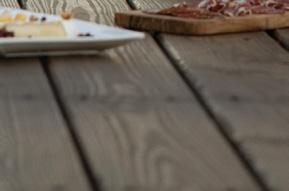



If nature has taught us anything it’s that time is precious. Good thing Come join us — and spend an afternoon touring our wineries. Exploring our mountains. Or filling your soul and your senses with food so fresh it’d make James Beard blush. So grab your keys. Reserve your favorite hotel. And experience the magic of time well spent.

Walkable 10-Stop


Cra Dra Crawl
 MOUNTAINS + MERLOT HOPS + HAPPINESS PUMPKINS + SPICE
MOUNTAINS + MERLOT HOPS + HAPPINESS PUMPKINS + SPICE


Abeautiful fall day. A group of friends gathered at the coast for an epic Friendsgiving feast. Sea bass instead of turkey. It was indeed a bold move, but Byron never had a doubt. Thanks to the zesty marinade, an attentive eye, and open-minded friends, it all worked out deliciously.

Reba McEntire’s outfit from the 1993 “Does He Love You” music video; the boots Emmylou Harris wore on the Blue Kentucky Girl album cover in 1979.

exhibit at the history museum highlights female musicians
by HAMPTON WILLIAMS HOFERCountry music’s not all about blue jeans, flannel and big belt buckles — we’ve got Dolly Parton’s custom butterfly-inlaid Gibson banjo, Emmylou Harris’ white floral boots and Wanda Jackson’s pinkfringed blazer to prove it. Starting on Oct. 28, The Power of Women in Country Music, an exhibition on loan from the Grammy Museum in Los Angeles, will make its temporary home at the North Carolina Museum of History. This comprehensive exhibition tells the stories of some 70 trailblazing female country artists who have left their marks on the genre over the past century. And it’ll be right at home here, where the NCMH has layered in special artifacts from several of North Carolina’s own pioneering women in country music.
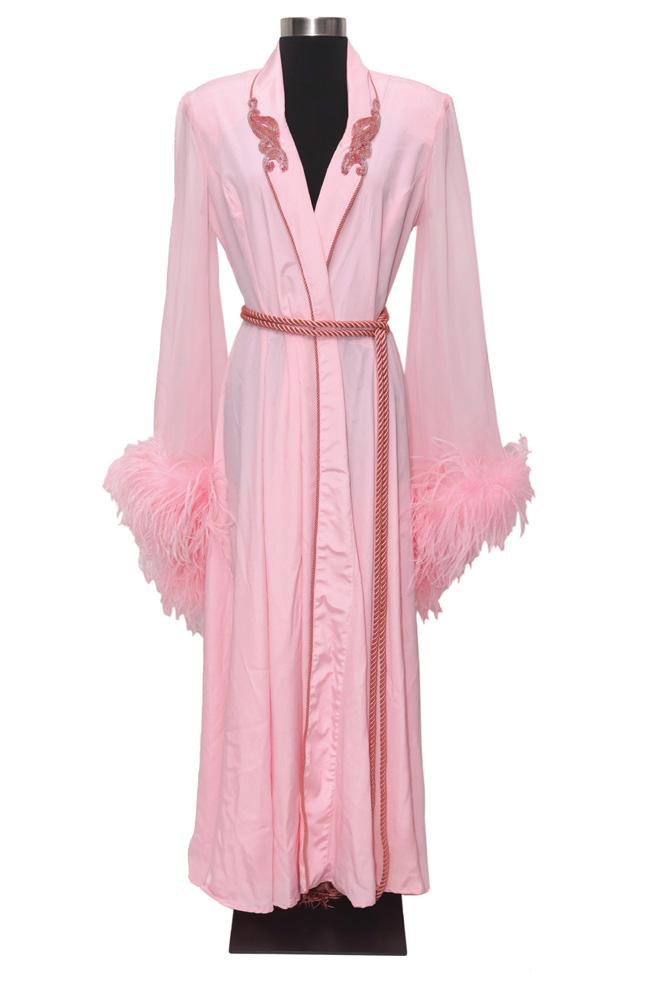
The exhibition is a record of artists who paved the way for
the ones to come. “I think visitors will find out amazing details about the artists they love, and also about the artists who those artists loved,” says Kelsey Goelz, associate curator at the Grammy Museum in Los Angeles. “Maybe you love Miranda Lambert, but did you know that she was inspired by Maybelle Carter’s unique way of strumming the guitar?” Female performers have also used their platforms to bring social issues to the forefront: Dolly Parton’s singing about working nine to five sounded lighthearted and catchy, but offered progressive lyrics for the time; Mickey Guyton’s 2020 hit “Black Like Me” confronted racism in a push for more diversity in country music.
With photos, handwritten lyrics and instruments, The Power of Women in Country Music celebrates not only the legendary groundbreakers, but also current stars like Maren Morris and


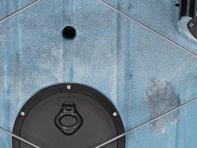

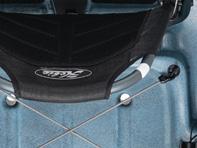

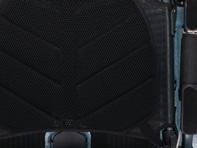





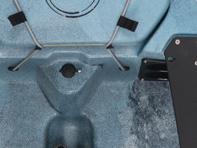
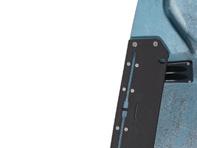




Brandi Carlile. Every item in the collection is on loan, and many of the women who own them have visited the exhibit. “It comes alive when they stop by,” Goelz says of the stars. “Many have cried to see their artifacts on display.”
One thing you’ll see is Shania Twain’s unforgettable ensemble from the music video for her 1999 hit, “Man! I Feel Like a Woman!” The top hat, long black coat, white shirt and tie shown on a mannequin represent a mighty moment for femininity. “Shania’s outfit is iconic — it symbolizes how unapologetic Shania is with who she is and her power as a woman,” says Goelz. “It’s really what the exhibit is all about.”
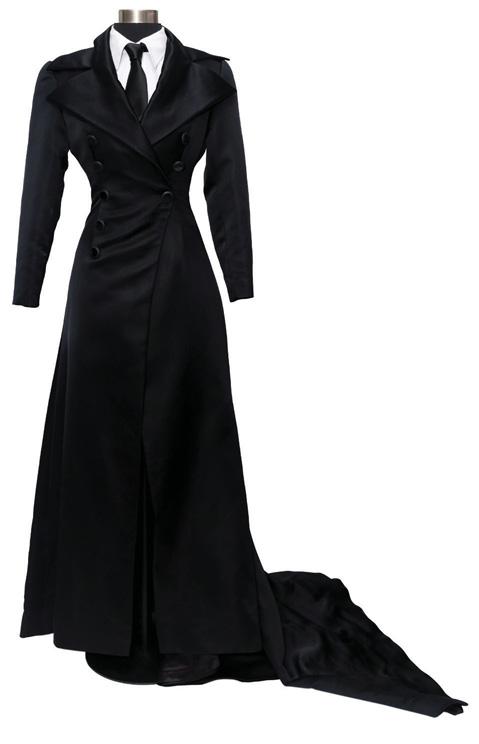
There’s also the white dress that LeAnn Rimes wore to the Grammys when, at just 14, she became the youngest artist, and the first country artist, to win for Best New Artist. Wanda Jackson is considered one of the first female country stars; she toured with Elvis in the 1950s. Her acoustic guitar, which came from a female-owned guitar company, now sits on display, pink and proud. There’s also Taylor Swift’s Deering banjo from her 2010 music video for “Mean,” Faith Hill’s 2002 Grammy for Best Female Country Vocal Performance and Reba McEntire’s pink dressing gown from the music video for her 1993 hit “Does He Love You.”
Featured in the exhibit is “Aunt” Samantha Bumgarner, from the Dillsboro area, who is considered one of the first women to ever record a country song, in 1924. The museum also curated artifacts from North Carolina musicians like Myrtle Cooper Wiseman from Boone, Donna Fargo from Mount Airy, Rhiannon Giddens from Greensboro and Kasey Tyndall from Greenville.
Durham country star Rissi Palmer contributed the microphone she used to record Color Me , a radio show focused on the underrepresented stories in the genre. “It’s an honor to be included in the company of so many women I admire,” says Palmer. “My microphone shows that the story of country music is way
more diverse and complex than meets the eye. There is a long line of women of color who have made it possible for me to stand here today and I’m representing them as well as those that come after.”
Female artists make up only 10 percent of country radio airplay, but won more than half of the Grammys Country Music Albums of the Year over the last 20 years. “We wanted to shed a light on how important women are to country music,” Goelz says. “They are the ones moving it forward.”

Katie Edwards, the curator of popular culture at the NCMH, grew up listening to her grandmother’s cassette tapes of Dolly Parton, who’s still one of her idols. For Edwards, the exhibit’s impending arrival is a thrill. “There are so many great artifacts in this exhibition that helped shape the narrative of women in country music,” says Edwards. “For years, women have received less airtime on country music radio stations, fewer opportunities for touring and just have been underrepresented.”
Palmer is one of the artists who will be featured in the NCMH’s musical accompaniment to the exhibition: a concert series called Southern Songbirds, which will take place in the museum’s Daniels Auditorium, emceed by legendary North













Carolina singer-songwriter Jim Lauderdale. “I think a lot of people have a particular image of what country music performers look like or where they come from. This series further breaks the mold that’s being broken down daily in the industry,” says Kara Leinfelder, creative director at the NCMH. “We are incredibly lucky, from a regional standpoint, to live in the part of the country where we can say this is ours, because it is.” She spearheaded the Southern Songbirds series, which will welcome Charly Lowry, Caitlin Cary, H.C. McEntire and Tift Merritt. “All these artists have a strong sense of consciousness in their art,” says Palmer, who is also performing. “I’m proud to say that they — and I — are from North Carolina.”
Growing up in the foothills of the Appalachian Mountains, Leinfelder was surrounded by roots music and country, most often performed by men. “When female artists started to take center stage and dominate the industry, I was thrilled! It was empowering,” says Leinfelder. “Now, in 2022, it’s more than that. Country music really branches across so many communities, and North Carolina has a deep canon of artists contributing to where it’s been — and where it’s going.”
The experts at Ferguson Bath, Kitchen & Lighting Gallery are here to help create a home that’s as extraordinary as you are. Any project, any style, any dream—bring your inspiration to Ferguson Bath, Kitchen & Lighting Gallery. Visit build.com/ferguson to schedule your personalized showroom experience today.

“Iwas always very creatively inclined, and very restless,” says sculptor Cristina Córdova, as she moves — glides, really, with ease and focus — around a massive head she’s shaping out of clay in her Penland studio.
She molds it with elegant hands, quickly, decisively, certain about what she wants this clay to be. Like the work that has made her name, it will become real, it will be soulful, thoughtful, disarming, alive. Its eyes will be hollow, but they will express sadness; its face will be impassive, but it will express stoicism.
Córdova is known for her remarkably lifelike figurative sculptures in clay, which typically range from diminutive to

lifesize. They’re often accompanied by fantastical environments — sometimes two-dimensional scenery like a postcard view of a place, sometimes shapes or foliage. Often, her hyper-realistic, exacting bodies or faces are arranged in contrast with elements that defy explanation.
Córdova grew up in Puerto Rico and earned her undergraduate degree from the University of Puerto Rico and an MFA in Ceramics from the New York State College of Ceramics at Alfred University before moving to Penland in 2002 for a residency at the renowned Penland School of Craft, subsequently making the campus her home. Currently, her award-winning work is in the permanent collections of the Mint Museum in Charlotte, the Renwick Gallery of the






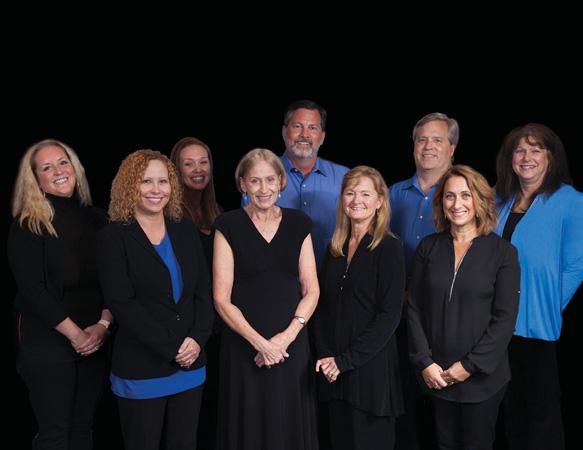
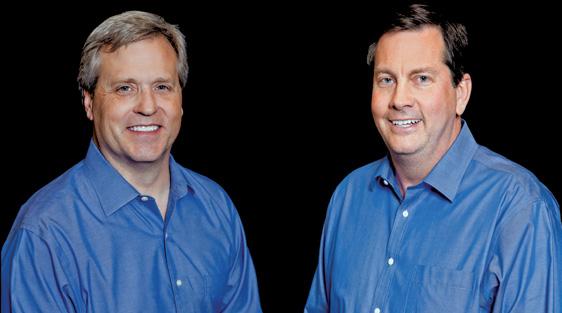
PART OF THE FABRIC OF RALEIGH SINCE 1899
PART OF THE FABRIC OF RALEIGH SINCE 1899
Our patients receive state-of-the-art care in a warm, professional, safe and friendly environment. We welcome new patients!
Our patients receive state-of-the-art care in a warm, professional, safe and friendly environment. We welcome new patients!
OUR SIGNATURE SERVICES INCLUDE:
OUR SIGNATURE SERVICES INCLUDE:
Comprehensive & Cosmetic Dental Care
Comprehensive & Cosmetic Dental Care
Same-Day CEREC Crowns
Same-Day CEREC Crowns
Suresmile Clear Aligner Orthodontics
Invisalign Orthodontics
Dental Implants
Dental Implants
Sleep Apnea
Sleep Apnea
TMJ Therapy
TMJ Therapy
919-782-0801
919-782-0801
www.drgregweaver.com
wwwdrgregweavercom
Smithsonian American Art Museum, the Museum of Contemporary Art of Puerto Rico and many others.
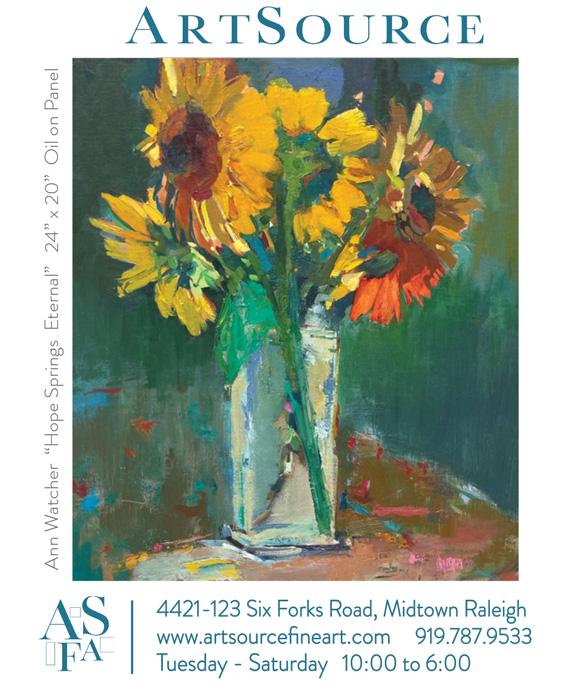
Córdova credits her mother with nurturing her creativity from an early age, steering her toward the career that has made her one of the most respected sculptors in North Carolina and a pillar of the Penland community. She credits a ceramics teacher with first showing her the potential of clay, the possibility that it could go beyond representation to “embody any idea.” At that point, she says, “the material revealed itself to me in this really exciting way. And I never looked back.”
Still, she took some time to settle on her subject. Gradually, she says, “I started to become a little bit more excited, more

empowered to start specifically to focus on the figure.” It was a focus borne in part by her heritage. Growing up Catholic in a house with, she says, literally hundreds of depictions of saints all around her, she internalized the idea of using a figurative work of art “as a way of harnessing your emotional energy and pulling it into something sacred.” Though her current work is not religious, Córdova finds that it’s understood “at a different level” in Puerto Rico, where “Catholicism is not a choice, it’s woven into the culture, so people come to the work with a shared insight.”
Her subject may come naturally, but that doesn’t make it easy. Depicting the figure in clay is a challenge. Early in her career, Córdova found herself stuck in between two worlds, the sculptural tradition of working in the round with a live model and the more organic ceramic tradition. Eventually, she settled on a hybrid approach, one that includes not a live model but a series of blueprints that provide her with the measurements and dimensions she needs to create a sculpted three-dimensional figure.
The head before her on this particular day — not necessarily a man nor a woman, as is sometimes the case with her figures — is imagined instead of representational, and so its blueprints are designed merely to keep her to scale, leaving room for improvisation. In other instances, she uses a series of photographs to help her create more precise blueprints.
Córdova gestures to the head before her, saying “I’m called right now to do things that are big, almost monolithic. I think it has something to do with what we are experiencing [with the pandemic]. I’m not interested in intimate or narrative-oriented work. I’m interested in big statements.”


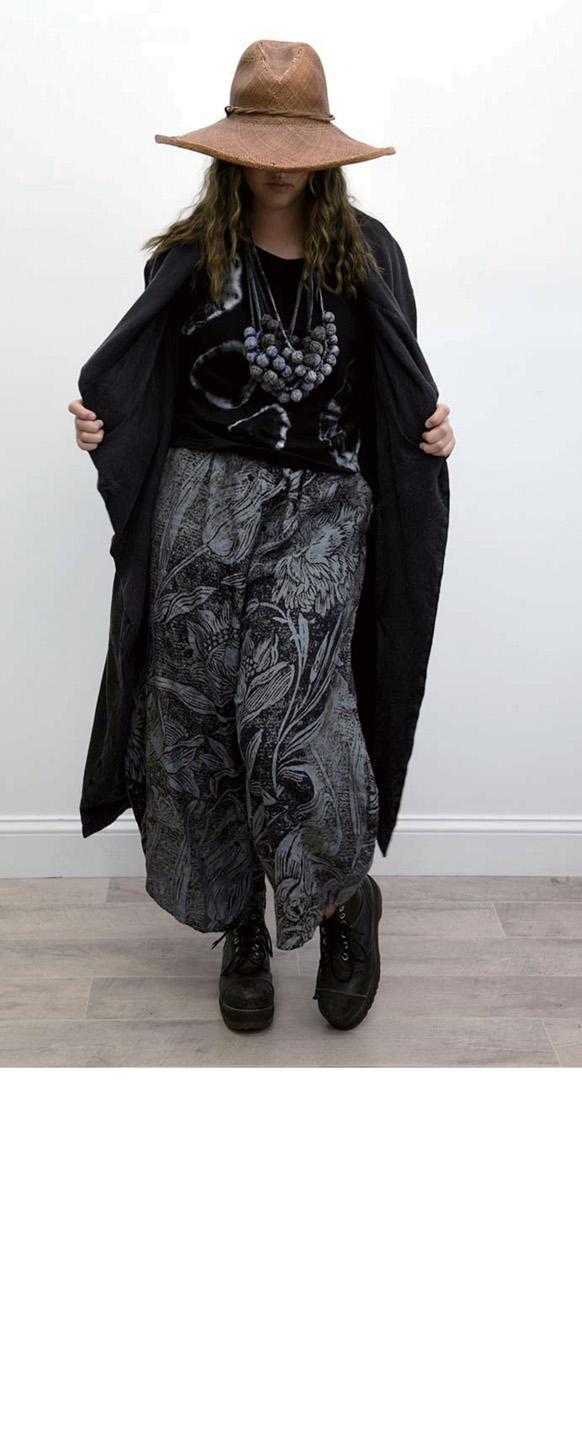
Big statements seem called for by the importance and enormity of our internal worlds in a situation like the pandemic, she says. “The isolation, the uncertainty, the newness — to have to take all this in without being able to respond in our normal ways… recourse is very limited. So you’re holding this inside of you, and that’s all you can do, is hold it, and witness

“I’m called right now to do things that are big, almost monolithic... I’m not interested in intimate or narrative-oriented work.”
— Cristina CórdovaLissa Gotwals (CÓRDOVA)
it, and be with it. We need a big container for that right now. So I’m making big containers.”
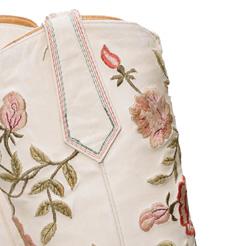



It’s not a simple process. Beginning with a large, donut-shaped piece of clay that’s laced with sand and paper pulp for stability and structure, Córdova then patches in a perpendicular slab, then another, and then adds rings of clay, providing “the basic topography.” From there, she more fully fleshes out and articulates the shape of the head and face.
Having worked “all over the place in terms of scale” over the course of her career, the process of working in such large dimensions now excites her: “This to me is a starting point. I really want to get bigger. I have no idea how I’m going to do that.”
This is an excerpt from the forthcoming book Art of the State: Celebrating the Art of North Carolina, to be published by UNC Press this fall.


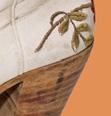


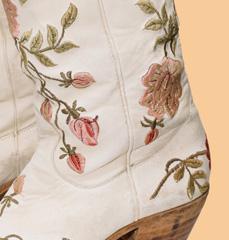
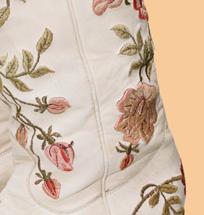
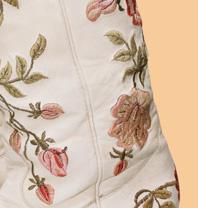


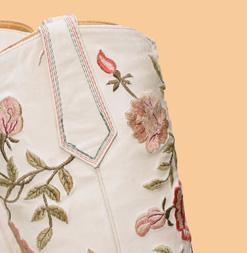



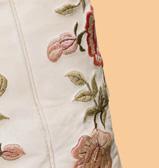

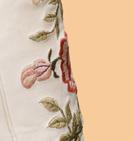
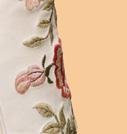
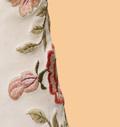
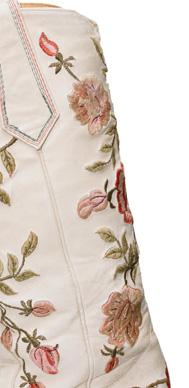
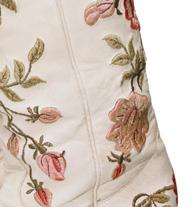
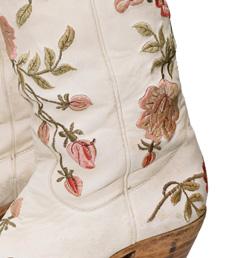
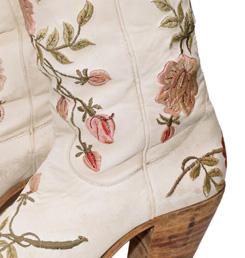
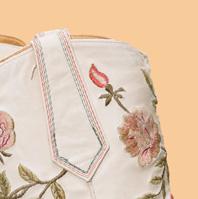



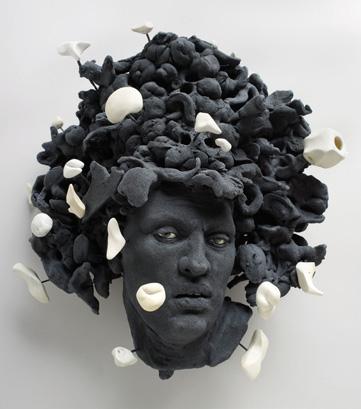
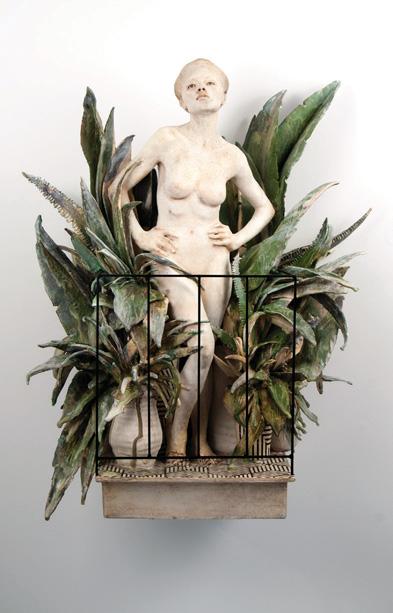
 by DAVID MENCONI photography by BRYAN REGAN
by DAVID MENCONI photography by BRYAN REGAN
Even though he’s never had anything like a radio hit, it’s very possible that Jason Graves stands as North Carolina’s most-heard musician over the past few decades — more so than platinum superstars like J. Cole, Squirrel Nut Zippers or DaBaby. And whether you realize it or not, there’s an excellent chance you’ve heard Graves’ work if you’re a gamer. He’s one of the busiest game-soundtrack composers in the busi-
ness, with Tomb Raider, Fortnite, Moss and Dead Space among his high-profile credits.
It’s not just the millions of copies these games sell, it’s also the fact that people play them over and over for hours, days and weeks at a time. Sometimes these soundtracks involve full-on symphony orchestras, but the majority of them are one-man-band projects that Graves writes and records out of his home studio, located on a wooded 30-acre spread
near Benson. He has a mad-scientist approach to the sound of music, in which he spends a lot of time banging on things in search of just the right effect.
“I’m a percussionist at heart, so I’m always finding things and turning them into instruments to make noises,” Graves says. “Like yesterday, I was playing a flowerpot like a drum because it had an interesting sound. And today, I was just now playing bass. Before that, it was bouzouki. And this morning, the drum
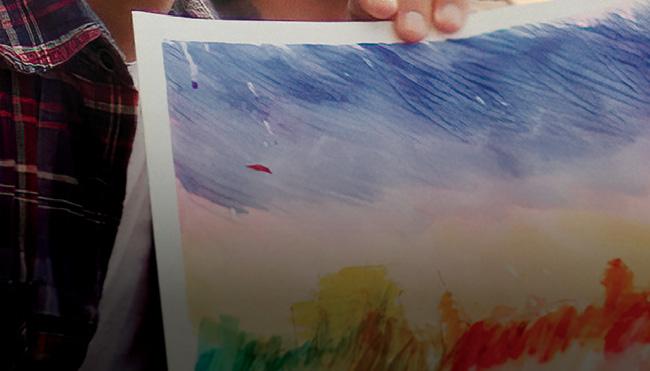

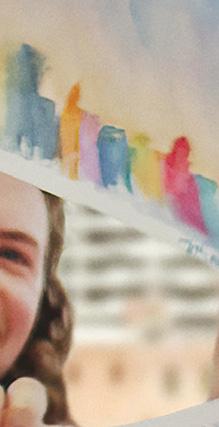


set and djembe. All for different projects I’m working on simultaneously.”
Now 49 years old, Graves grew up in Raleigh with an early interest in pursuing music before going off to college, earning degrees at Appalachian State University and the University of Southern California. Film-scoring was always a passion of his, especially after he studied with soundtrack legends Jerry Goldsmith (Patton, Alien, Chinatown) and Elmer Bernstein (The Ten Commandments, Hud ) in graduate school at USC.
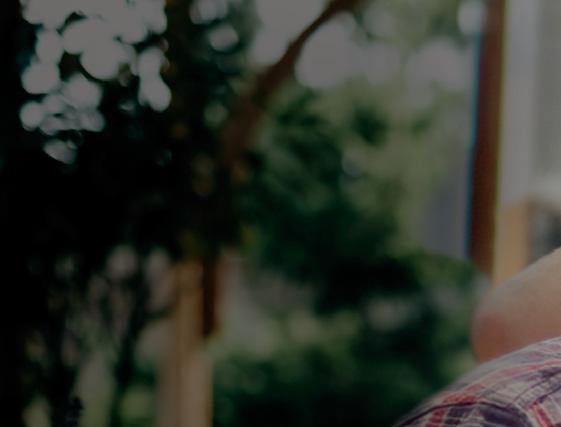
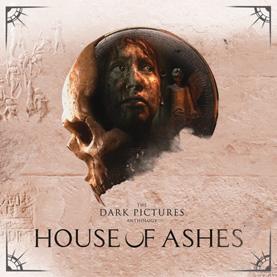

Graves stayed in Los Angeles for five years after graduate school, playing sessions anywhere and everywhere he could before coming back to North Carolina in the late 1990s. Along with playing drums in local bands including Slackmates and Milagro Saints, Graves did studio session work on commercials and videos. That eventually led to composing computer-game soundtracks, first in collaboration with
 A few of the games for which Jason Graves has created music.
courtesy Crystal Dynamics (TOMB RAIDER); courtesy Supermassive Games (HOUSE OF ASHES); courtesy Ubisoft (FAR CRY); courtesy Electronic Arts (DEAD SPACE 2)
A few of the games for which Jason Graves has created music.
courtesy Crystal Dynamics (TOMB RAIDER); courtesy Supermassive Games (HOUSE OF ASHES); courtesy Ubisoft (FAR CRY); courtesy Electronic Arts (DEAD SPACE 2)
For the signature experiences uniquely crafted by smart and savvy people who share this special place called home. Savor hands-on authenticity that gives you the freedom to explore and embrace what it truly means to live somewhere unlike anywhere else. Jump into Raleigh, N.C.
Rod Abernethy and then at his own home studio in Raleigh’s Boylan Heights neighborhood, before moving out to Benson about seven years ago. “Everyone assumes I live in LA,” Graves says. “Not because all the composers live there, but because I’m doing projects on a bigger scale. But technology now is such that you don’t need to be in a city, so long as you have an Internet connection. We’re spread out all over the world.”
as the dystopian horror game it accompanies, Graves’ score established him as a go-to for frightening sonic vibes.
“I think there will always be an inevitable link between me and the Dead Space franchise if for no other reason than my last name,” he says. “It just seems natural: You’re the scary-music guy, so OF COURSE your last name is Graves.”
game producer Polyarc. “We’ll send him some gameplay videos, talk a little about context — what happens in a scene, emotions of the journey, how this area of the game should feel as opposed to other parts — and he just kinda does it, creates this beautiful, mysterious emotional palette. I find myself asking how I might make a track better, and realizing that I don’t think I can. He’s the real deal, a consummate creative professional.”
Most of Graves’ early credits were softer fare, game spinoffs from children’s shows like Curious George and Dora the Explorer. That changed with 2008’s Dead Space, which put Graves on the map by winning a British Academy Film Award (the U.K. equivalent of the Academy Awards in America). As dread-inducing
—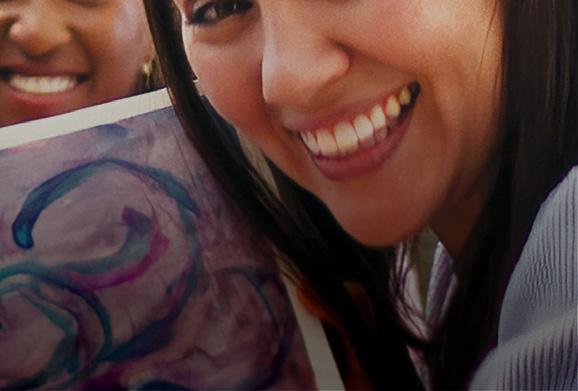


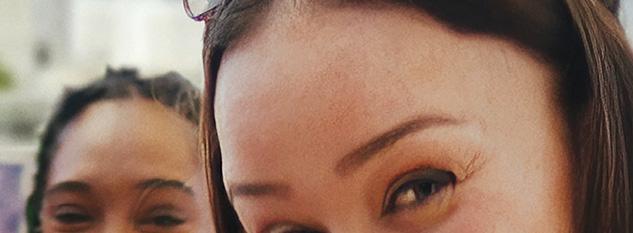


All the same, he has a lot of range. If the jagged tension of horror scores like Dead Space and Until Dawn stand at one end of Graves’ soundtrack continuum, his recent work on the fantasy adventure series Moss is almost the polar opposite — soft and gentle.
“In a way, Jason is a mysterious black box that needs very little input,” says Stephen Hoode, audio director at Moss

Once he’s finished with a game’s score, Graves rarely plays the game himself — partly because he’s not great at it, but partly because he finds the composing part of it to be more fun. He maintains a regular 9-to-5 workday schedule during the week, with evenings and weekends off for family time and recharging.
Nevertheless, the internal compositional wheels are always turning. “I’m like a kid in a candy store — except I actually get paid to pig out on the candy,” he laughs.
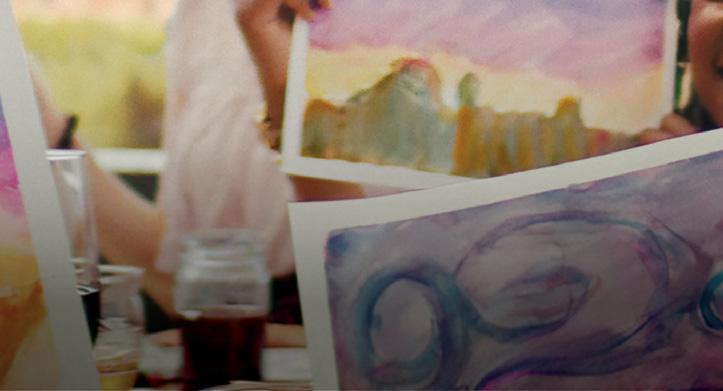

“It just seems natural: You’re the scary-music guy, so OF COURSE your last name is Graves.”
Jason GravesLauren Blackwell, Watercolors and Brews Workshop



It seems our desire for holiday decorations now begins well before the actual events. So it should have come as no surprise when I saw the first spooky Halloween yard ornaments while August still showed on my calendar.
Scattered among the skeletons, werewolves, ghosts and witches, you can always find a large assortment of exaggerated caricatures of one of my favorite groups of local wildlife: spiders. In my many years of teacher workshops across our state, I have encountered quite a few people that rank spiders high on their list of fears, along with snakes and bats — is it a coincidence that they’re also popular as spooky decor?
But as with many things in our lives, the more you know about something, the more likely you are to appreciate it. One memory of changing opinions on spiders really stands out.
It was my first year of doing an intensive program that involved multiple visits per year to schools across the state, taking the teachers outdoors to see how they could utilize nature on their school grounds in their lessons. At our last session at one K-12 school on the coast, we were going around the room sharing what we had learned during the course of the program. The physical education teacher had attended all the sessions, sitting quietly, almost sullenly through most (legs crossed, arms crossed — you know the pose). It was tough for me to tell what he might have gotten out of any of it.
When it came to his turn, he stood up. “Before this program, any time I saw a bug or a spider in my gym, I would squish it,” he said, loudly stomping his foot on the floor. “Now, after learning about them, I get a cup, catch them and release them outside.” Then he sat down. I guess that was a win for both the museum and the spiders.
While many people seem to fear spiders, few species cause us any harm, many are exquisitely beautiful and all play an important role in our ecosystem. They’re beneficial predators that
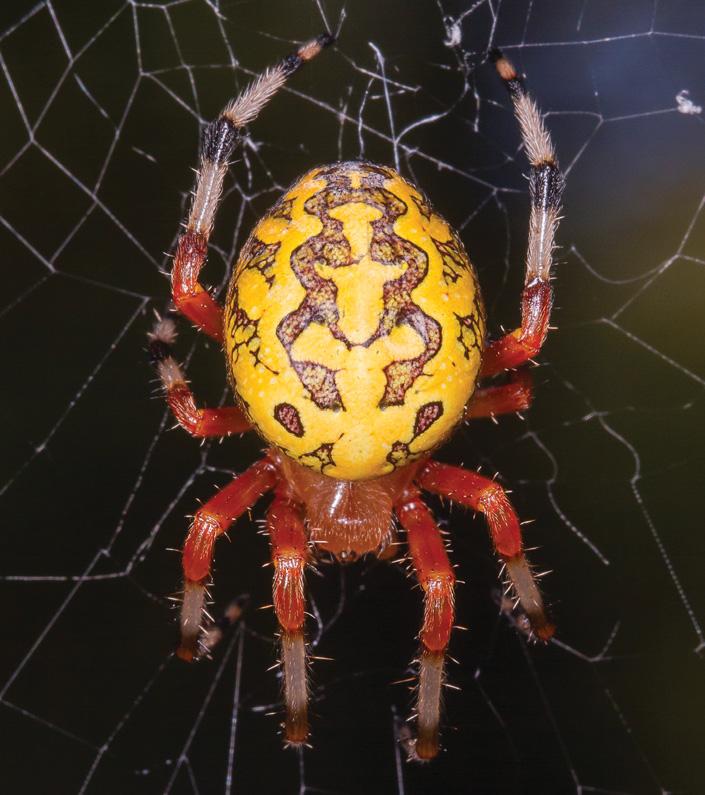
These festive arachnids are most often spotted leading up to Halloween words and photographs by MIKE DUNNSpring Beauty







help keep populations of many insect pests in check, and they are also an important food source for many birds and small animals.

About this time every year, I run into (sometimes literally) one of my favorite spiders, the striking Marbled Orb Weaver, Araneus marmoreus. This widespread beauty is usually seen in late summer and fall throughout the United States and in much of Europe. Females are two to three times larger than males and they are the ones we usually encounter.
The “back” of the Marbled Orb Weaver is spectacular: a bright yellow background with a ghoulish dark pattern that resembles marbling, hence the common name. They can vary in color but I have read that they tend to turn darker with age and often appear more orange than yellow just in time for our pumpkin-spiced holiday. Prior to laying eggs (usually in late October), females have a large globular abdomen
that gives rise to another name you may see: Pumpkin Spider. Underneath, they are less striking, but colorful nonethe-
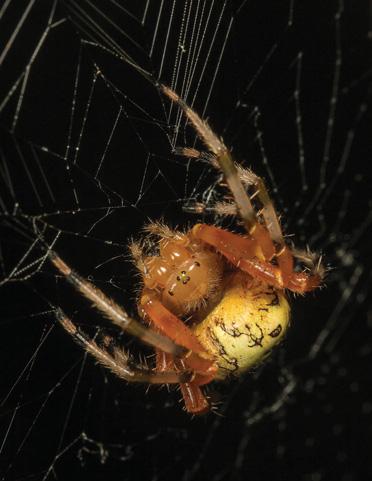





less. You can also appreciate the black bands on the legs a bit better when not distracted by the bright colors of their top side.
This species generally has a hiding place just off to the side of her web, usually in a curled leaf. She keeps up with the goings-on in her web by means of a connecting strand of silk that acts as a vibrating alarm when something hits her woven trap. When an insect is caught, she will run out and engage it, wrapping it in silk and injecting venom, which will subdue the prey and set the stage for her dining pleasure. Don’t worry — they are not considered dangerous to us. But it does make me wonder if flies come in pumpkin spice flavor.
In spite of their association with spooky themes like this special holiday, I find these spiders aren’t scary at all — they’re a particularly beautiful and welcome addition to our woods.
OCTOBER 13-30, 2022









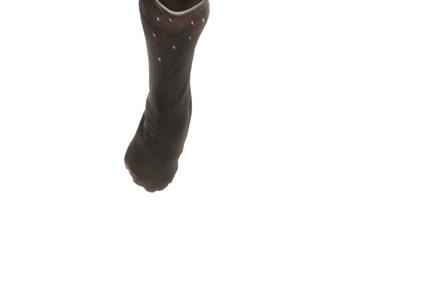



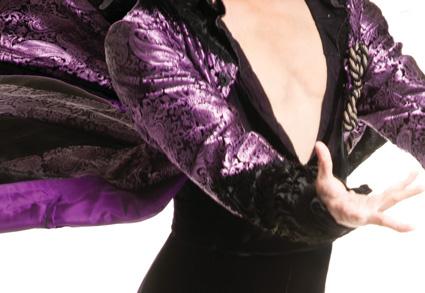
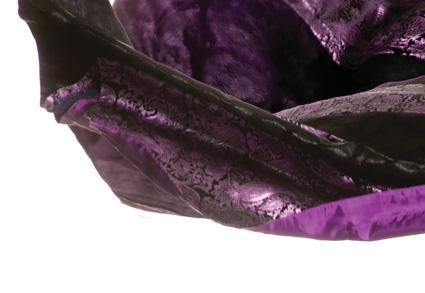

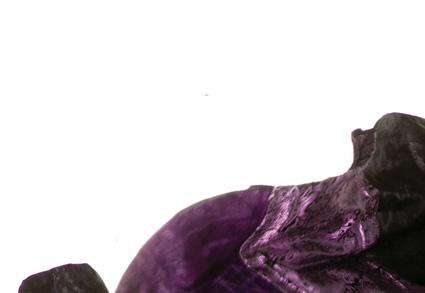
Sponsored by: Program Sponsor
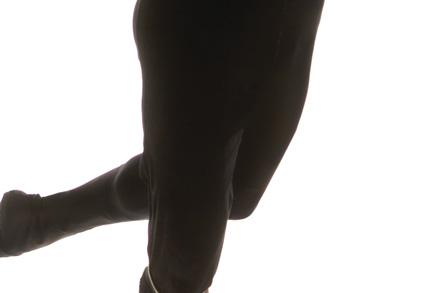

FEATURING Liza Roberts UNC PRESS AUTHOR OF Art of the State: Celebrating the Visual Art of North Carolina

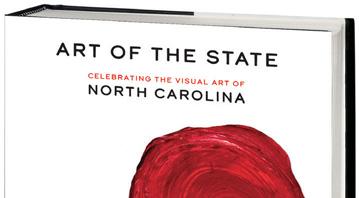
IN CONVERSATION WITH
John Sherer, Spangler Family Director of UNC Press
Orage Quarles, Retired President and Publisher of The News &Observer David Woronoff, Publisher of Walter Magazine
WELCOME BY
Janet Cowell, Chief Executive Officer of Dix Park Conservancy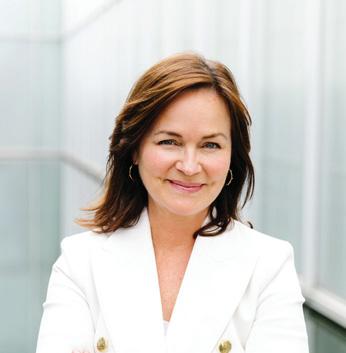
Thursday, December 1, 2022
Noon to 1:30 pm
The Chapel at Dix Park, Raleigh
Tickets include a copy of Art of the State and are available online at: http://weblink.donorperfect.com/ UNCP-Centennial-with-Liza-Roberts

Additional copies of Art of the State will be available for sale at the event by the Country Bookshop
FOUNDED IN 1922, The University of North Carolina Press is celebrating a century of advancing the University’s mission of teaching, research, and public service by publishing a distinguished new book every three to four days. Awards received, including the National Book Award and the Pulitzer Prize in History, confirm that UNC Press is one of the top university presses in the nation with an international reputation for excellence.
When my wife, Mallory, and I arrived to interview Scott Avett one day in early August, he was standing in the driveway of the small house he’d converted into an art studio about 15 minutes outside of downtown Concord. Most North Carolinians, as well as music lovers around the world, know Avett as half of the Avett Brothers (with his younger sibling Seth), who have sold millions of records and whose career has carried the band from small stages in college towns to the Grand Ole Opry in Nashville and New York City’s Madison Square Garden. But Avett knows himself as a man whose purpose
is to create, and painting is as much a part of his creative life as songwriting. While his visual art has rarely been exhibited publicly aside from a 2019 show at the North Carolina Museum of Art, Avett has been a working artist since graduating from East Carolina University in 2000 with a Bachelor of Fine Arts in studio art. His paintings and drawings most often speak to family life and the natural world in rural North Carolina, but his work is in conversation with the many cultural and artistic influences he encounters on the road and in his reading life. In our time together, Avett rattled off quotes from French Impressionist Edgar Degas and the Trappist monk and mystic poet Thomas
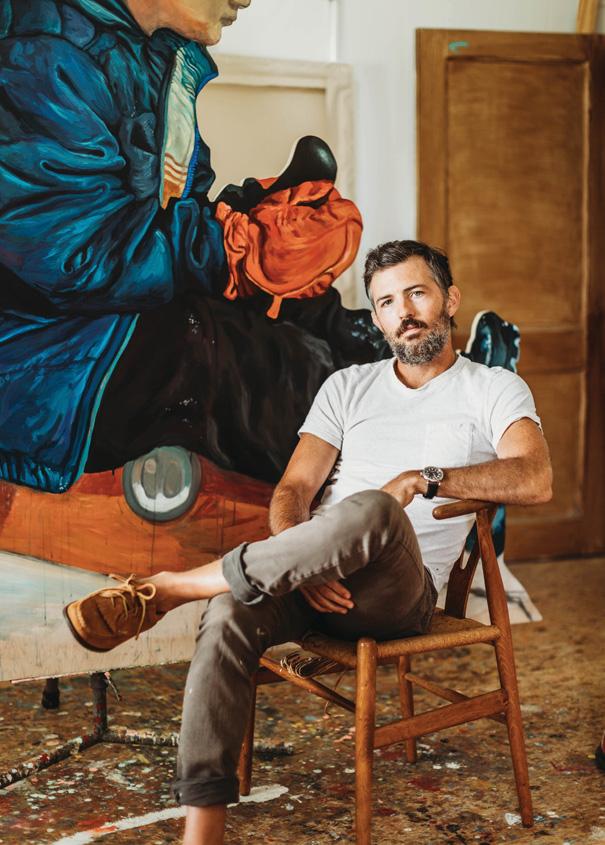
Merton the way some of us might casually discuss Monday Night Football or the day’s headlines. It’s clear to me that while his work portrays his daily life on the land in Concord, there is a deeper spiritual mystery residing in the work that speaks to the same unseen hand that guides emotions and ideas like love, duty and purpose.
This mystery, what Avett refers to as “the revelation of meaning beyond the physical act of making,” informs his exhibition After the Fact, running through October at the Greenville Museum of Art. This exhibit will run concurrently with Purpose at Random, Avett’s show at the SOCO Gallery in Charlotte, which began in September
and will run through Nov 2. Purpose at Random features new oil paintings that Avett began working on in the early months of 2020, when he would have otherwise been on the road with the band. In a press release for the show, Avett says, “Painting is a solitary activity. The more time alone the better, I think. The pandemic provided space.”
On the day we meet him, Avett is on a two-week break from touring, so he’s completing a painting that will be featured in one of the upcoming shows. Inside, his studio reveals itself to be a place in creative flux. Paintings either hang on the walls or lean against them, some in various stages of completion. Hiding among them — and he will show it to us just before we leave in a few hours — is an early draft of a painting of singer/songwriter Brandi Carlile, the final draft of which appeared on the cover of her 2018 multi-Grammy Awardwinning album By the Way, I Forgive You.
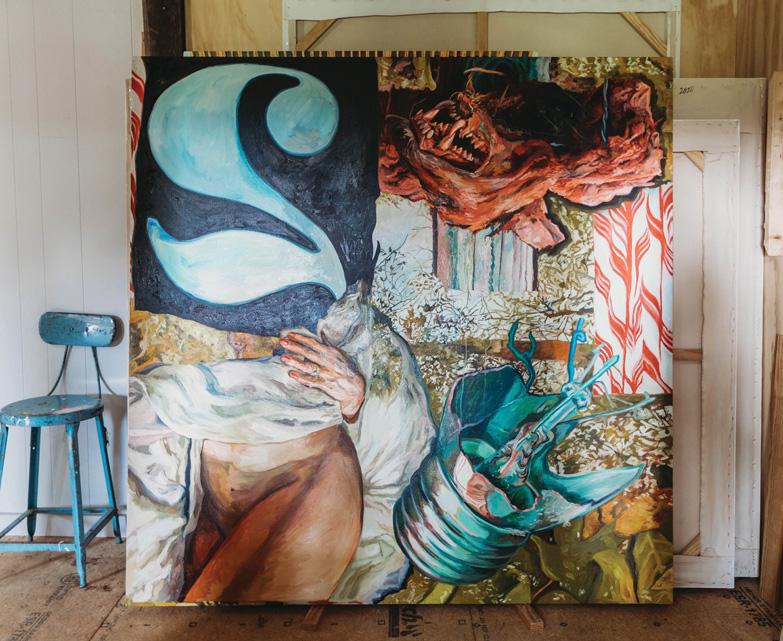
We follow Avett past a low counter full of his kids’ works-in-progress. The studio is bright and airy. Morning light pours through the windows on the east side of the house.
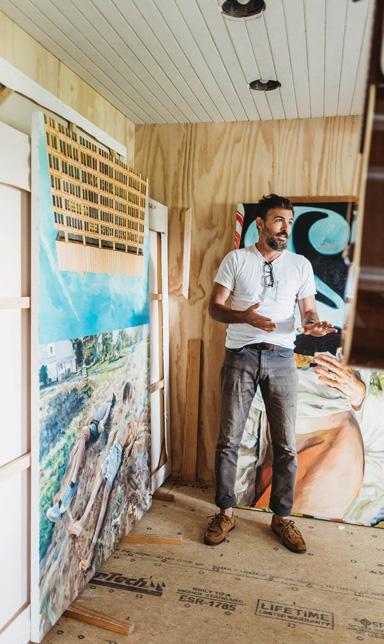
I tell Avett that I grew up in Gastonia, which is on the west side of Charlotte; Concord sits on its east. We talk about what it was like to be raised so close to
shopping at SouthPark. “That was the fancy mall,” Avett says, smiling.
I tell him that once, when I was young, I spotted NASCAR legend Jeff Gordon at SouthPark; that leads us to a conversation about race car drivers. Sunday races served as the backdrop of our North Carolina childhoods, especially for Avett given that Charlotte Motor Speedway sits just a few miles away from the place where he was raised.
I learn that his parents still live there, just a few miles down the road, and his own family’s home is tucked into the woods behind his studio.
Charlotte in the 1980s and ’90s without much awareness of what went on in what seemed to us to be “the big city.” We joked that the only time we went into Charlotte was to go Christmas
Avett’s father was born in North Carolina and grew up the son of a Methodist minister whose calling took the family around the state. Avett’s mother was an Army kid born on a base in Germany before being raised in Kansas and Virginia. Just before Avett was born, his parents and older sister moved to Alaska where his father hoped
“I am in North Carolina, and I am making the things I’m meant to make.”
— Scott Avett
to get work as a pipeline welder. But the job fell through, and on the way back south the family lived in Cheyenne, Wyoming, for about a year. That’s where Avett was born. They eventually found their way back to North Carolina — his father traveled as a welder and his mother taught school — and were gifted 2 acres and an old house outside Concord by an elderly couple who’d long admired Avett’s grandfather. His father renovated the home, and Avett’s parents lived there until the house burned down last year. But fire can’t burn roots, and Avett’s parents rebuilt.
When Avett and his two siblings were growing up, his parents made certain that education was available to them, especially if the kids were hungry for it. “They were intent on that,” he says. “They said, We will see to it that you have an opportunity to go to school. If we’re broke, we'll rob a bank to pay for it.” All three children went to college.
Avett values his children’s education as well, especially in the arts. Aside from the makeshift studio set up for them alongside his own work, his daughter is regularly tutored in creative writing by the owner of the local bookstore, Goldberry Books. It’s easy to imagine a holistic education in art and outdoor experiences unfolding for children in a landscape like this.
Our conversation turns toward what could be considered the more practical matters of being a creator, namely what happens when your hobby — whether it’s painting or songwriting or writing novels — becomes your job. Is the mystery of creation compromised?
“As soon as you’re doing something to pay bills, I don't know that you’re really following your heart,” Avett says. “We’re called to have a purpose, but you can slip off that purpose really quickly, and all of a sudden the purpose becomes to pay the bills more easily. I want to avoid that.
There’s a mystery in creating. I want to follow the mystery and get as close to it as I can. But if I’m caught up in success, it just distracts from it.”
Jeff Gordon and NASCAR are still lingering at the corners of my mind, and I mention that Gordon retired from driving at the age of 44. Both Avett and I are now in our mid 40s. I tell him that I doubt Gordon’s physical skills were diminished at that age, but perhaps his awareness of the risks he was taking became more apparent the older and wiser he got. I ask Avett if he’s more aware of the choices he’s making at this stage of his career and if his skills are continuing to sharpen.
“I feel like I'm in the sweet spot, ability-wise,” he says about both performing music and painting. “Physically, I can do it, and mentally my tools have accumulated quite a bit. I see evidence of that when I can make plans about what project I am going to execute. Ten years

ago, I might have said, I hope I can do this. I hope I don’t flub it and get stuck.” He pauses for a moment. “I think I hold it all a little looser than I ever did, and I’m not
going to be blown away by whether it hits or doesn’t hit. I don’t know why, but there’s now a barometer, and sometimes it says, Hey, enough, you have enough. Now, can you lean into your purpose? ’”
I wonder how it feels to let go of a painting after someone buys it. After all, when he writes a song he can always perform it whether or not it’s on a record or in front of a live audience.
“It rips pretty hard,” Avett says. “I see painting as me telling my life story, and it’s tough to imagine that some of it’s in Colorado, some of it’s in New York, some of it’s in Texas. But I haven’t gotten too attached to any of them so far. There are only three I won’t let go of. One of my wife and two of our kids that I painted in bathing suits. They’re just portraits of them, but I’ve said those aren’t for sale.”
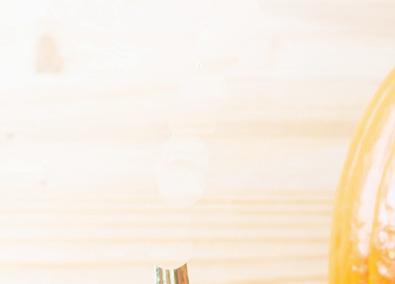
I ask him if his art is a result of his being anchored to this land. He pauses as if painting an answer in his mind.
“We’re all bigger than our place,” Avett
finally says. “I am in North Carolina, and I am making the things I’m meant to make. When you can settle that and not think that New York is better than North Carolina, then you can start getting to your work.
“You have to find a corner of the world,” he continues. “I truly believe that on these 80 acres, there is more to explore than I can do in a lifetime. There is so much work to be done, and by work I mean purpose. My purpose is realized here. My purpose is to create. There are a lot of leaves to peel back here.”
Avett pulls out his phone and flips through photos, landing on a picture taken the night before of his 7-year-old son just after he’d fallen asleep. “There’s nothing not timeless about this,” he says. “If my purpose is to recognize relationships and see things, this is a good place to be.” Avett laughs and puts his phone away. “But where’s not?”
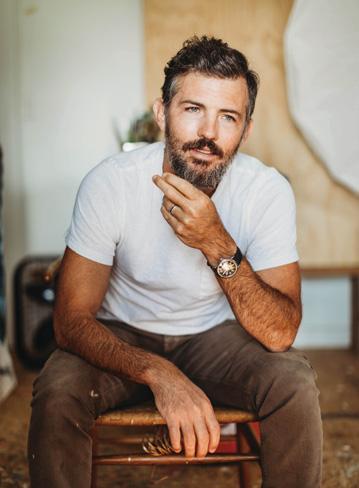
GARDEN SHOP • GREENHOUSE
GARDEN TOOLS • GIFT SHOP

SEABOARD CAFE • ORCHIDS
BIRD SUPPLIES • BIRD BATHS
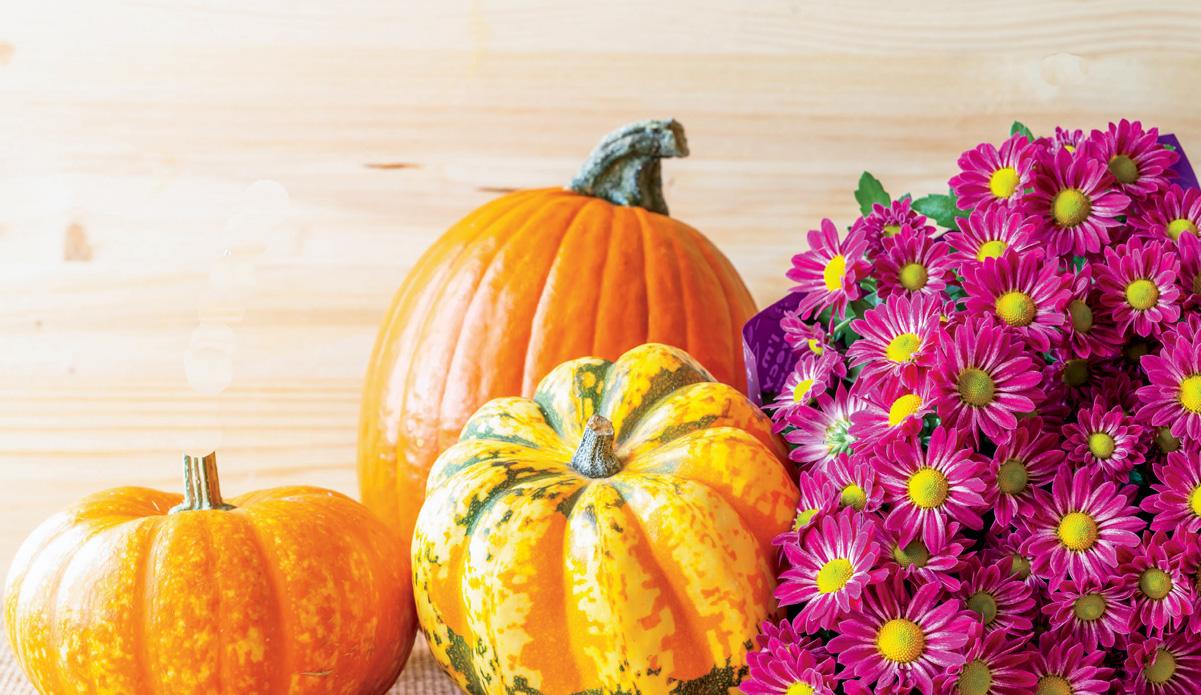
SEEDS + BULBS • POTTERY
FIRE PITS • FOUNTAINS
GARDEN STATUARY •
OUTDOOR FURNITURE
HAPPY PLACE + MORE!






Not long ago, following a speech to a historical organization in Georgia, a woman in the audience asked me how I became a “successful author.”
For years, my response would be to quip: “Because I couldn’t make a living out of mowing lawns in the neighborhood forever,” or, “The Baltimore Orioles already had a decent shortstop.”
The truth is that writing books is a lonely enterprise, and the vast majority of folks who are good at it find their way to the craft via some other pathway.
Before literary success arrived, Charles Dickens worked in a factory putting labels on tins of boot polish. Harper Lee was an airline ticket clerk. William Faulkner served as a postmaster. Nicholas Sparks, a dental equipment salesman.
They were all, in other words, something else before they became writers.
Why we choose to become writers and storytellers is perhaps the more interesting question — an age-old one, and a highly personal mystery.
In a famous essay titled “Why I Write,” George Orwell, of Animal Farm and 1984 fame, said writers put pen to paper out
of “sheer egoism, aesthetic enthusiasm, historical impulse and political purpose.”
Joan Didion claimed she wrote simply to discover what she was thinking — and feared — at the moment.
That said: “Everyone has a book in them,” the late Christopher Hitchens sniffed, “and that, in most cases, is where it should stay.”
Writing anything is work that takes time, discipline, imagination, constant revision, false starts, new beginnings and plenty of patience. Hemingway called it the “loneliest, hardest art.”
One of my favorite writers, novelist Graham Greene, actually published a book called Why I Write, in which he explained that good storytelling takes place in the unconscious before the first word is written on the page. “We remember the details of our story, we do not invent them,” he said, noting that ideas often come unbidden during unexpected moments of ordinary life: while dropping off your laundry, running errands or (as in my case) mowing the lawn or working in the garden. This is why, regardless of how grubby I get in the flowerbeds, a pen and small notebook are always on my person.
As the youngest son of a newspaper man who hauled his family all over the South of the 1950s, I learned to read chapter books around age 4, in part because I never had time to make real playmates. I was drawn early to adventure storytelling, particularly the short stories of Rudyard Kipling, Greek myths and any tale that involved animals and magical places. Fables and folktales ranked high. Absent a flying carpet, I often read books sitting in a large cardboard moving box on the porches of our old houses.
Inevitably, I grew up imagining someday becoming a journalist like my father, traveling all over the world to find such magical places. When he eventually introduced me to the essays of E.B. White — this was after reading Stuart Little and Charlotte’s Web — I even pictured myself living on a farm on the coast of Maine.
When I look back, I see a clear path to how I became a writer. And it includes an unlikely pair of school teachers.
In October of 1969, I was a junior underclassman in Greensboro who landed in the American literature class of an aging educator named Elizabeth Smith and, to my dismay, a math class with a newbie teacher named Larry Saunders.
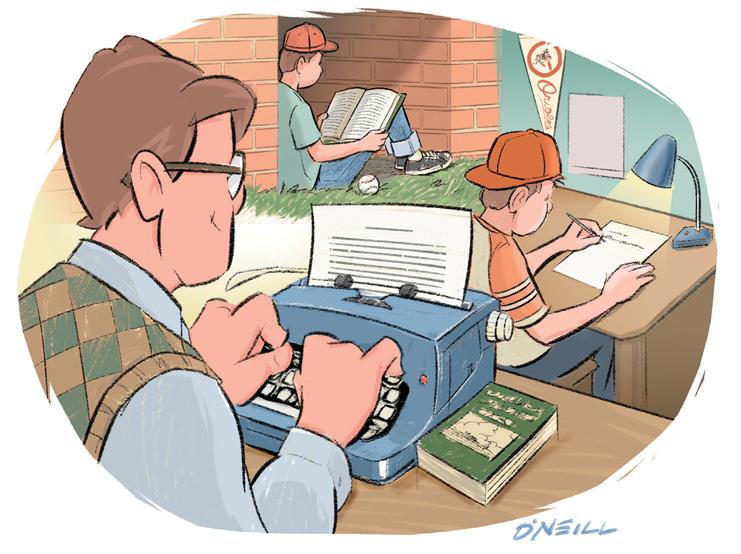
English lit and I were natural companions. But I detested algebra and was probably the slowest student in “Coach” Saunders’ class, a nickname we teenage geniuses were inspired to give him due his geeky, nonathletic orientation. I rarely took my algebra book home and only occasionally did my homework.
I don’t know what Miss Smith saw in me. Her unflattering moniker was “Bull” Smith. This was her final year of a teaching career that stretched back to the mid-1930s. I eventually learned that my father had been her student the year she graduated UNCG — then called Woman’s College — and began teaching.
Out of the blue, Miss Smith pulled me aside one day to urge me to enter the Gate City’s annual O.Henry short story contest. So, on a lark, I did. My simple tale was about visiting my quiet grandfather on his farm for several weeks one summer, not long before he passed away.
The story won first place, deeply shocking my sports pals. I dropped by Miss Smith’s classroom at the end of the term just to say thanks and wish her happy retirement. She gave me a copy of Robert Frost’s Complete Poems, and wished me a long and happy career writing books. I think I laughed. I was mowing lawns and playing pony league baseball that summer.
Larry Saunders was an even bigger surprise. Early on he realized that I would never a mathematician be — and proposed a remarkable compromise. If I never missed class, agreed to pay attention and try my best, he would agree to giving me a C-minus or better. I made the deal. Saunders was famous for writing daily inspirational quotes on the chalkboard. Once, the jokester in me managed to alter one of his quotes. “Familiarity breeds contempt” became “Familiarity breeds.” Even Coach had a chuckle. “Mr. Dodson is our budding literary genius,” he told the class, shaking his head. He was true to his word, however, when he could easily have submarined my GPA.
During my senior year, fortune found me in Saunders’ class again for geometry — which, shockingly, I found to my
liking. Geometry became very useful when, decades later, I became an amateur carpenter like my father and grandfather, and I built my post-and-beam house on the coast of Maine with my own hands. About the same time, I published my first book, which turned out to be an international bestseller. I always meant to write Coach and thank him.
In 1983, on my way to a job interview at the Washington Post from Atlanta, where I was writing at the oldest Sunday magazine in the nation, I stopped by the Greensboro Public Library to do some research and spotted — of all people — Miss Smith paging through a dusty travel atlas in the reference room.
“Miss Smith,” I said quietly, “I don’t know if you remember me . . .”

She looked up and chortled. “Of course I do, Mr. Dodson. I have followed your career with great interest. I am very pleased that you are writing. I imagine fine things are ahead of you.”
I was at a loss for words, but thanked her and wondered what she was up to these days. “I’m off to the dusts of ancient Egypt!” she trilled. “One of those faraway places I always wished to see!”
Before we parted, I also thanked her for seeing something in me — and for the volume of Robert Frost. Within weeks, I would withdraw from the Post offer in favor of a senior writer position at Yankee Magazine, a job that shaped my career and life.
Sadly, I never got to say thank you to Saunders, who passed away in January 2021. He spent almost four decades teaching math, rose to head of the department and would inspire the creation of the annual Larry Saunders Excellence in Teaching Award in his honor.
A good coach — like a great teacher — recognizes a young person’s strengths and weaknesses, and strives to help them find the right path in life.
Saunders and Smith were both. Thanks to their wisdom, I found my way to writing books, built a beautiful house and even fell in love with inspiring quotes.
Which is why I think of “Bull” and “Coach” every October.
 by MAMIE POTTER illustration by BRIAN HUBBLE
by MAMIE POTTER illustration by BRIAN HUBBLE
Though it is still mostly dark, morning dew has settled on the grass of the City Cemetery. From where the doctor sits, he can hear horses pulling a wagon down Hargett Street, laden with granite for the lunatic asylum.
The damp seeps through his trousers. He puts his hand out, traces the words on
the newly carved headstone: “To the Sacred Memory of our Beloved only Child, Amelia Jane. 1846 -1851.”
Months earlier, they had celebrated the child’s fifth birthday — a joyous affair, with pony rides for her and her friends. In the blue taffeta dress her mother had sewed for her as a surprise, Amelia had delivered slices of cake, her
face alight. That night, drowsy in her bed, she wrapped her arms around him. “I love you, Papa.”
What would he give to hear those words again?
Weariness holds him fast to the ground. Today was another of the countless days of treating those suffering from the cholera that descended upon Raleigh,
decimating its population. No deaths today, but four patients hover between this world and the next. He has worked miracles — the gratitude of those whom he has saved is eternal — but the miracles are all too rare.
Until he lost Amelia, he thought he knew death. He’d stood at the cribs of dying babies, hot and red as embers; tried to comfort mothers too shocked to cry. He’d witnessed the last sour breaths of the elderly, surrounded by loved ones — this relative hoping for a quick end, the other counting his regrets.
How is it, he would like to ask Death, that most capricious creature, that you take my daughter, a full life ahead, and leave the Widow Stockman on her arthritic knees, praying to reunite with her husband?
A wind gusts. The doctor pulls his coat and scarf tightly around him. Lulled by the shushing of dead leaves, he puts his head on his knees, closes his eyes. Just a short rest, he thinks, before making his
way down Bloodworth to his wife. His wife. They cannot even comfort one another.
He catches a movement from the direction of the gate, footfall through the leaves. A woman. What is she doing alone in the cemetery at this hour? He stands on aching legs.
As she gets closer, he sees that she wears a long cloak, dark as raven feathers. Hair the color of maple sap surrounds a face luminous in the moonlight. As she moves closer, he rushes toward her, arms outstretched. He wants to kiss her, hard.

He stops a few feet from her, shakes his head. Fatigue and cold addle his brain.
Then she speaks: “Doctor,” her voice, deep and malevolent. He stumbles back, all desire replaced by revulsion.
“Come,” she says, gesturing with an elegant finger.
The doctor is unsure what to do, but she’s moving away. He hurries down the uneven cobblestone path, stumbles over
every little rise.
They come to a mausoleum with a red iron door adorned with an arrow. Metal spikes surround the entrance, designed to keep out graverobbers, he supposes. The woman points at the doors, and they fly open. She steps inside, beckons him to follow.
Shivering, the doctor steps over the spikes and the two of them descend a set of rutted steps. When his eyes adjust, the doctor sees stone tables and alcoves carved into the earthen walls. Everywhere, white candles of all heights glow. Wax drips down the sides, puddling at the bases.
The woman slashes her arm through the dank air. “Welcome,” she says, her voice dusty and ancient.
In the flickering light from the candles, the woman is once again captivating. She turns and floats down the rows of candles; flames tremble in her wake. She stops and picks up a silver snuffer. It glints as she reaches over and puts out a flame, mum-
bles something indecipherable.
She walks to him and puts her face close to his: “Each of the burning candles in this room represents a living person.”
The doctor jerks away from her noxious breath, a smell he knows all too well from putrid corpses.
So, then, this must be Death.

He looks around the room, takes in the unending rows of candles. Somewhere in this room his candle burns, long or short, and his daughter’s candle sits cold.
He feels feverish with anger, but “Why?” is all he can manage to say. Tears mingle with the sweat on his face.
She moves deeper into the room and stops, swivels around to face him.
“You want to see your daughter?” She tips her head back, her mouth wide with mirth, a piercing laugh erupting from it.
He flinches, her mockery like ice on his pain. He wants to smash her face, put his fingers around her neck and squeeze the
contempt out of her.
He stands stock-still, composes himself, considers the import of her question.

How he yearns to see his daughter.
Yet images race through his head: his wife at the kitchen table, wiping her never-ending tears. The family of Mr.


No, he is not ready.
The sound of keening begins somewhere deep in the room. It is the sound of the agony, sorrow, even relief of those who have transitioned from this godforsaken tomb. The temperature in the room is stifling now.
He swipes at the perspiration on his forehead with his sleeve, turns back toward Death. Her stare penetrates something primordial inside him. She walks to a candle that still has significant height to it. The flame from the wick flares up.
Death smiles.
Albritton, depending on the doctor to ease his passage to the other side, the Cannons with their two sons on the verge of recovery. All who come to him for comfort or cure during this damnable outbreak. Even his own parents, who will be bereft if they lose him after the death of their beloved granddaughter.
“It was never mine to decide, was it?” the doctor says to her, the keening is so loud now that his voice cannot penetrate.
Death lowers the snuffer on his candle.
In that moment, the doctor looks deep into the room and sees his daughter’s beautiful face, radiant as the day of her birthday, and through the cries of a million saints, he hears her call his name.
We’ve reimagined every part of the People’s Collection. Except for the price. Visit your free North Carolina Museum of Art. Also on view, ticketed special exhibition A Modern Vision:
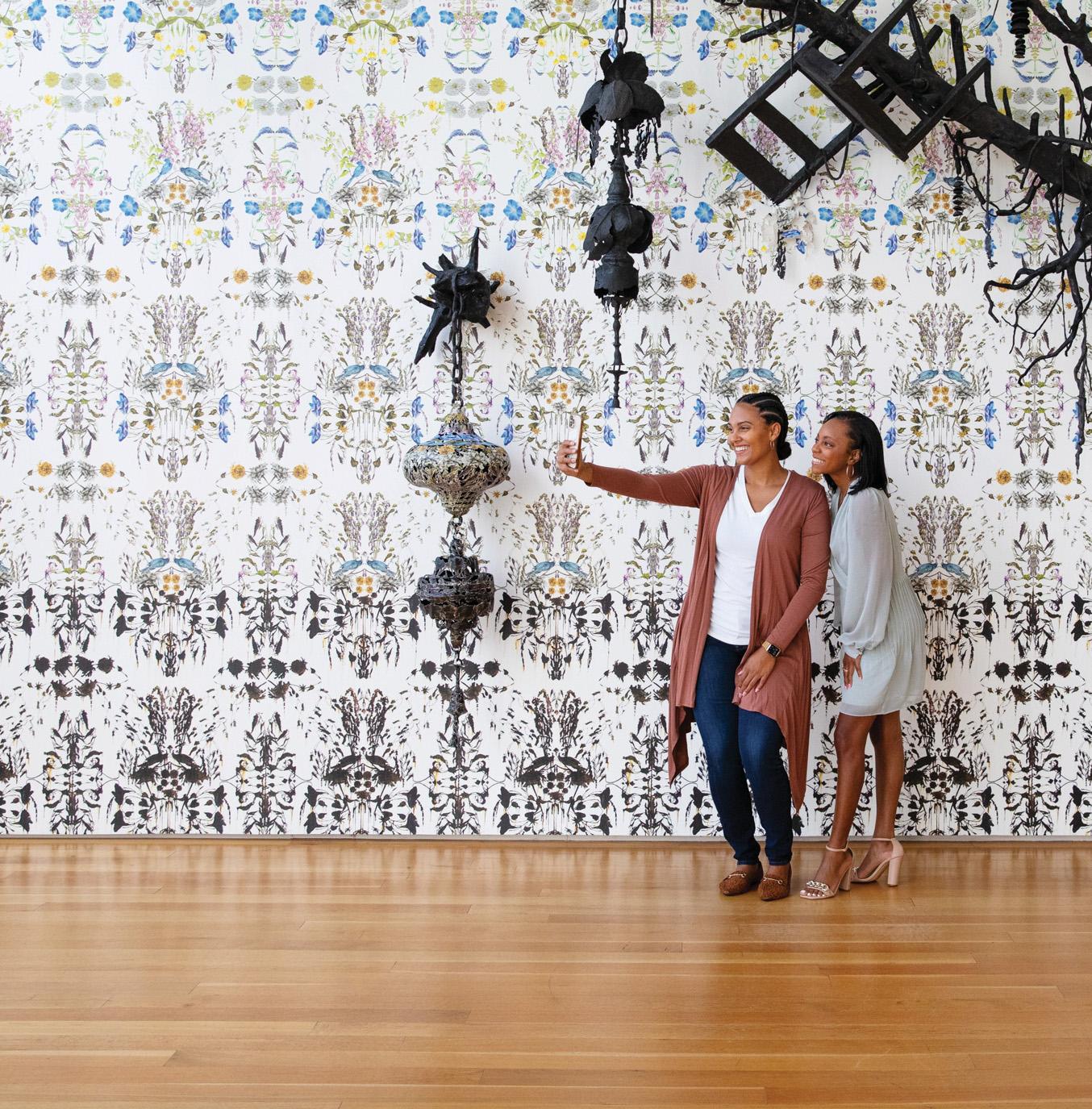
European Masterworks from The Phillips Collection
2110 Blue Ridge Road, Raleigh | ncartmuseum.org

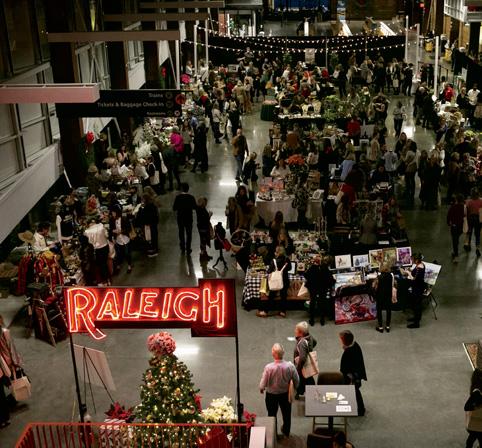
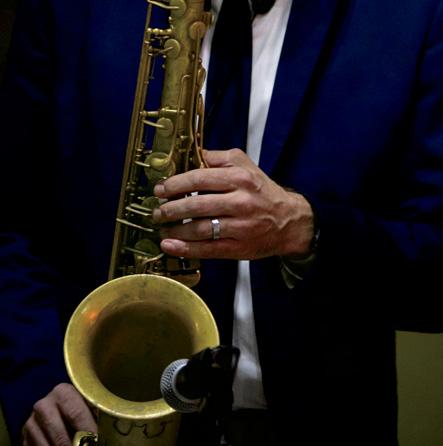

Fullsteam Brewery

WEDNESDAY, OCTOBER 12





6:00 PM | The Merrimon-Wynne House



& Co-Founder, Firsthand Foods




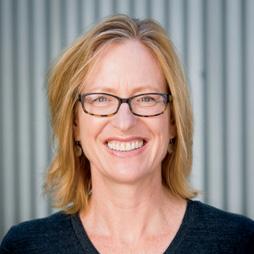


Join us for a farm-to-table dinner honoring the outdoors. Enjoy a delicious menu from chef Dean Neff, pitmaster Wyatt Dickson, brewer Sean Wilson, and purveyor Jennifer Curtis to hear about why sustainable, local ingredients are important to them.

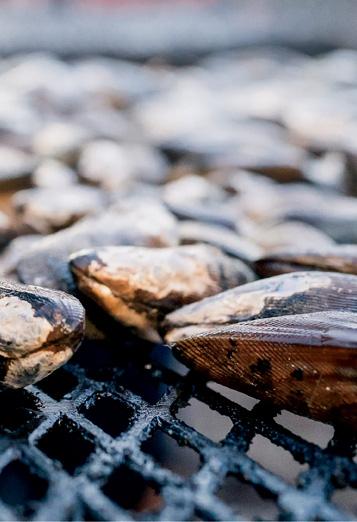
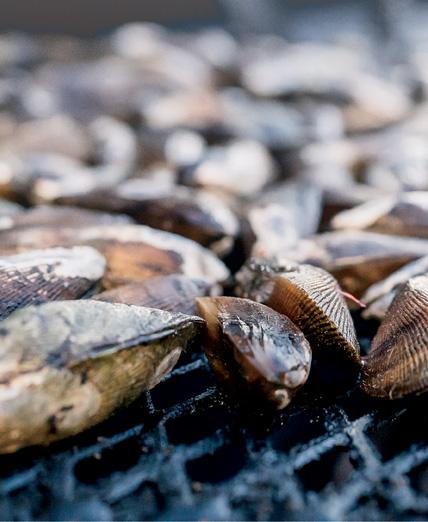


PRESENTED BY WITH SUPPORT FROM SCAN HERE FOR TICKETS
 DEAN NEFFWYATT DICKSONSEAN WILSONJENNIFER CURTIS Chef & Owner, Seabird Pitmaster & Owner, PICNIC Owner,
CEO
DEAN NEFFWYATT DICKSONSEAN WILSONJENNIFER CURTIS Chef & Owner, Seabird Pitmaster & Owner, PICNIC Owner,
CEO
FINE ITALIAN DINING | HOUSE-MADE PASTAS AND BREADS MADE DAILY
Born amid the storied walls of the historic Magnolia Inn in the heart of Pinehurst Village, Villaggio Ristorante promises an exquisite fine dining experience second to none. Live music every weekend on the patio in weather-permitting months. For diners only.


Tue, Wed & Thur: 5 p.m. – 9 p.m. | Fri & Sat: 5 p.m. – 9:30 p.m. Reservations required | reservations@villaggioristorante.net
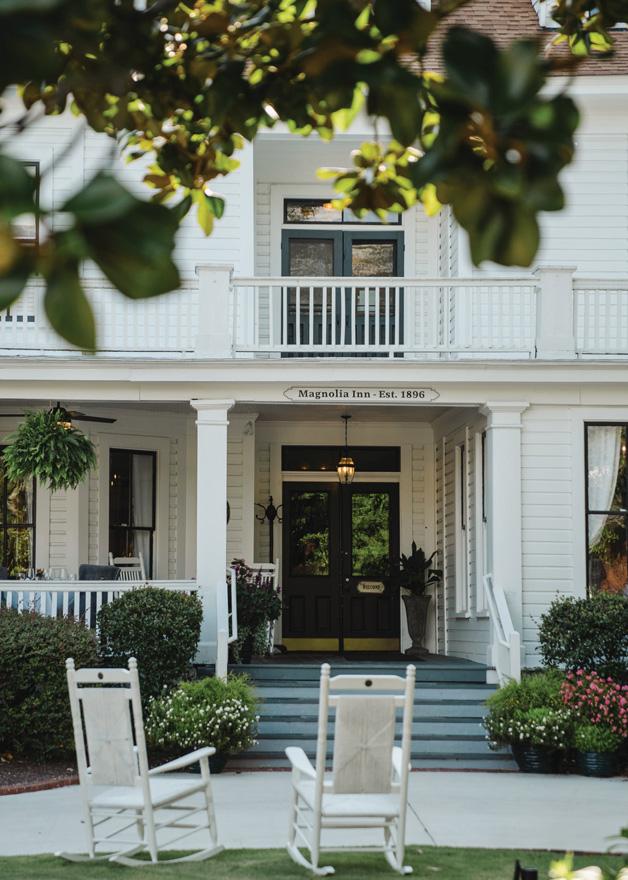
In that haunted writer’s retreat in Southern Pines a spiral staircase descended from the ceiling.
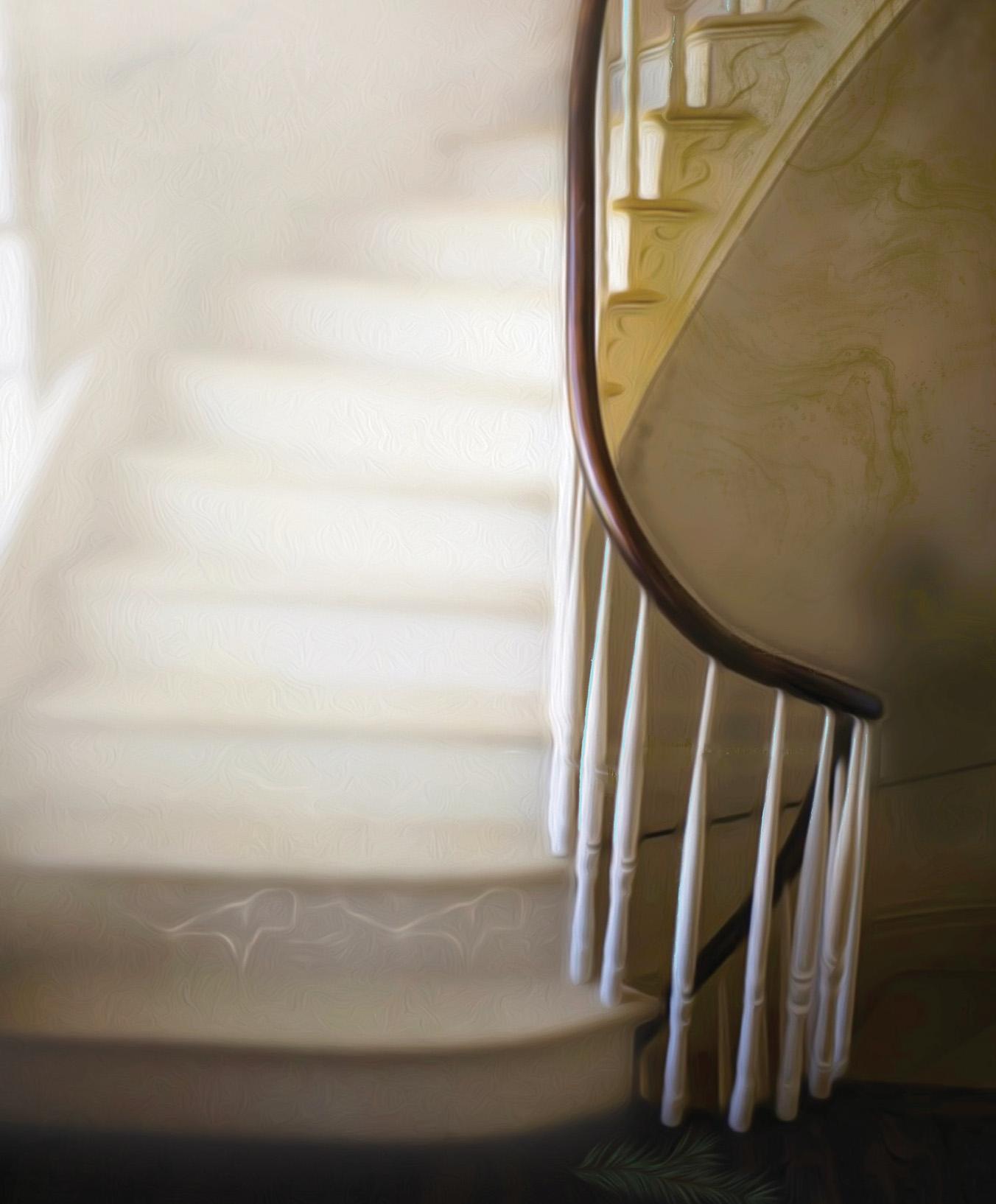
No, it wasn’t a dream.
I opened my eyes and the corded spiral appeared. I waited for a ghost to show, or a voice to whisper.

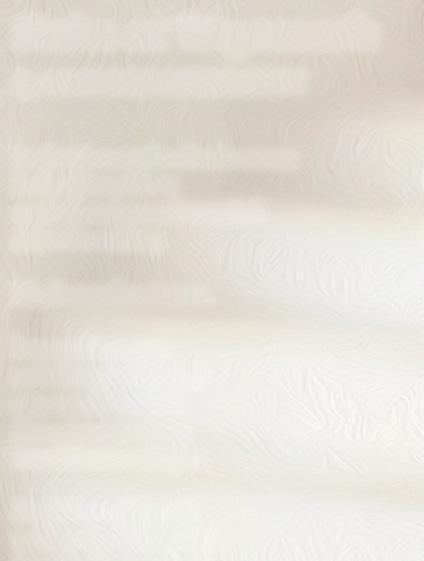
Dark hours I stared, until early light spilled into the room, erased the vision.
Today I wonder if I had it all wrong; maybe those stairs were waiting for me to climb up.
illustration by THOM MIDDLEBROOK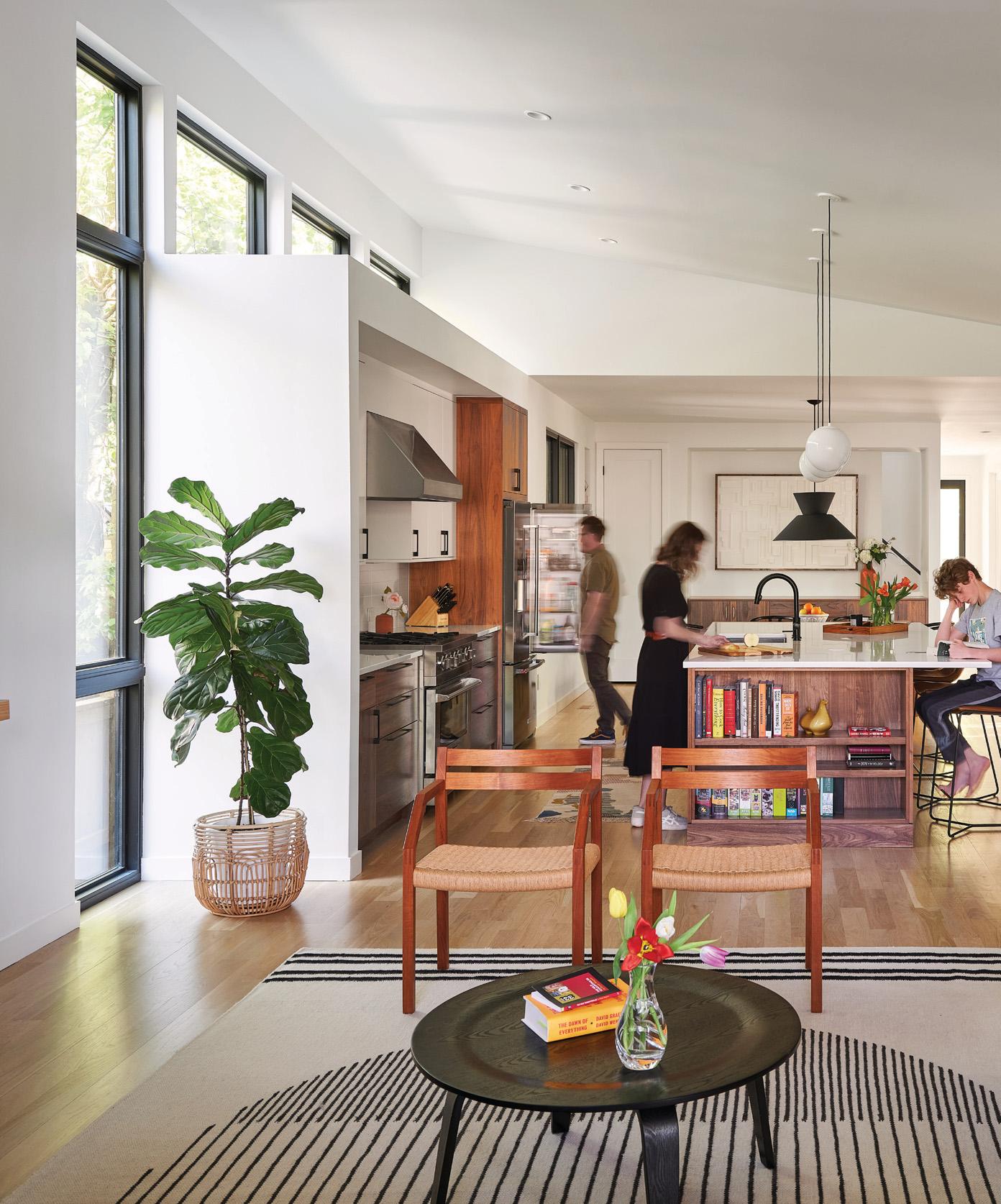
A new house in an old neighborhood bridges contemporary design with period nods
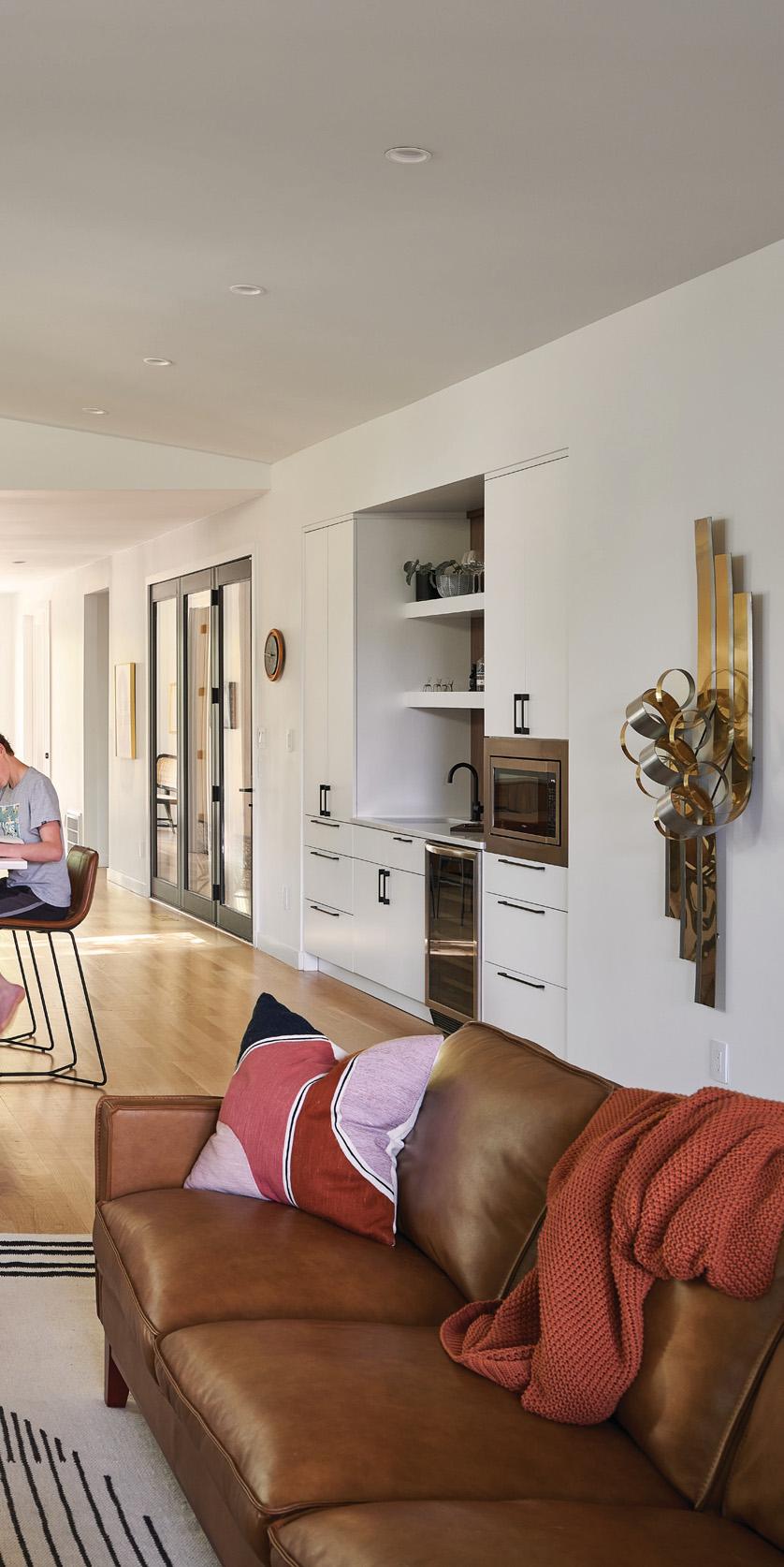 by AYN-MONIQUE KLAHRE
photography
by AYN-MONIQUE KLAHRE
photography
by
 KEITH ISAACS
KEITH ISAACS
As their two sons got older, Rachel and James Bailey were ready for more space — but as longtime, loyal residents of Oakwood, they weren’t ready to give up on their friends or the benefits of being downtown. They hit the jackpot when they found a 1.5-acre lot just on the northern edge of the neighborhood. “We loved the proximity to so many of our favorite places, like Yellow Dog Bread Co., Person Street Bar and Two Roosters,” says Rachel. And, says architect Nick Hammer, “When you find a big lot for sale in Oakwood, you don’t pass it up.”
There was a 1940s bungalow on the lot, which had only ever been owned by one family. “Initially we thought we’d renovate,” says James. But after a structural engineer declared the home “soft” upon inspection, with lots of mold and mildew, they realized they would have to start fresh. “It was to the point where the inspector wouldn’t even go into the crawlspace,” says Hammer. “Everything was waterlogged.”
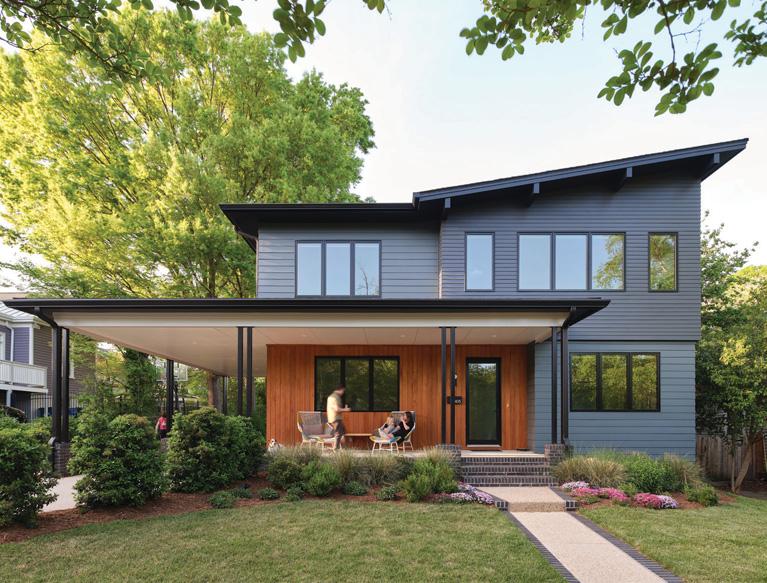
Since they were starting from scratch, the Baileys enlisted Hammer, a friend and neighbor (who, it turned out, had gone to Broughton High School around the same time as James). They also knew they wanted to work with builder Jonathan Graban of J.W. Builders, another neighbor who had collaborated with Hammer on several projects the Baileys admired. “As a duo they were really attractive because their work as a design-build team is so integrated,” says James.
The initial conversations were fairly broad. “We had a rough idea of what we wanted — bedrooms for both kids, enough bathrooms — but weren’t set on any one thing,” says James. “Our taste leans modern, and we wanted something that felt like us, but also like part of the neighborhood.”
As someone who’d worked in the area a lot, Hammer understood the directive: “They didn’t want to push the limits or do something that would make people unhappy, so we agreed we’d go more modern in the interior but look to the
neighborhood for the exterior design.” To that end, the front elevations take cues from other nearby homes, as do treatments like the horizontal lap siding, exposed rafter supports and a porch that connects to the carport. The footprint of the home is not much bigger than the original, and the massing of the house — two stories in the front, one story in the back — is consistent with Oakwood designs. Even the sharp angle on the southwest corner of the roof is a nod to neighboring structures. “In Victorian architecture, you find these peaked attics with windows or circular turrets with
impressed with the resolution: “Nick turned what could have been seen as a problem into an awesome feature.”
Inside, the home is much more modern, with a wide-open floor plan, huge windows, high ceilings and clean trimmings. From the front door, you can see straight to the back yard. “I just love the uninterrupted view all the way to the back,” says Rachel. “It doesn’t take that many steps before you are in this big, open concept space.”
To the right and left just inside the front door are James and Rachel’s offices (hers also functions as a guest room),
pointed roofs,” says Hammer. They also needed to respect the large, mature trees in the yard. “There was a very clear critical root zone that we wanted to protect,” says Hammer. To do so, he designed a courtyard-style cutout at the side of the house that serves as the friends and family entrance. James was
each with big windows into the front yard. “James knew he would be working from home, so he wanted to be able to see the streetscape and passersby,” says Hammer.
Moving deeper inside, the hallway leads to a large, open room with the dining area, kitchen and living area at the
“Our taste leans modern, and we wanted something that felt like us, but also like part of the neighborhood.” — James Bailey
“We live in Oakwood, so we had to have a big, welcoming front porch!” says Rachel Bailey. Agrees her husband James: “We’re really close to the street, so we have that connection with people walking by and saying hi.” The brick fireplace in the living area was something the Baileys knew they wanted. “It’s a very Mid-century thing to have the stack bond brick running vertically like that instead of running bond,” says James. He found the wooden Neils Moller chairs at Father & Son Antiques, and the big R was designed by Nate Sheaffer. Throughout, they have brass decorative pieces collected over time, including a pair of lion head bookends that James’ grandmother passed along to him. They also wanted to make sure they had wall space to hang their favorite art, like a 1980s C. Jere sculpture they purchased from Keel & Company (shown on previous page). James made the art above the built-in buffet out of foam core, inspired by something he saw in a television commercial years ago. The buffet is the same walnut veneer as the kitchen cabinets, but they used different hardware to give it a more furniture look. The cutout near the stairs was mostly for fun. “It does act like another window, another way to get light, but mostly it’s a playful detail,” says their architect, Nick Hammer.
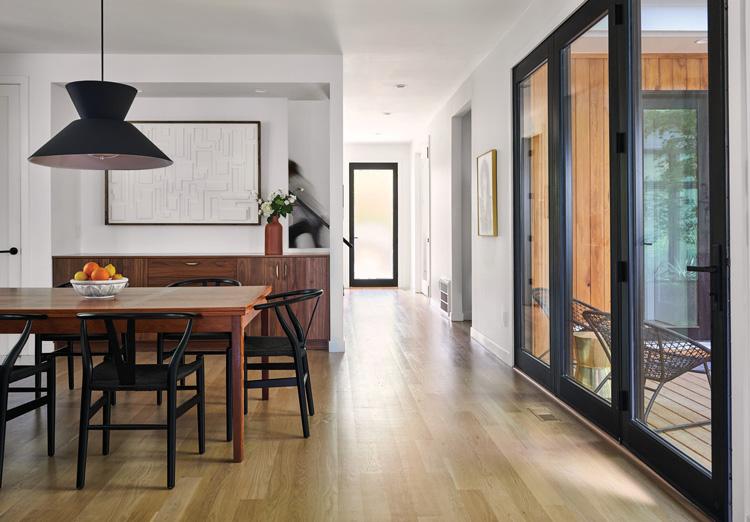

The white lacquer in the kitchen is set off with walnut cabinetry, which gives it a cozier, more furniture-style look. A bulkhead soffit frames the space. “There’s a limit to how high you can go with cabinets and still be functional,” says Hammer. “But it’s also east-facing, so you have that morning sun spilling in, and it bounces the light.”
back. A giant kitchen island holds court in the middle of that space. “I love the big island, I joke that it’s a house-sized coffee table,” says James. Here, the family eats casual meals, does work and homework, and comes together for crafting or games — sometimes, all at once. “We hosted Thanksgiving, and we had people doing a puzzle on one corner, mashing potatoes on another and then watching the game nearby in the living area,” says Rachel. “It was amazing that we could all have our own space, but also be together in this harmonious way.”
There’s a seamless transition from indoors to outside. “James and Rachel had a clear vision — the backyard was such a motivation for buying the lot,” says Ham-
mer. He designed a space that opens from an interior room to a semi-conditioned screened-in porch, an open deck, then a patio and yard beyond.
The primary bedroom is off the living area. “We have an amazing view of the trees and the backyard,” says James. The kids’ area is accessed by stairs just off the kitchen; up on the second floor, they have a common area, bathroom and rooms for their two sons, Mack and August.
The second floor is only in the front of the house, a conscious decision for a few reasons: It nods to existing architecture in Oakwood, adds only the extra space they wanted for the kids and is closer to the volume of the previous home. “By keeping the pitch ceiling low and back half lower,
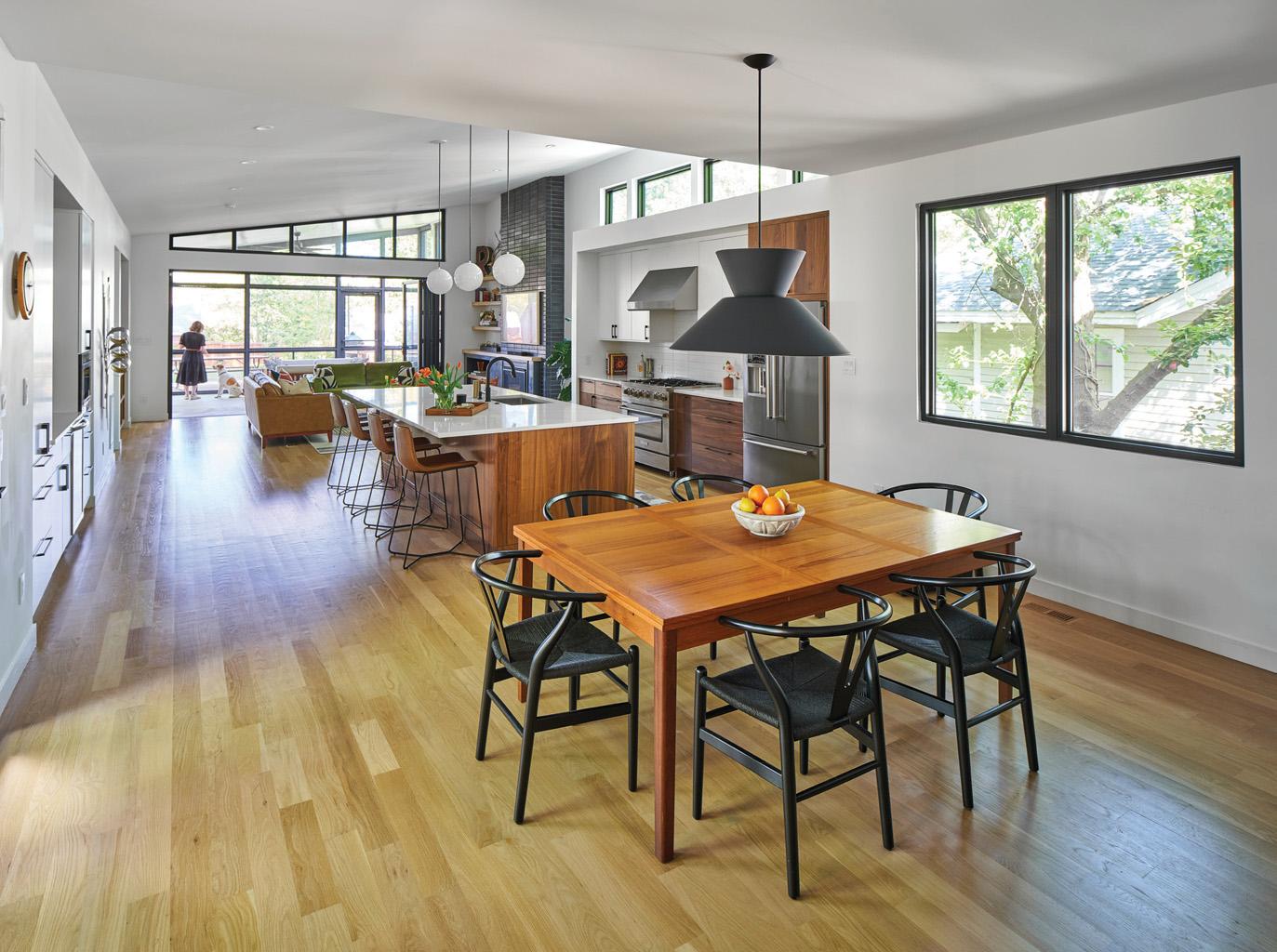
we were able to preserve the afternoon light that the neighbor was used to having,” says Hammer. “We were trying to be considerate and think about the impact of building a larger house. We didn’t want to be a looming presence.”
The Baileys decorated the home with contemporary and Mid-century pieces, many found at local vintage stores, in a palette of black, white, wood and brass.
Overall, the footprint of the new house was not much bigger than the original, but the space feels both modern, modest and of the moment. “We feel like we found the balance: a contemporary home that fits within the fabric of Oakwood,” says James.

The primary bedroom is in the back of the house, off the living room. “We love our kids, but we wanted them as far away as possible,” laughs Rachel. The Baileys also love their primary bathroom, which was loosely designed after a hotel bathroom Rachel experienced while traveling in Austin. “It had floor-to-ceiling windows, and I loved it. Now the bathtub is probably my favorite space in the house,” says Rachel. Agrees James: “Especially later in the day, the light is amazing — I love to take a shower in the late afternoon or early evening.” The large bathroom also includes access to their closet, so they can get ready without waking each other. Throughout, the Baileys chose dramatic tile. “Our strategy was, we know we’re going to paint everything white, so let’s go bold with the tile and artwork,” says James.
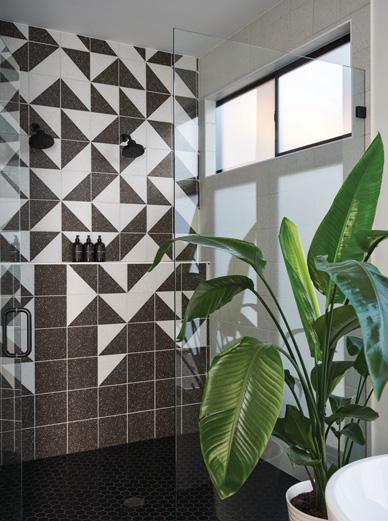

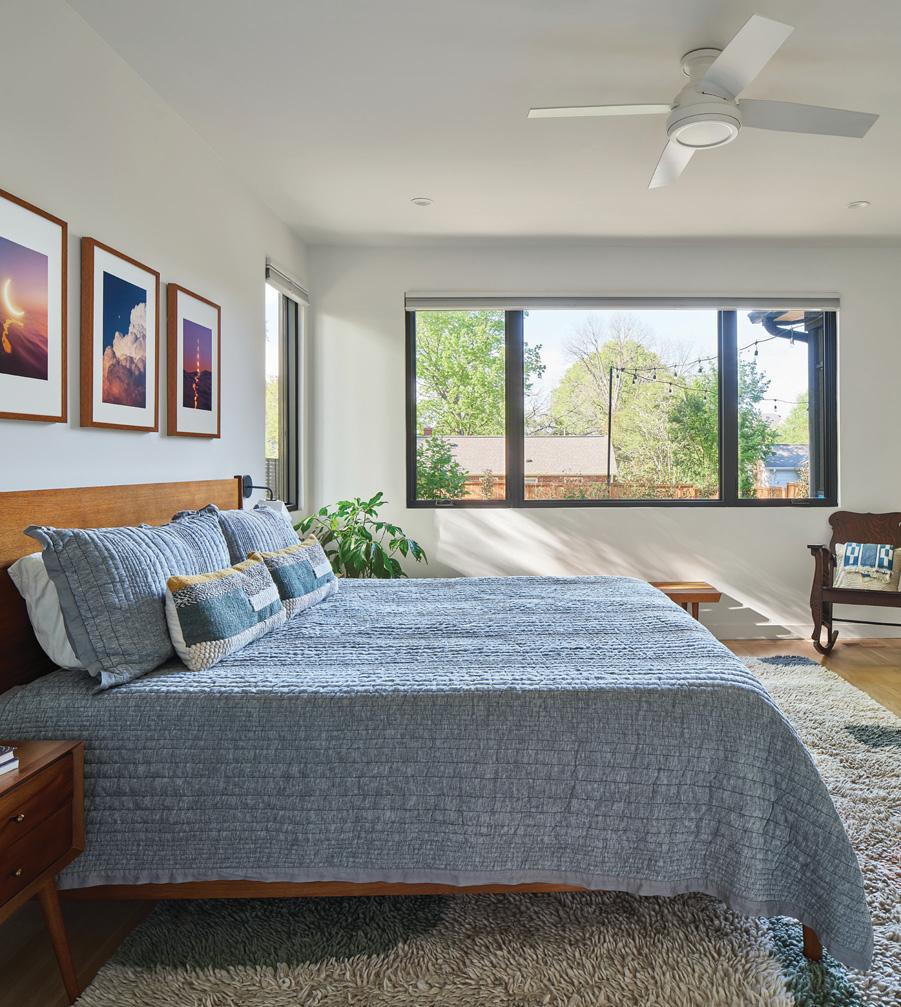
The second story, which is only above the front part of the house, holds two bedrooms, a family room and a bathroom. That’s where James and Rachel’s two sons, Mack and August, reign. “They basically have their own little apartment up there — it’s a nice private place for them to have friends over or chill by themselves,” says James. Agrees Rachel: “They can have sleepovers, or August can practice his drums, and it won’t bother the rest of the house.” In the common area, a built-in bench and table are a space for homework, crafts or games. Broad windows offer a leafy view. “It’s like a treehouse,” Rachel says, “and when the crepe myrtles outside are in bloom, the whole room just glows pink.” The one thing both boys knew they wanted for their rooms were shelves for their treasures. “They are full of 1,000 knickknacks, like Pez dispensers, birthday cards, Micro Machines — all the things that are special and important,” says Rachel. The boys’ dark green bathroom has the only nonwhite walls in the house. “We wanted something that felt masculine, but a little different and bold,” says Rachel.
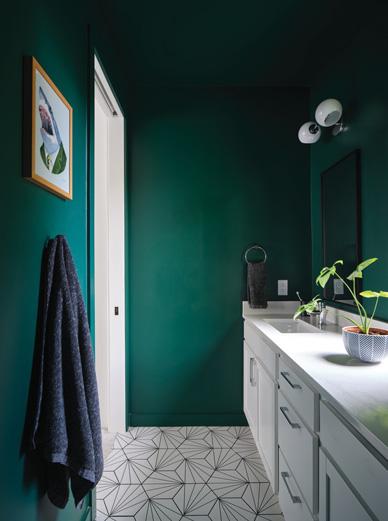
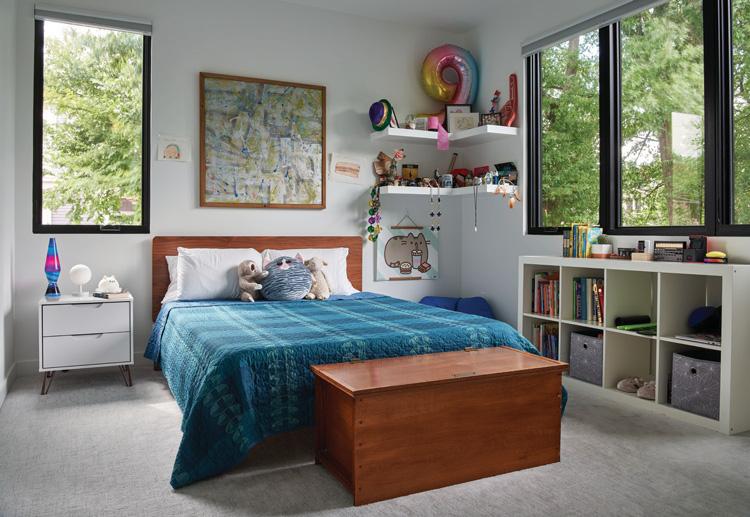


A semi-conditioned porch opens onto the deck, then their large back yard. “We enjoy entertaining, when you can open those doors and can have 75% of the footprint of the house open, it’s so easy for people to move around and interact with each other,” says James. Hammer created the side courtyard to protect a critical root zone. “The mature oak trees add so much to the canopy of the neighborhood and it was important to protect them,” says Rachel, “and I love how it separates the front and back of the house and gives us that extra light and connection to the outdoors.” The doorway here leads to the more-used entrance to the house, complete with a mudroom for kids and adults to drop backpacks and other gear.

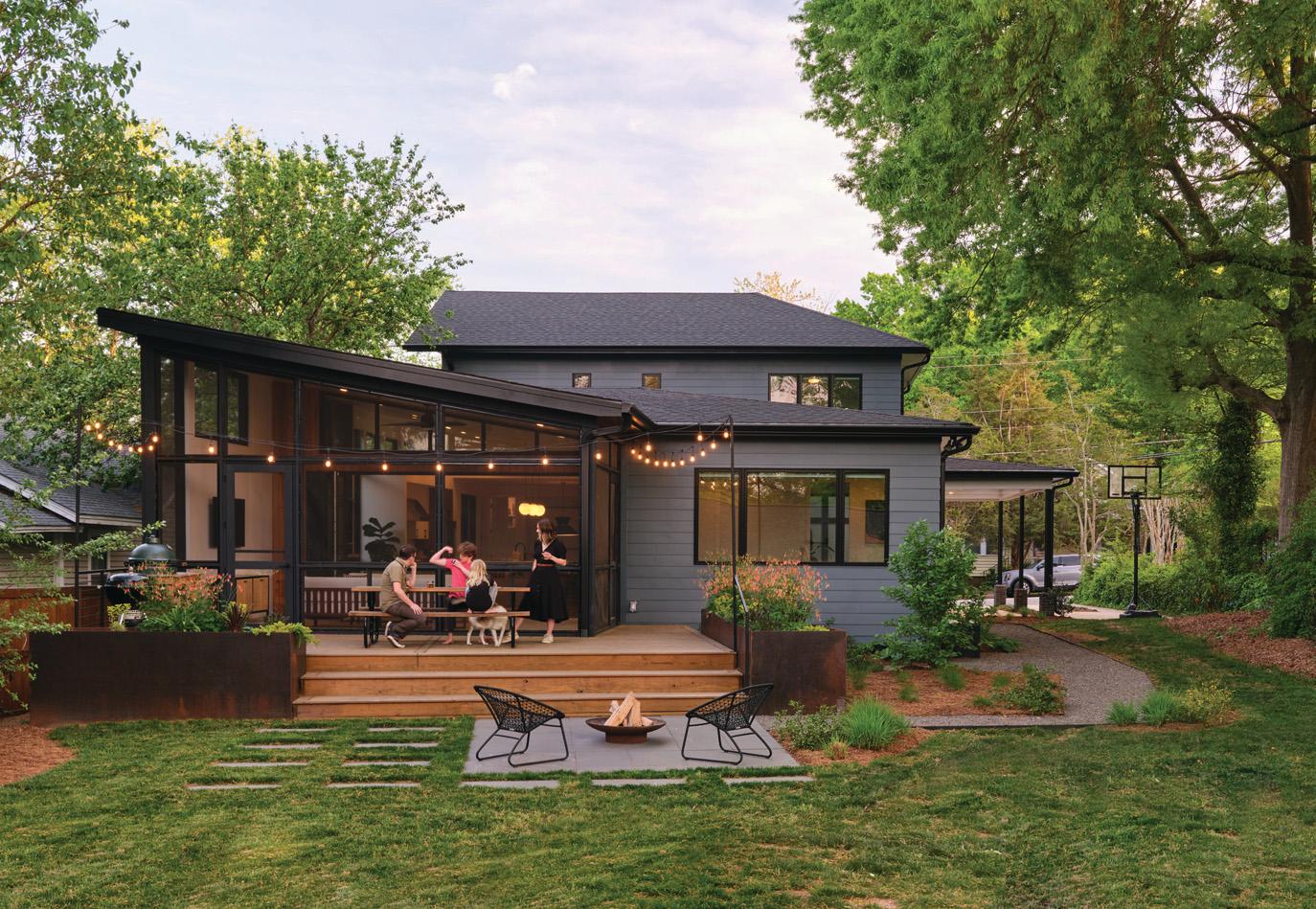
A Raleigh artist fills her small space with personal, curated finds
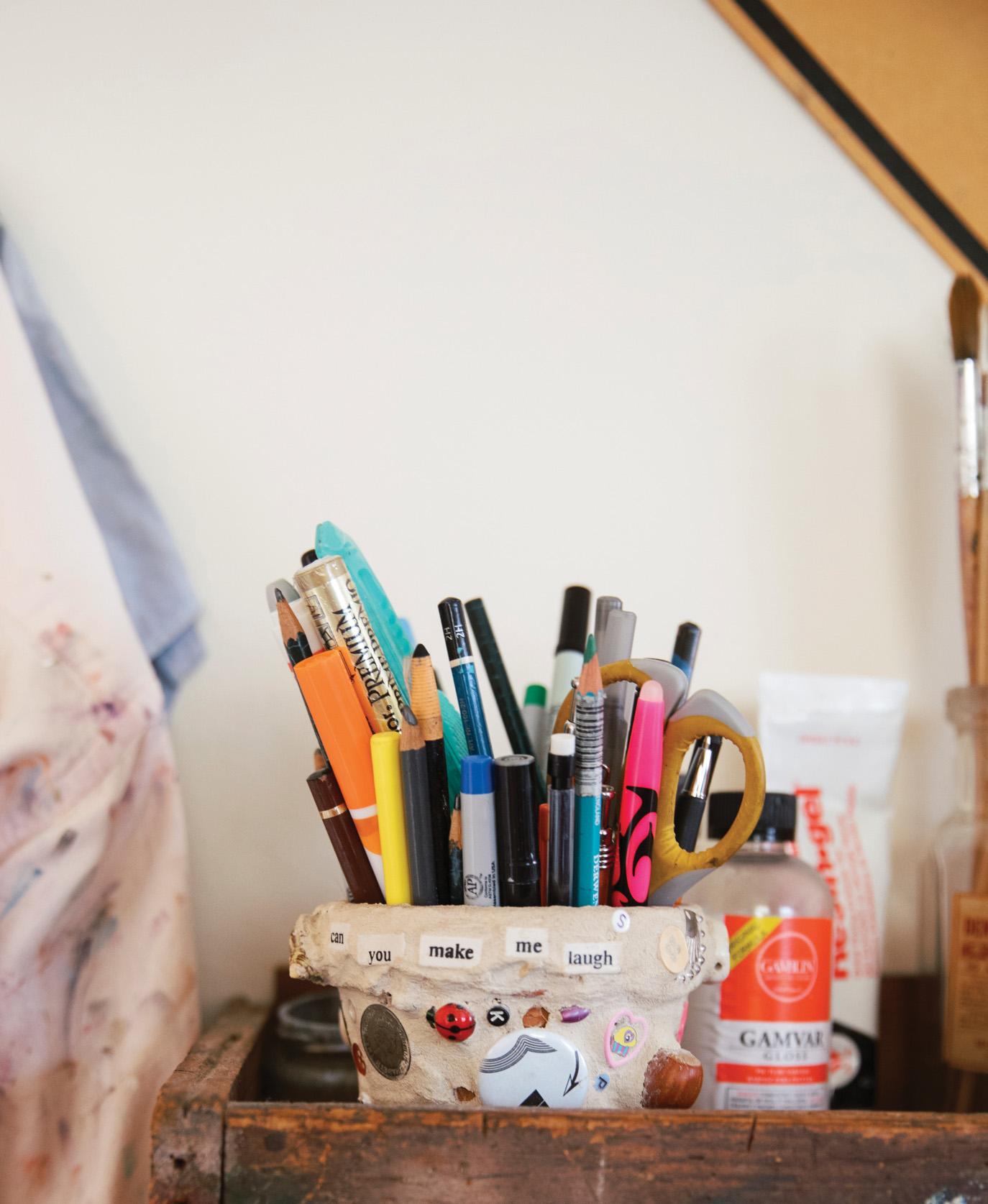


“I’m definitely a maximalist! I want to have inspiration and memories everywhere,” says Megan O’Connor. Known for her commissioned oil portraits and watercolor homes, the painter has filled her apartment with vintage finds and DIY projects, creating comfortable vignettes within her minimal square footage. In one room is an ode to old Westerns in tones of sepia and ochre; in another, citrus hues, postcards and quirky souvenirs combine for a retro-tropical scheme. This is the first time O’Connor has lived by herself, and she was ready for a space to be fully her own. “I’ve had 14 Craigslist roommates and none of them were murderers, but this is much better,” she laughs. “I hope I don’t get so used to it that I can never live with anyone ever
again!” O’Connor has lived all over — a couple places in Virginia, in Maryland, even in Italy during grad school — and landed in Raleigh in 2014.
She moved into this one-bedroom apartment inside a WWII-era building near The Village District two years ago, attracted to its deep window sills, vintage cabinet mirrors and hardwood floors. But she’s always gravitated toward older homes: Before this place, she’d rented in Historic Oakwood, and before that, in another turn-of-the century building in Raleigh. “I liked the fact that this was a little aged,” she says. “I’ve always been a fan of anything old-school. I’m attracted to the character and charm.”

She did make some compromises in her current space, like no dishwasher or central A/C. “When the office manager gave me the tour, the first question was, what can you live without?” she says. But otherwise, it was the perfect space to
On the wall next to the dining table, Megan O’Connor arranged art and found objects in a Wild West theme. “I just love the sort of nostalgic Americana feel,” she says. She included some of her father’s first art purchases when he was a bachelor, a shadow box of mementos from a road trip after college, as well as some of her own work, including a rough draft of a sidewalk mural you can find near Marbles Kids Museum. That one, she says, was inspired by drawings and fonts she saw in her father’s old Boys’ Life magazines — a sort of nature-trail-guide vibe.
make her own.
In the living area, O’Connor created an area for work through her “proudest DIY moment.” Here, she hung a length of copper tubing from the ceiling to hang a curtain to section off her painting area. There, she can work on her art and plan for classes she teaches at art camps, the Pullen Arts Center and the Cary Arts Center. “I wanted to have a dedicated studio space that was a different vibe than the rest of the home, but could be closed off when I wasn’t working,” she says. She also painted her piano and decoupaged its piano bench over a decade ago. “I made this before anyone was buying the things I made,” she says. “Now I’m busy with commissions for paintings, otherwise I’d still be making weird things.” O’Connor made use of existing picture-rail moldings throughout to hang her ever-changing collections of paintings. “I love to just switch it up,” she says.
The kitchen gets a Summer Camp vibe from a wood-burned sign made by her cousin. O’Connor made the wall decorations in her bedroom (above right) out of favorite old t-shirts and embroidery hoops. “I really can’t sew, so this was an easy way to display them,” she says. In her living room (below) O’Connor hosts friends, tossing pillows on the ground if they need more space. She used produce crates found in her grandma’s attic as a TV stand. Her father, whose old ragtime albums are on display, built the bookshelf, and the tapestry was something her uncle brought back after being stationed in India in the military.
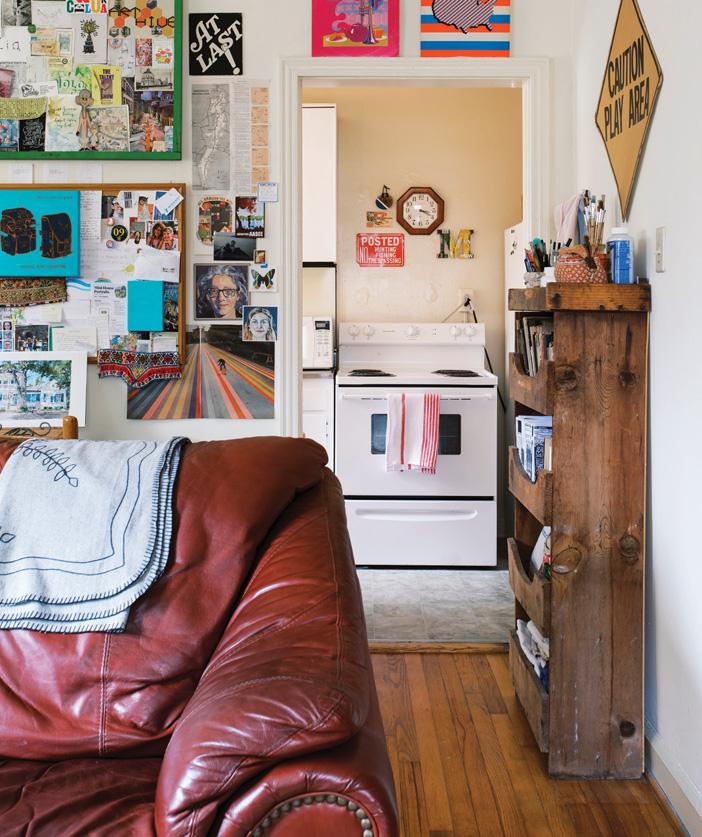
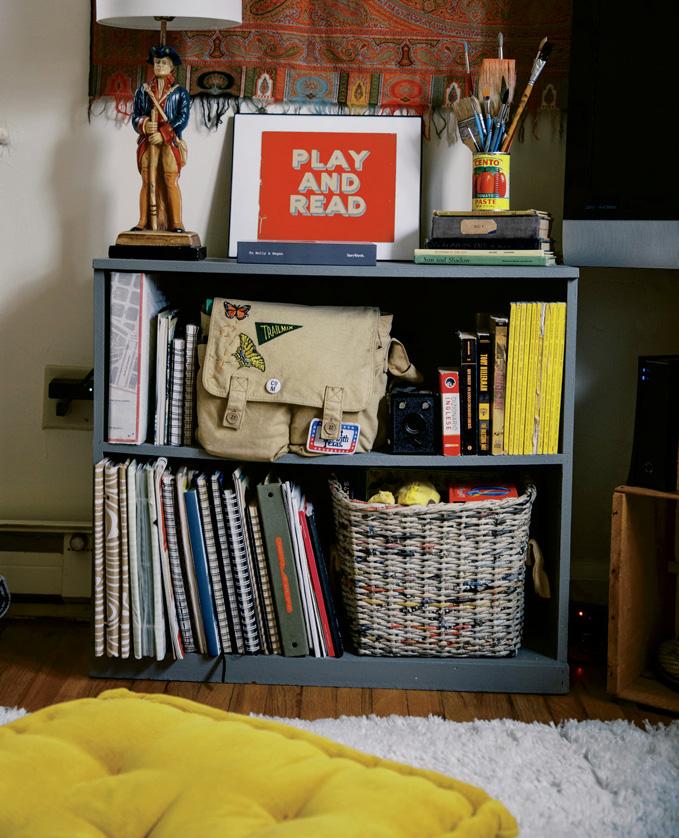

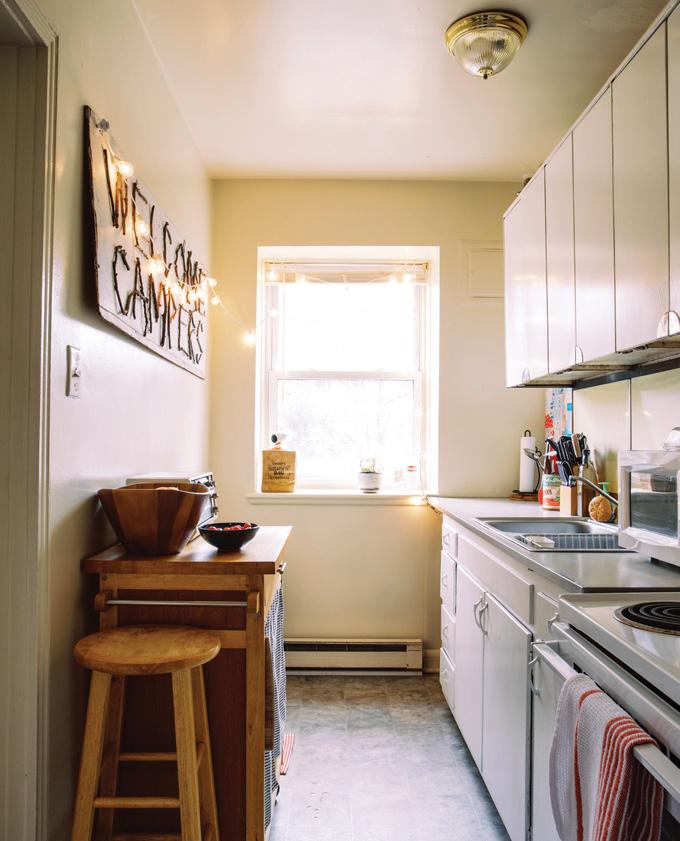
O’Connor painted the stripes on her free-from-Craigslist piano. “I just went for it,” she says. “It was already scarred, so I didn’t mind adding to it.” She covered her bedroom walls in tapestries from her travels. Her mother made the canopy from old sheers. “I like the idea of being really hugged by my environment,” O’Connor says. She adorned her cowboy boots with vintage ribbon to cover holes from years of wear: “I loved them so much I couldn’t throw them away.” In the bathroom, O’Connor painted the walls and decorated with a fun map shower curtain and souvenirs from trips to Hawaii to visit her sister.
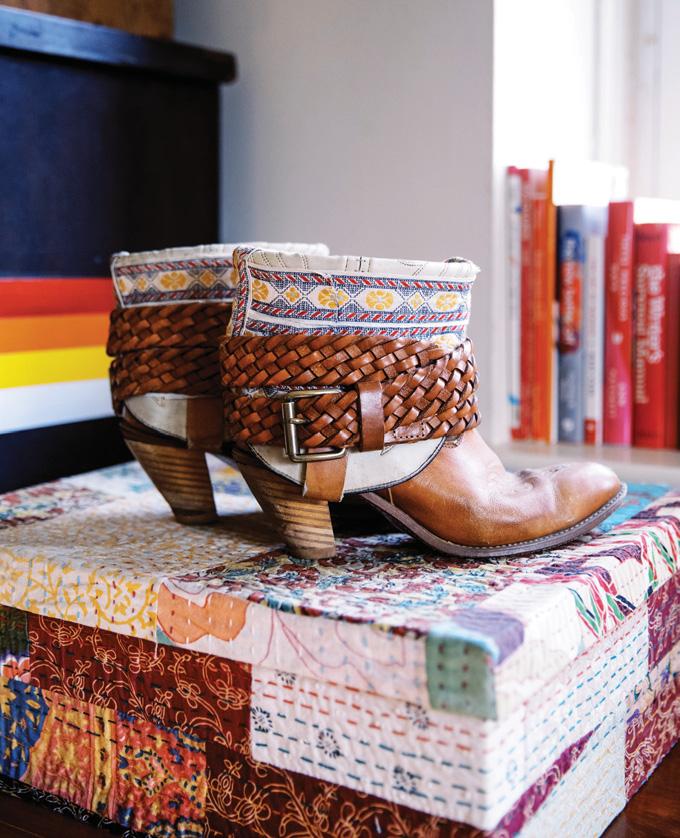
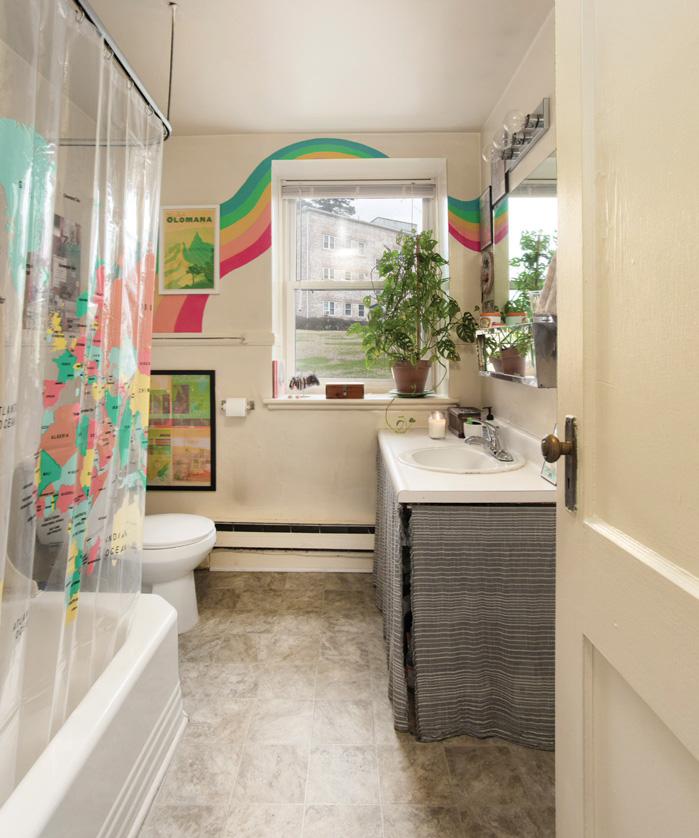

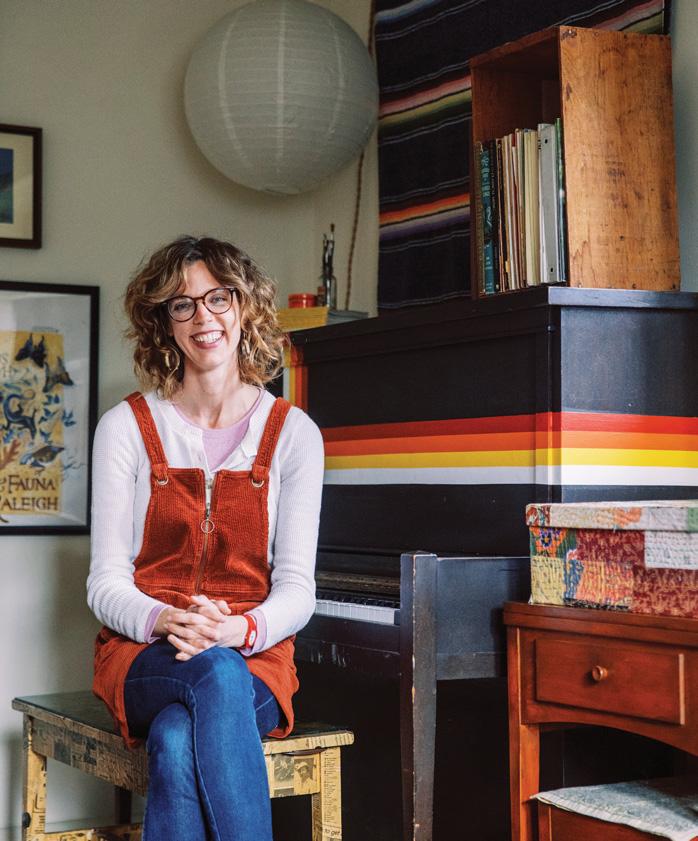
O’Connor uses an antique vanity her grandfather built in her studio space for her oil paintings, which are usually 8-by-10-inch portraits. “They’re really small, and it has a glass top, so I can just scrape the paint off if it spills,” she says. Above the desk, she hangs anything that inspires her, like souvenirs, notes from clients and vintage finds. “I like the feeling of there being a lot going on, like when you work at a cafe and there’s bustle and hubbub,” she says. “But I’m also happy to close it when I need to.”
“I’ll sporadically rearrange the furniture, and as soon as I fill the walls in one space, I’m ready to start in a new space.”
In addition to her painting, O’Connor has turned collecting vintage items into a hobby-slash-side hustle. “I have caches all around the apartment of vintage ephemera and papers,” she says, including the blue filing cabinet in the office area, half of the wardrobe in her bedroom and the trunk in the living room. All of her treasures are filed by color or theme: “The Rugged Explorer,” or “Retro GirlyGirl.” “I just can’t stop making the sets, it’s one of my favorite things to do,” she says. “I gravitate toward those elements of the material culture that are still available to me.” Some of the collections make
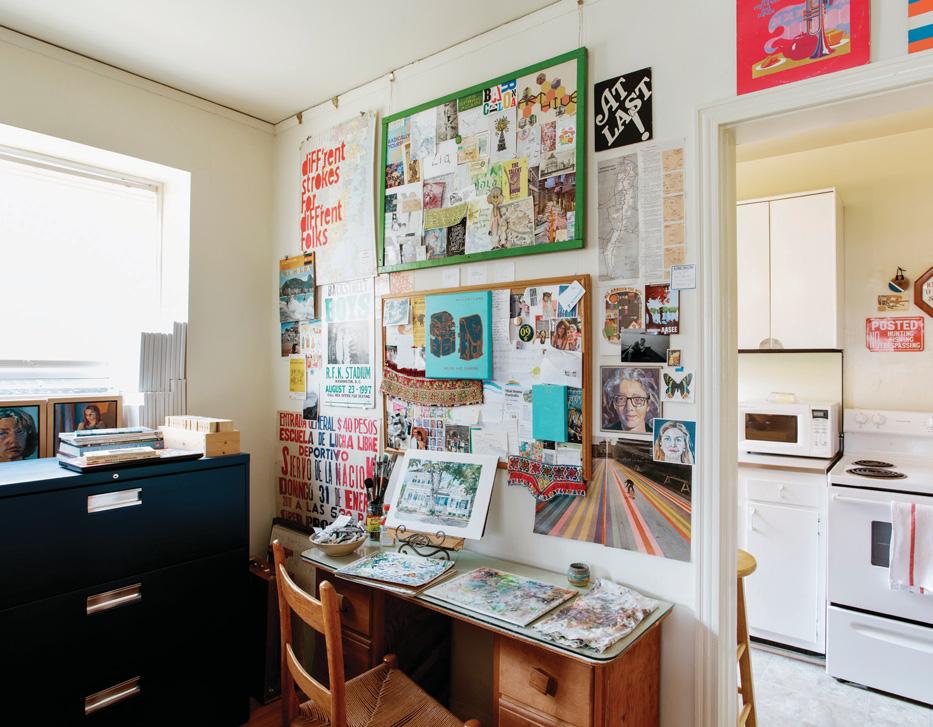
it onto her walls, and others end up being sold through her Etsy shop. “When I have favorites, I’ll pull them out and put them on the bulletin board,” she says. Throughout the home, she furnishes spaces with a mix of passed-down pieces and vintage finds — everything has a provenance. “A huge passion is retro and vintage decor,” says O’Connor. The trunk in the living room was her father’s when he was in the Boy Scouts, adorned with bumper stickers he collected in the 1960s; her decorations include a typewriter that belonged to her grandfather and a window ledge full of seashells her mother collected (“She is obsessed with collecting shells!” laughs O’Connor). The bureau in her bedroom is from
the late 1800s, a wedding gift her German ancestors brought with them when they immigrated to the United States. She even has an “Italy corner” of one wall with mementos from her time there.
Just as she likes to group her vintage finds by theme, each space tends to have a specific point of view: she curated a Wild West theme above the dining table, her bedroom is a “Bohemian Caravan” and the kitchen has a loose summer camp theme. Though, she laughs: “I guess there’s no theme in the living room, just warm vintage things.”
Recently, O’Connor has started using collage in some of her artwork, combining found items and paint in a practice that, much like decorating her home, is always organic and always evolving: “It’s part and parcel with my creative impetus, my drive to make things and put things together that I find beautiful and meaningful.”
“As soon as I fill the walls in one space, I’m ready to start in a new space.”
— Megan O’Connor
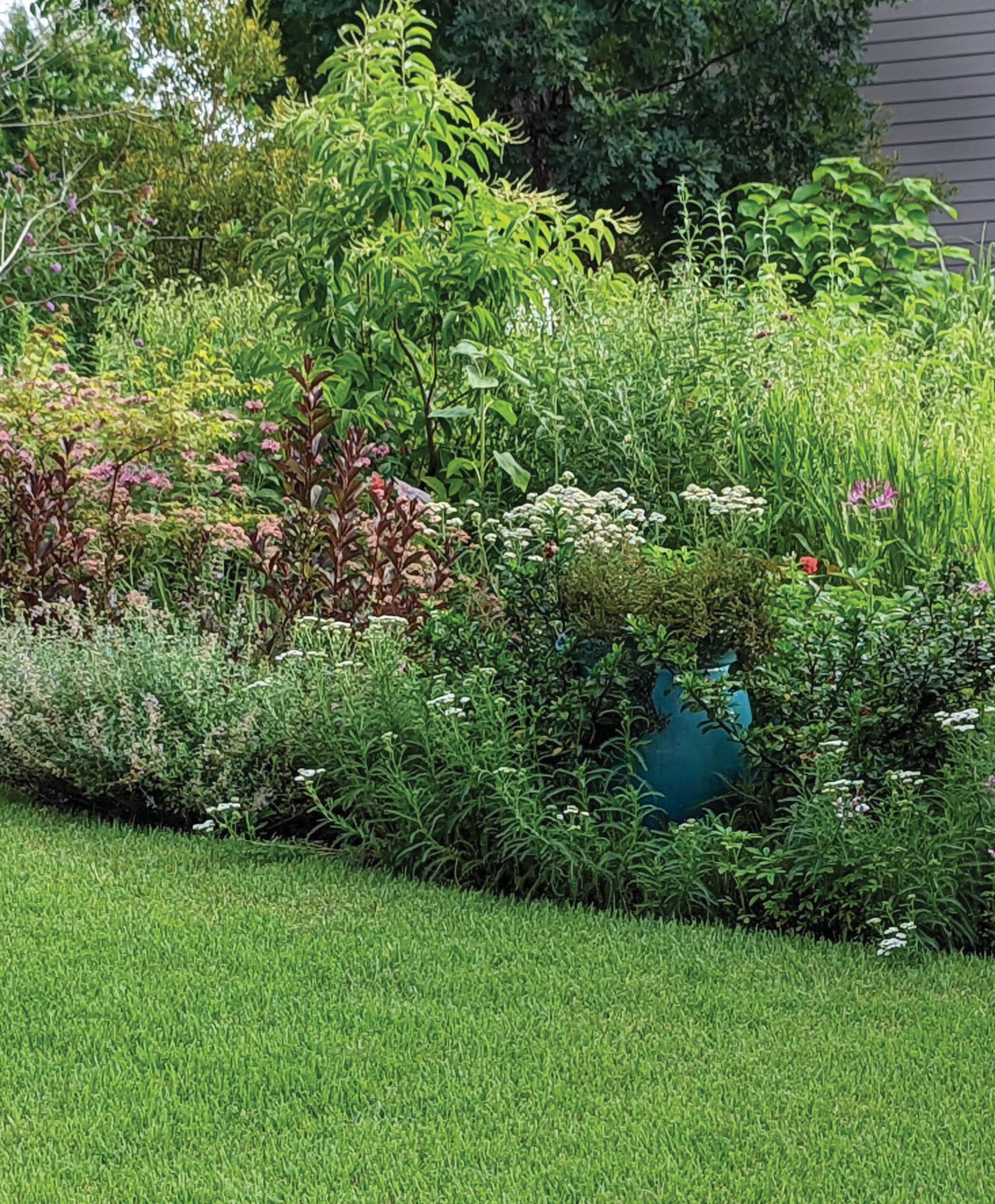

This couple’s love of gardening extends beyond their flower-lined borders
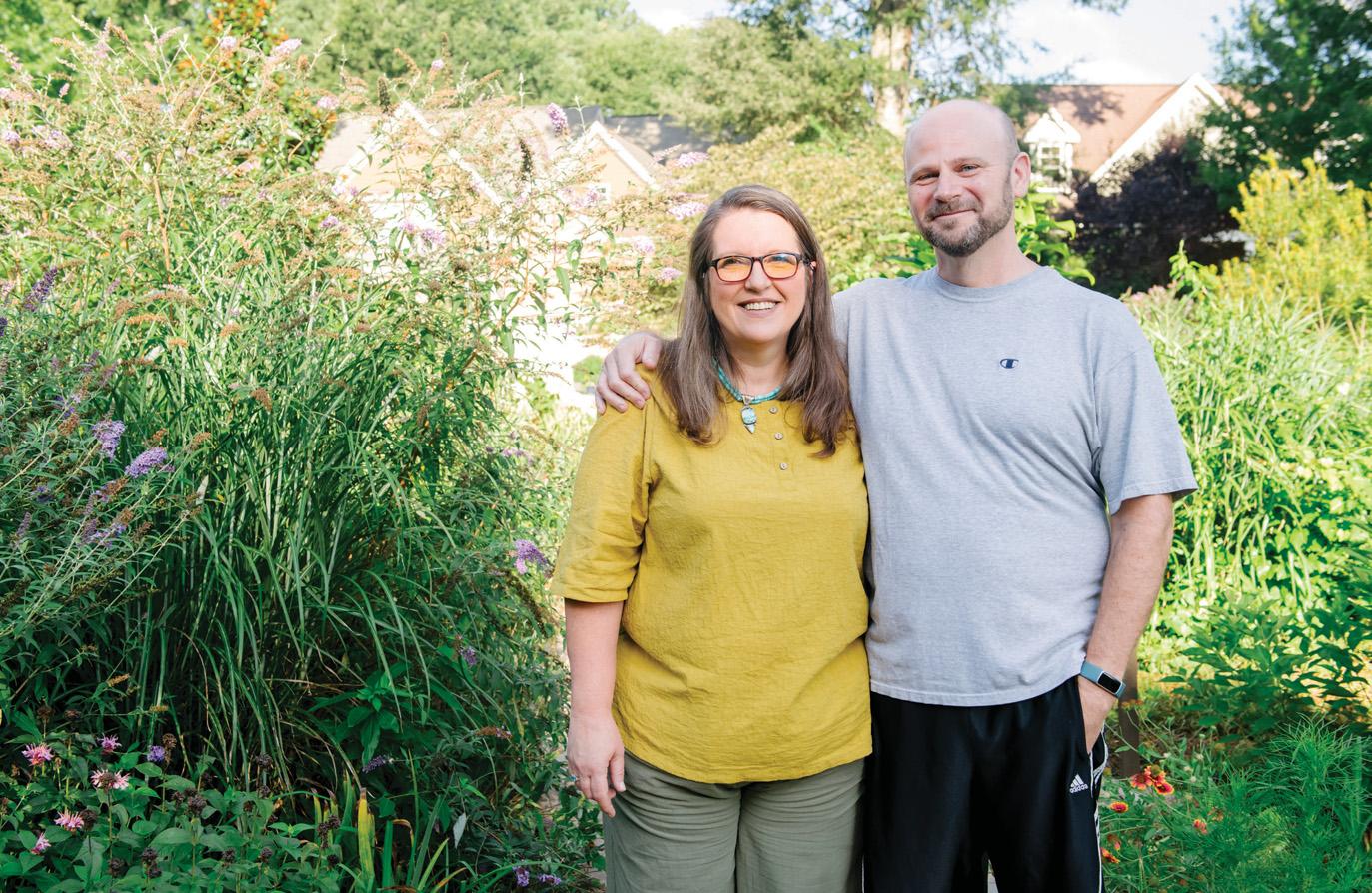
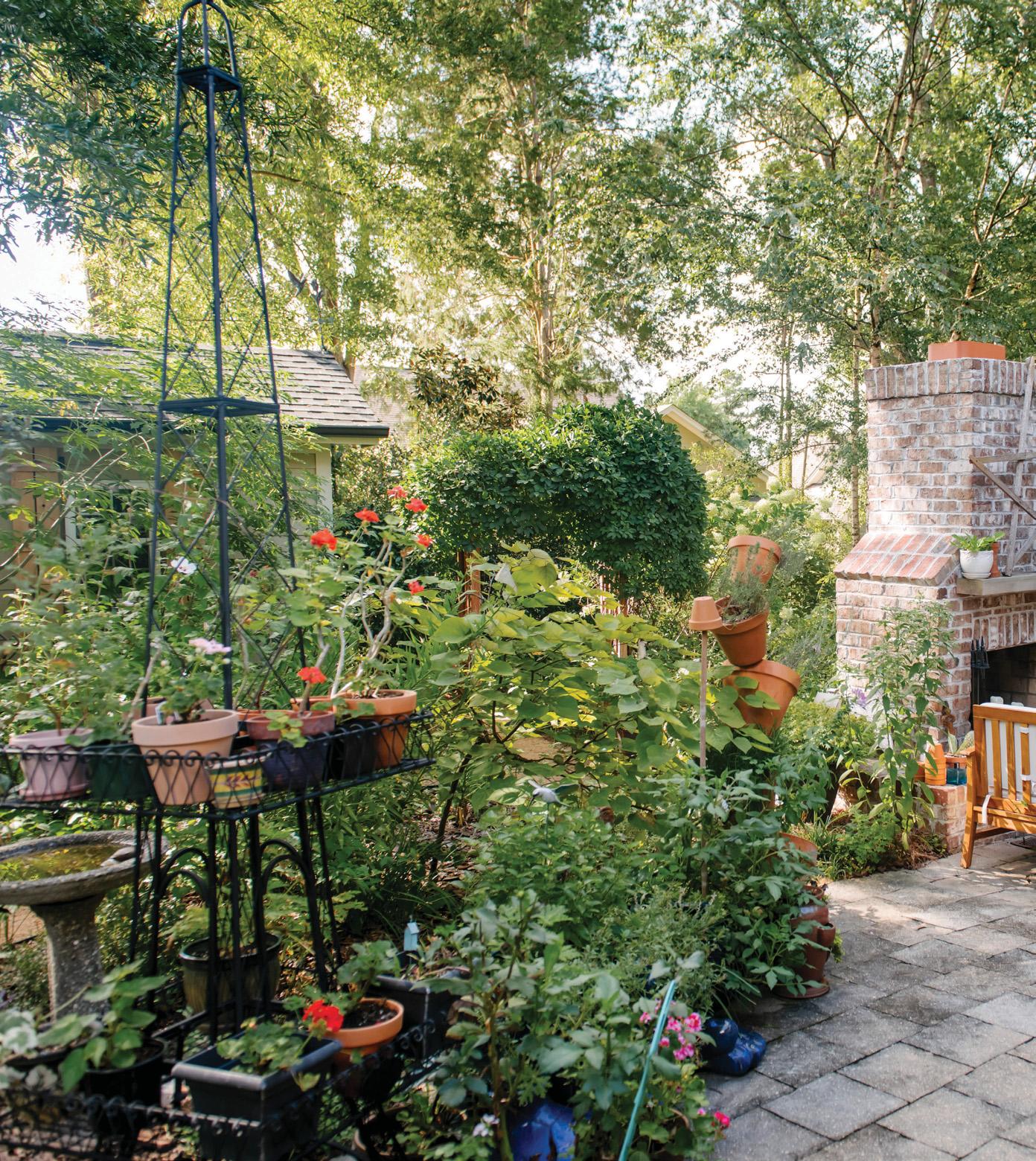
Within the charming neighborhood of Majestic Oaks in Wake Forest, you’ll meet an equally charming couple, Karen Stratton-Guy and her husband, David Guy. They share a love of gardening and creating. Within their quarter-acre lot, they’ve spent a dozen years developing a sanctuary with several “rooms,” where one can wander about and enjoy different spaces. Their sunny front yard is full of pollinator plants that welcome various butterfly and bee species; the back garden is a shady oasis with a fireplace as its cozy centerpiece. “It’s a space for relaxing, gathering with family and friends and just the joy of gardening,” says Karen. “In spring, when the trees leaf out, you don’t see any of the neighboring houses, and all you hear is the sound of the fountain, birdsong and frogs. It’s all so blissful.”
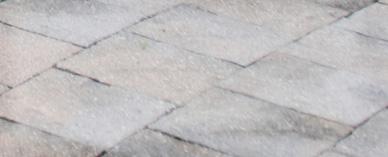
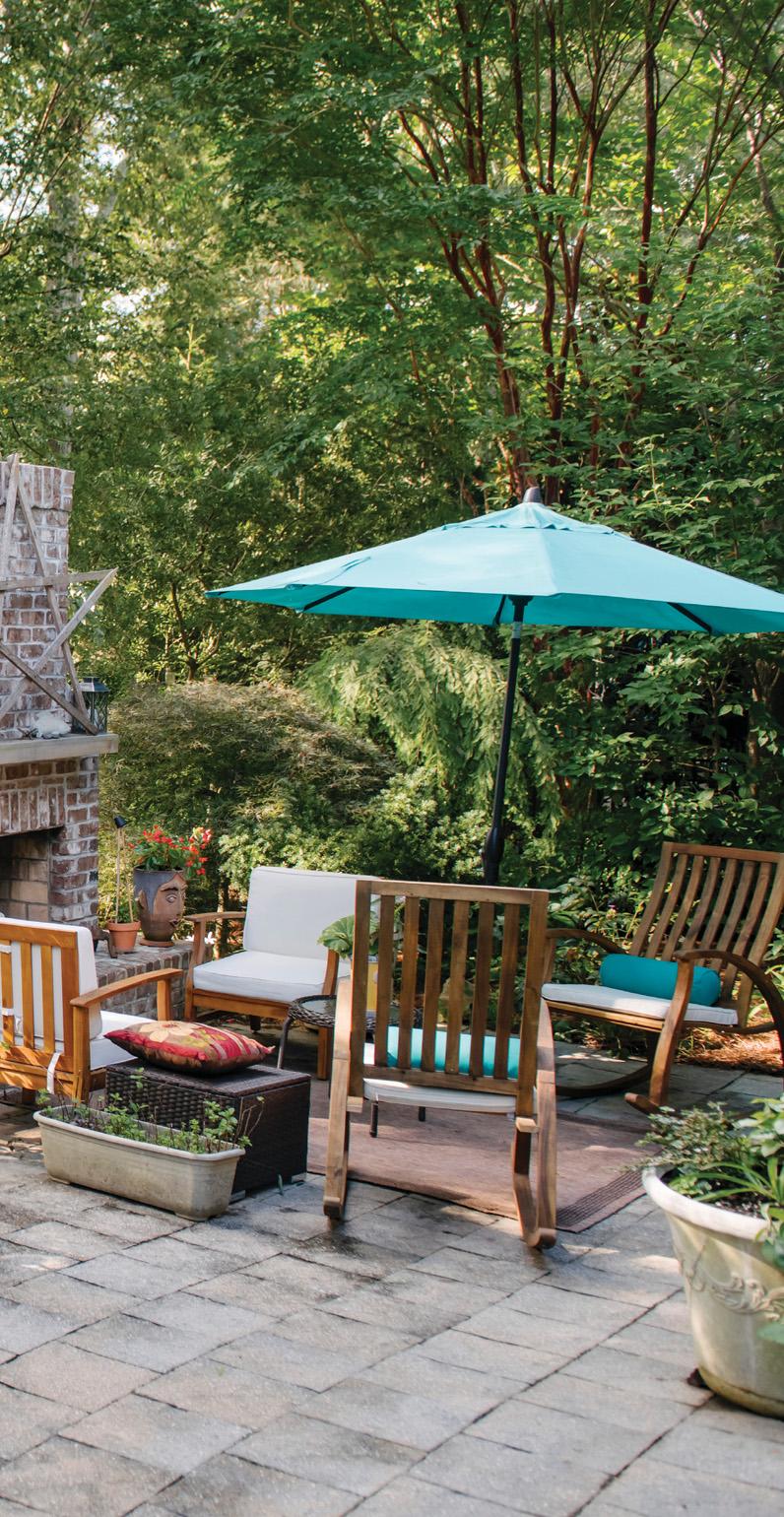
Walking through the garden, you’ll find many trees, the largest of which are native oaks of various species, including willow oak and white oak. Under their broad canopy are a variety of understory trees, both native and introduced. “We have a native bald cypress, dogwood, redbud, river birch, sweet gum and a wax myrtle,” says Karen. She and David have also added Japanese maples, crepe myrtle, arborvitae, ginkgo, flowering cherry and mulberry for more diversity.
As every gardener knows, a garden is never finished — the couple fights a constant battle with invasive plants like English ivy, Japanese honeysuckle and the tree of heaven. “Because we have lots of wildlife dropping seed, it’s a process, and we always prioritize what needs to be removed first,” says Karen.
Their gardening practice extends beyond their garden: They’ve become de facto caretakers for a natural area next door. When the neighborhood was developed, this 0.29-acre plot was designated as a Tree-Save Lot. Sadly, the trees were not protected as directed, and severed roots from construction affected the tree’s health. “We had
arborists evaluate the trees regularly, but one by one, three large willow oaks failed,” Karen says. “There is now one remaining white oak tree.”
After construction, the developer turned the lot over to the homeowners, who decided to turn the area into a community garden. Along with their neighbors, the couple has planted new oak trees, including Overcup oaks, and they are doing well.

The lot is mostly sunny, and the garden areas continue expanding. From the first daffodil bulbs planted in 2010, the Guys sowed seeds and brought divisions from their garden. Since then, it has been a gradual process of planting and hardscaping. “We created a path and a patio with mulch
and salvaged stone at first,” Karen says. “Today, we have a brick-paved path and patio, two benches and a picnic table, and those original salvaged stones have been repurposed as an
edge along the sidewalk to hold back the mulch.” Karen also hired a local carpenter to build a seed library, a box much like the popular book-lending libraries, but with seeds to take or leave instead.
Today, the lovingly nurtured garden is actively engaged by neighbors young and old. As you walk the path, you will find a dozen or so pretty painted rocks; these rocks move around, and new ones randomly appear — evidence that tiny hands have been working in the earth, and enjoying the greenery. “Neighbors have told me they enjoy visiting with their children or grandchildren,” says Karen. “I’ve overheard many children excited about the butterflies.”
“When the trees leaf out, you don’t see any of the neighboring houses, and all you hear is the sound of the fountain, birdsong and frogs. It’s all so blissful.”
– Karen Stratton-Guy
The back entrance gate beckons visitors to come within the Guys’ garden. In the community garden, wild bergamot, cleome and white garden phlox dominate the bed. Karen had the idea for a community seed library for gardeners to share their bounty. Opposite page: The tool shed is framed by a crossvine; on the left, evergreen star jasmine is brightened by light reflected from the white flowering Limelight hydrangea. Throughout the shade garden, the Guys used white flowers and variegated foliage for added brightness.
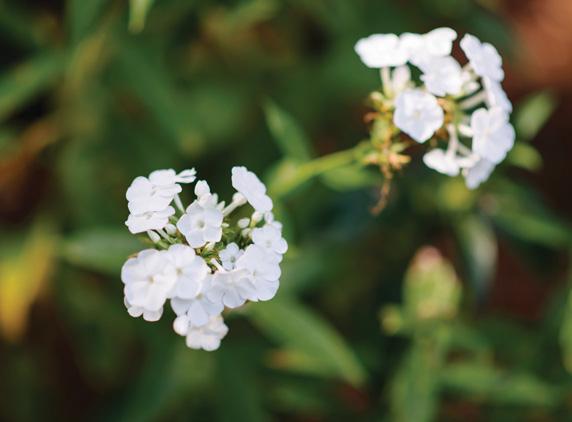

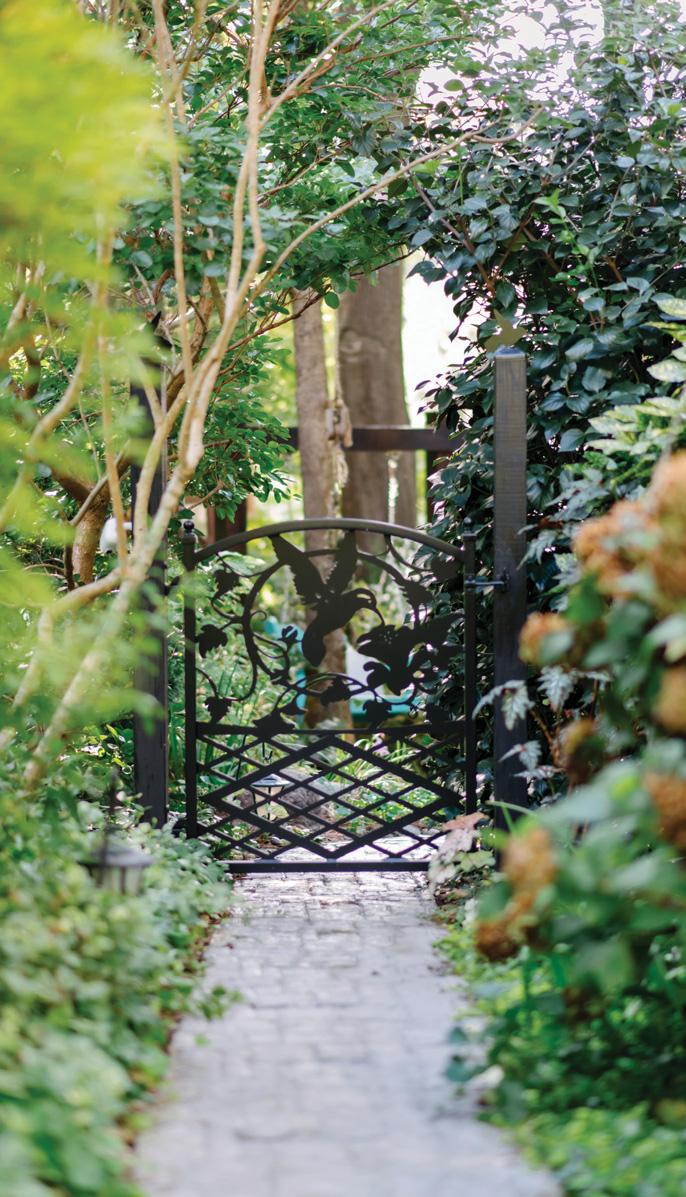
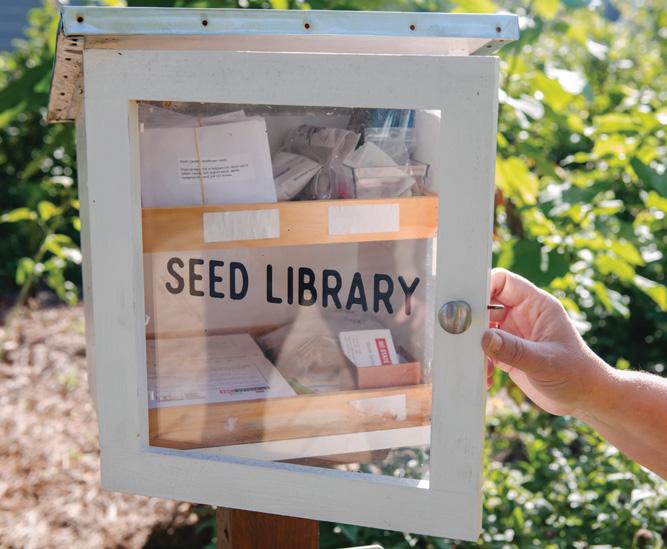


“It’s bloody
- Sir Walter RaleighBryan Regan
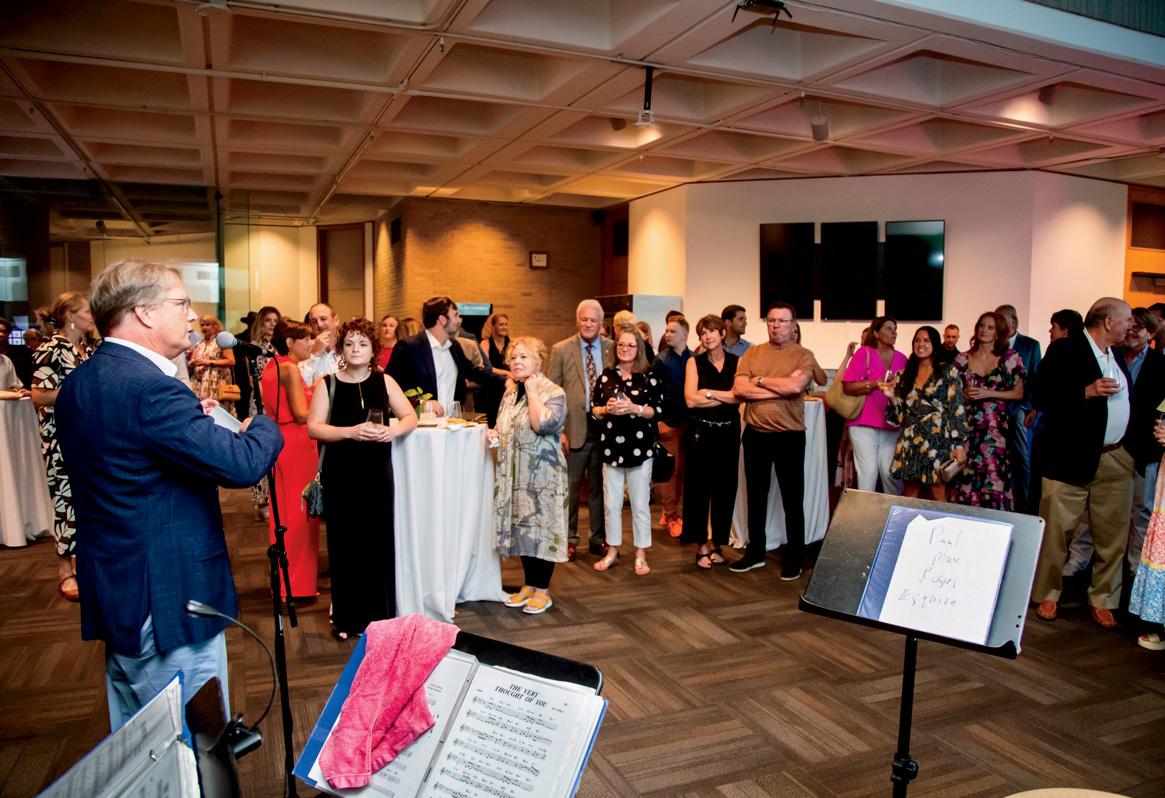
Women make up 50% of our workforce at Bank of America. We proudly continue to recruit and invest in helping women succeed within our organization. Outside, we support the economic empowerment of women in our communities and all around the world.

We believe that achieving strong operating results — the right way — starts with our teammates, and we know we must reflect the diversity of the clients and communities we serve. We offer a range of development programs for female leaders who show potential as future business and C-level executives, including our Women’s Executive Development Program, to engage, develop, retain and support the career advancement of high potential talent.
Our ongoing work to invest in women means supporting women business owners and putting into action the belief that female entrepreneurs are fundamental to driving strong, healthy economies.
Through our partnerships with Vital Voices, the Tory Burch Foundation, the Cherie Blair Foundation, Cornell University and Kiva, we’ve helped 75,000 women from more than 85 countries grow their businesses.
To learn more, visit our Empowering Women page at bankofamerica.com/women.
Happy birthday to WALTER! The September 2022 issue of WALTER marked the 10-year anniversary of the magazine, which was first published in September 2012. To celebrate, we gathered current and former staff, contributing photographers and writers, advertisers and other supporters of WALTER for a rousing party at the North Carolina Museum of Art.

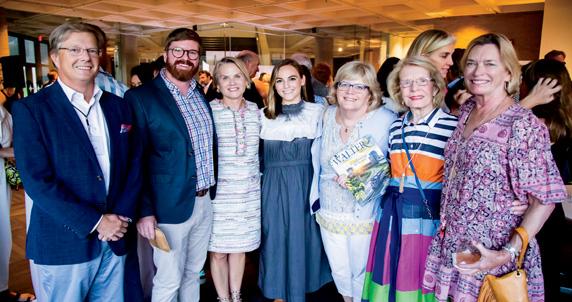
At the event, WALTER publisher David Woronoff and editor Ayn-Monique Klahre shared thanks for the many people who have helped our publication
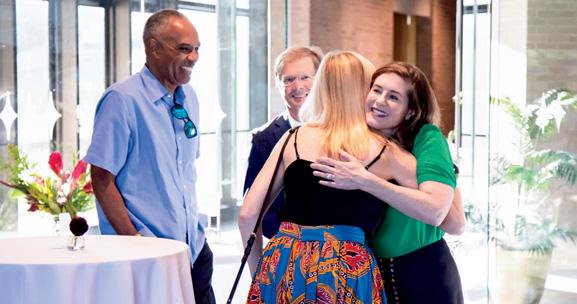
reach this milestone. On hand were founding editor Liza Roberts and founding creative director Jesma Reynolds, who first concepted the magazine in 2012.
As the sun set over the Museum Park, we enjoyed beverages from Westgate Wine, Trophy Brewing, R&D Brewing, Raleigh Brewing and Lonerider Spirits. Catering Works provided the delicious food, Alphagraphics made our cool signage, Glas made our glowing logo, and TapSnap provided the fun photo booth. Peter Lamb & The Wolves kept us going from our chill cocktails to the late-night dance party.



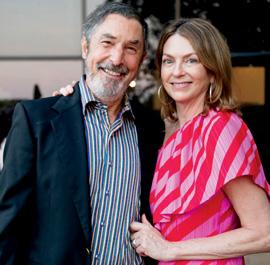
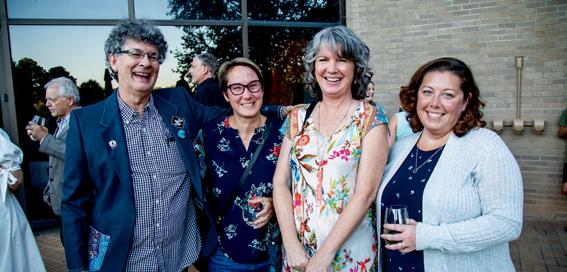

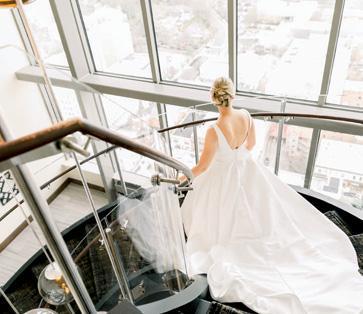
This is where Raleigh happens. Vibrant energy meets classic Carolina style at City Club Raleigh, the city’s go-to destination for high-tech business amenities, outstanding personalized service and world-class fun. This is the place where industry, professional and civic leaders gather in the states capital for meaningful business connections and vibrant social activity.
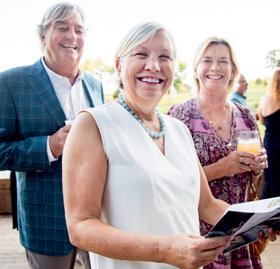
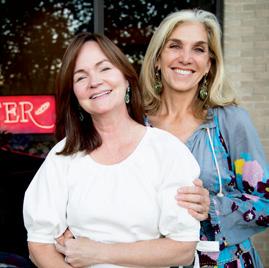



Holiday Festival Dec 2 - 4



Candlelight, Carols & Cocktails is for Grown Ups: Light up the season with a casual and comfortable evening gettogether. Friday, Dec. 2, 5 pm. $50 Members • $60 Non-Members

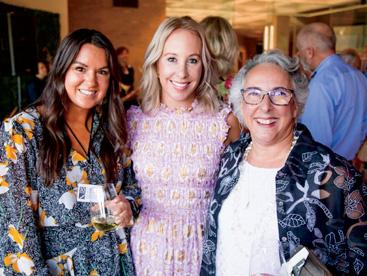
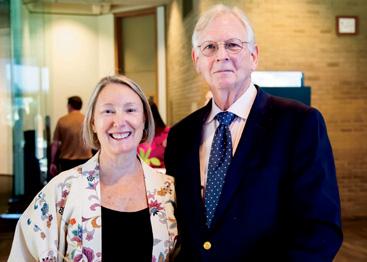

Outdoor Wonderfest & Market is for the Whole Family to go Walkin’ in a Weymouth Wonderland. Our grounds will be a holiday family funderland featuring: local vendors and artisans; Weymouth’s own Holiday Shoppe; food from some of our area’s popular food trucks; wandering minstrels and choristers; Santa and Mrs. Claus in their magical toy shop. And more!

Saturday, Dec 3, 10-4 pm. Entry fee of any $ donation
Teddy Bear Tea is For Kids ages 3-10, to enjoy an activitypacked event, with an adult by their side. All are welcome to bring their favorite teddy bear for an afternoon filled with fun!
Sunday, Dec. 4, two seatings 1 or 3:30 pm. $25 per child, $30 per adult
For tickets visit: weymouthcenter.org
To receive 5% off, use promo code: DTWA
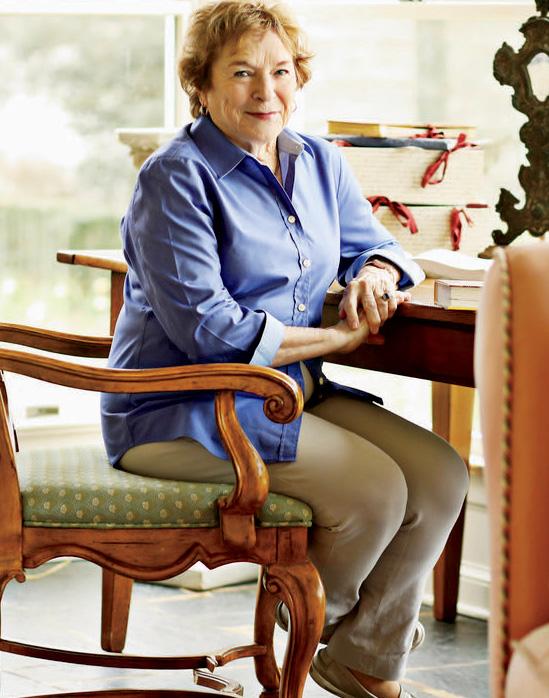

PRESENTING SPONSOR


WEDNESDAY, NOVEMBER 9


WHITAKER & ATLANTIC 1053 E Whitaker Mill Rd STE 111
SUPPORTING SPONSORS
Celebrate New York Times bestselling author Frances Mayes and her latest work, A Place in the World: Finding the Meaning of Home. Over wine and heavy hors d’oeuvres guests will hear stories from Mayes’ travel through the United States to Italy, Nicaragua, Mexico, Capri and more!
SCAN HERE FOR TICKETS!

 The New York Times Bestselling Author of Under the Tuscan Sun
The New York Times Bestselling Author of Under the Tuscan Sun


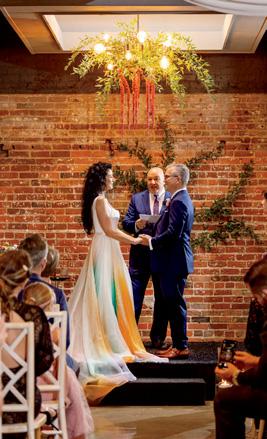


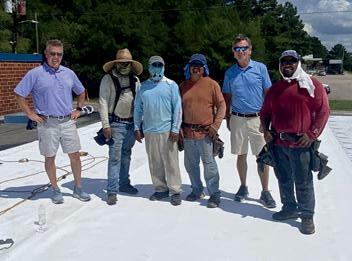
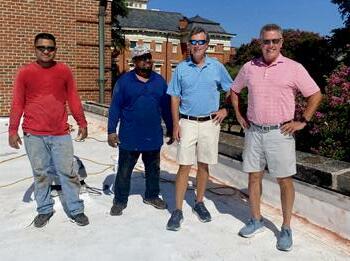
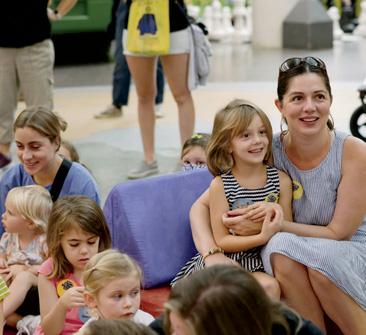

On Aug. 20, Marbles Kids Museum held its annual Kick-Off to Kindergarten event presented by NC 529 with support from the Wake County Public School System. Kick-Off to Kindergarten is for year-round and traditional kindergartners and their families to celebrate and make the milestone of going to school memorable.





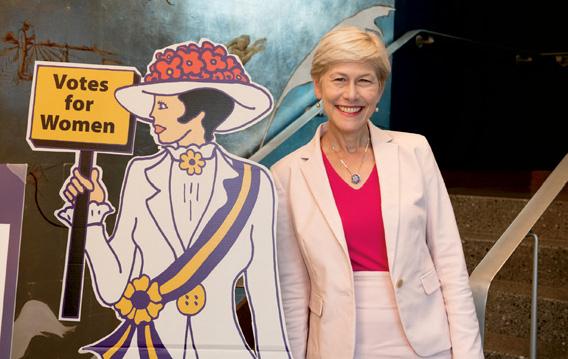


On Aug. 18, the nonpartisan League of Women Voters of Wake County celebrated Women’s Equality Day, the anniversary of the 19th amendment, with an event for female candidates at Dix Chapel. Dix Park Conservancy CEO & president Janet Cowell was the keynote speaker. In addition, members of Girl Scout Troop 1106 read the Governor’s Women's Equality Day proclamation.
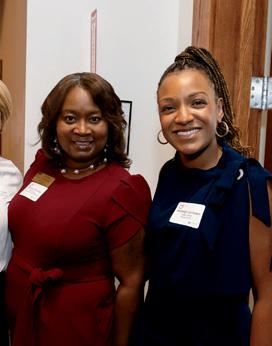






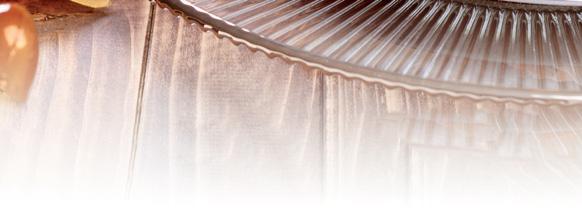

On July 29, Triangle Wine & Food Experience culinary curator Ashley Christensen teamed up with two of her friends, celebrity chef Aarón Sánchez and Maria Helm Sinskey. They prepared a dazzling meal, paired with wines from Robert Sinskey Vineyards, at the home of Eliza Kraft Olander and Brian McHenry to fundraise for the Frankie Lemmon School.



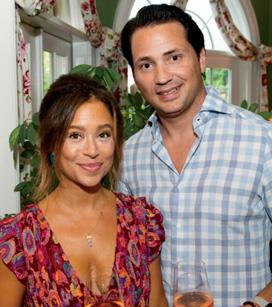
1-2, 7-9, 14-16




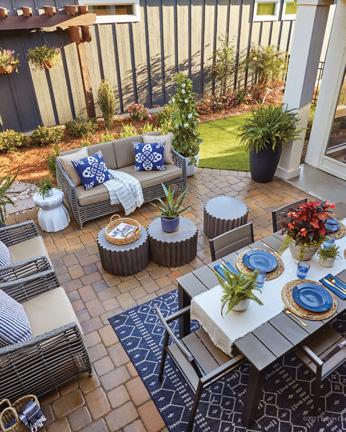



















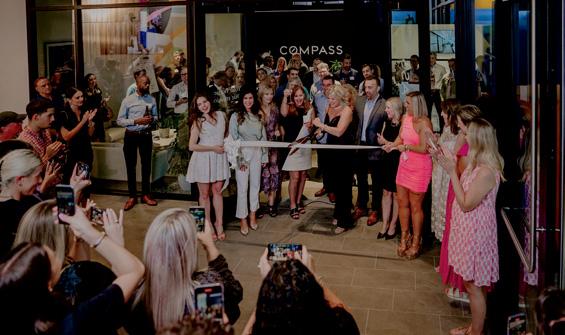
Compass Inc. opened its first permanent office in Midtown Raleigh on Aug. 25th, one year after expanding into North Carolina. More than 300 guests joined for a ribbon-cutting, champagne toast and tours of the new space. Founding North Carolina agents in attendance included David Worters, Debbie Van Horn, Johnny Chappell, Linda Trevor, Margaret Struble and Gretchen Coley.

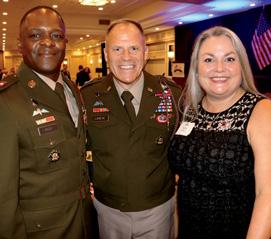
On Aug. 27, the Patriot Foundation hosted its annual weekend of golf, an awards ceremony and dinner gala. The event, which took place at Pinehurst Resort, celebrates active and retired military as well as the supporters whose donations provide scholarships for both Gold Star families and students with family members who were wounded or became ill while serving our country.

2603 Glenwood Ave. #107 Raleigh, NC 27608 919-886-0133



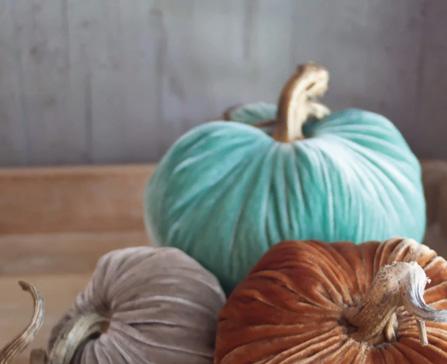

1805 Pembroke Rd. Greensboro, NC 27408 336-271-4767
Follow us on Instagram: @dresscodestyleraleigh

Take
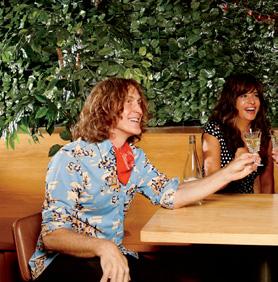
See
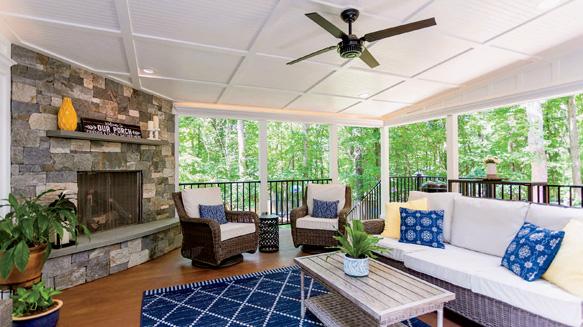














476








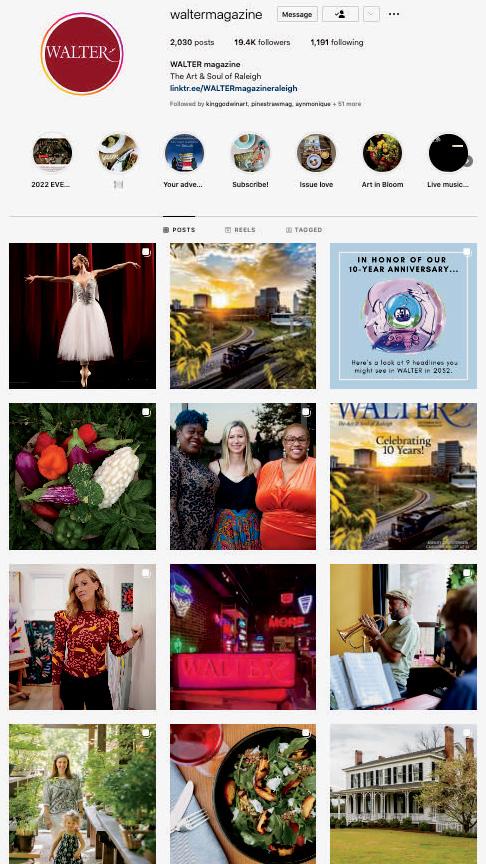





October 8th , 2022 • 2:30 pm at Owens Auditorium at Sandhills Community College


Nikki R. Haley served as United States Ambassador to the United Nations from 2017 through 2019. She previously served as Governor of South Carolina from 2011 to 2017. She and her husband, Michael, an entrepreneur and combat veteran in the South Carolina Army National Guard, have two children.
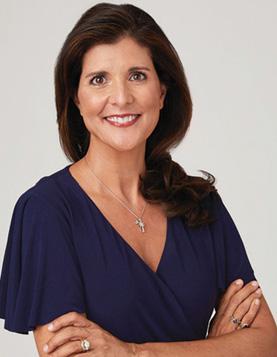
From the New York Times bestselling author of WITH ALL DUE RESPECT, Nikki Haley’s sharply intimate and inspirational book celebrates the world’s most iconic women leaders. Woven with stories from Haley’s own childhood and political career, If You Want Something Done will inspire the next generation of leaders.
The ticket includes admission to Ambassador Nikki Haley’s talk with The Country Bookshop and a copy of Nikki Haley’s most recent book If You Want Something Done: Leadership Lessons From Bold Women. The book will include a signed bookplate. Visit
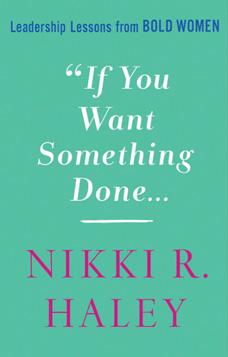
We like to socialize. Follow along and don’t miss a thing.
Need some Halloween inspiration? Consider these Raleigh landmarks. costumes created by LAURA PETRIDES WALL photography by BRYAN REGAN
This graffitied space underneath the train tracks on North Carolina State University’s campus is a favorite for selfies — but why go there, when you can just wear it?

Thomas Sayre’s 1999 installation at the North Carolina Museum of Art’s park is so well-known, it’s now part of the museum’s logo. And we’re into immersive art.
Eyesore or icon? As the real estate debate rages on about the Hillsborough Street building, perhaps it would be best if we just let the trick-or-treaters decide.

Perhaps this past summer, you felt the euphoria of being one with the field at Dorothea Dix Park during a golden hour photo shoot. Recapture it with this costume.


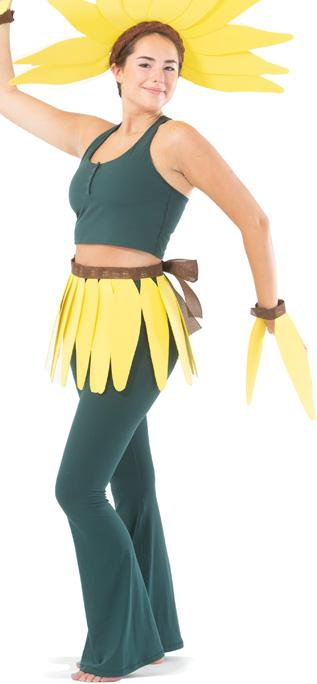











It’s feeling the pulse of the next level o of cardiac care and wellness. It ’s seeing possibilities where others see roadblocks. Pioneering new minimally invasive procedures and robotic-assisted surgeries. Transforming theor y into curative strategies. Even more than that, however,it ’s passion, compassion, th however, its assion, com All joining experience, exper tise and technology. novation forces to create a special place where in saves lives. Visit us at ear ts. wakemed.org/h

Your heart. Your choice.
